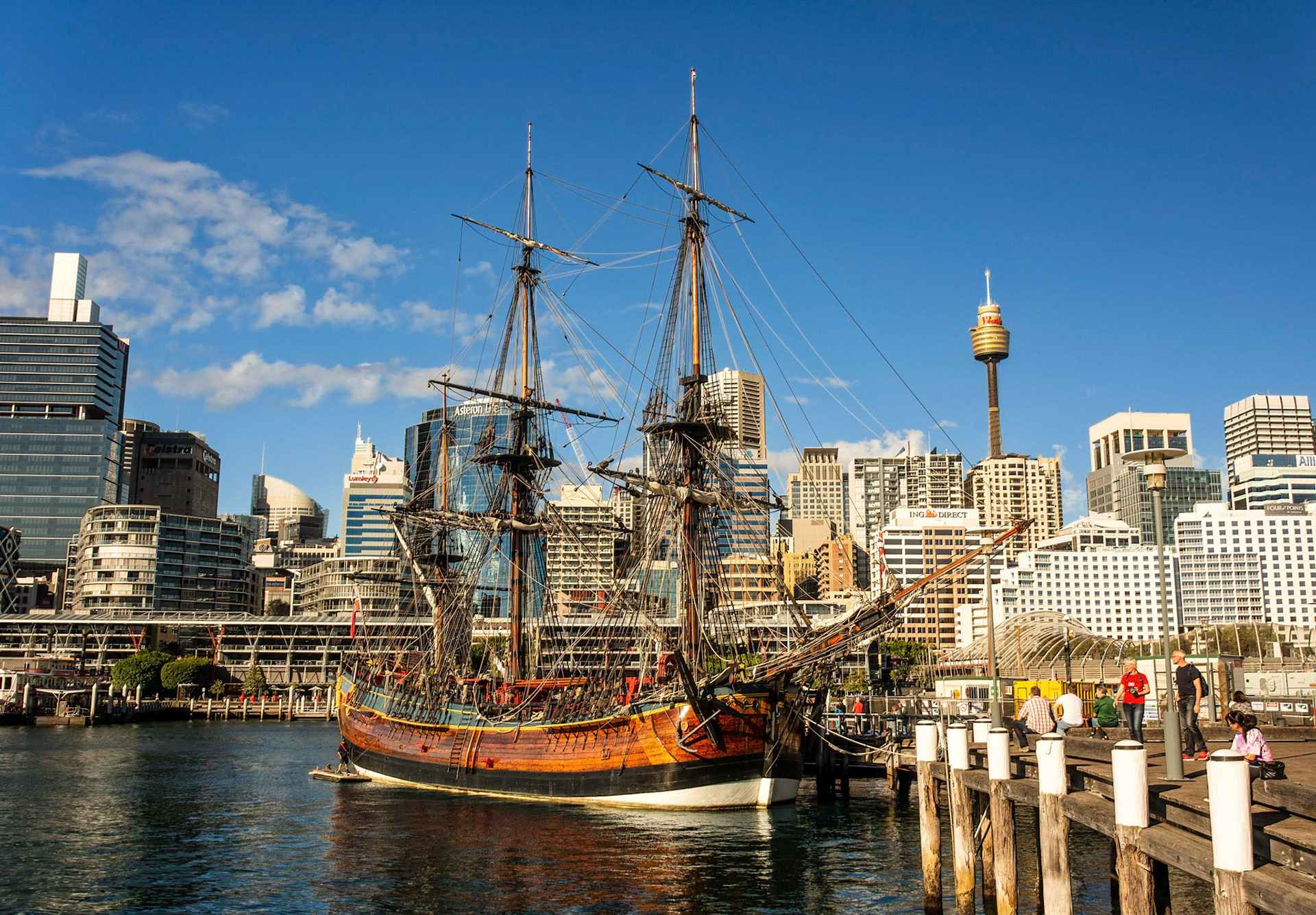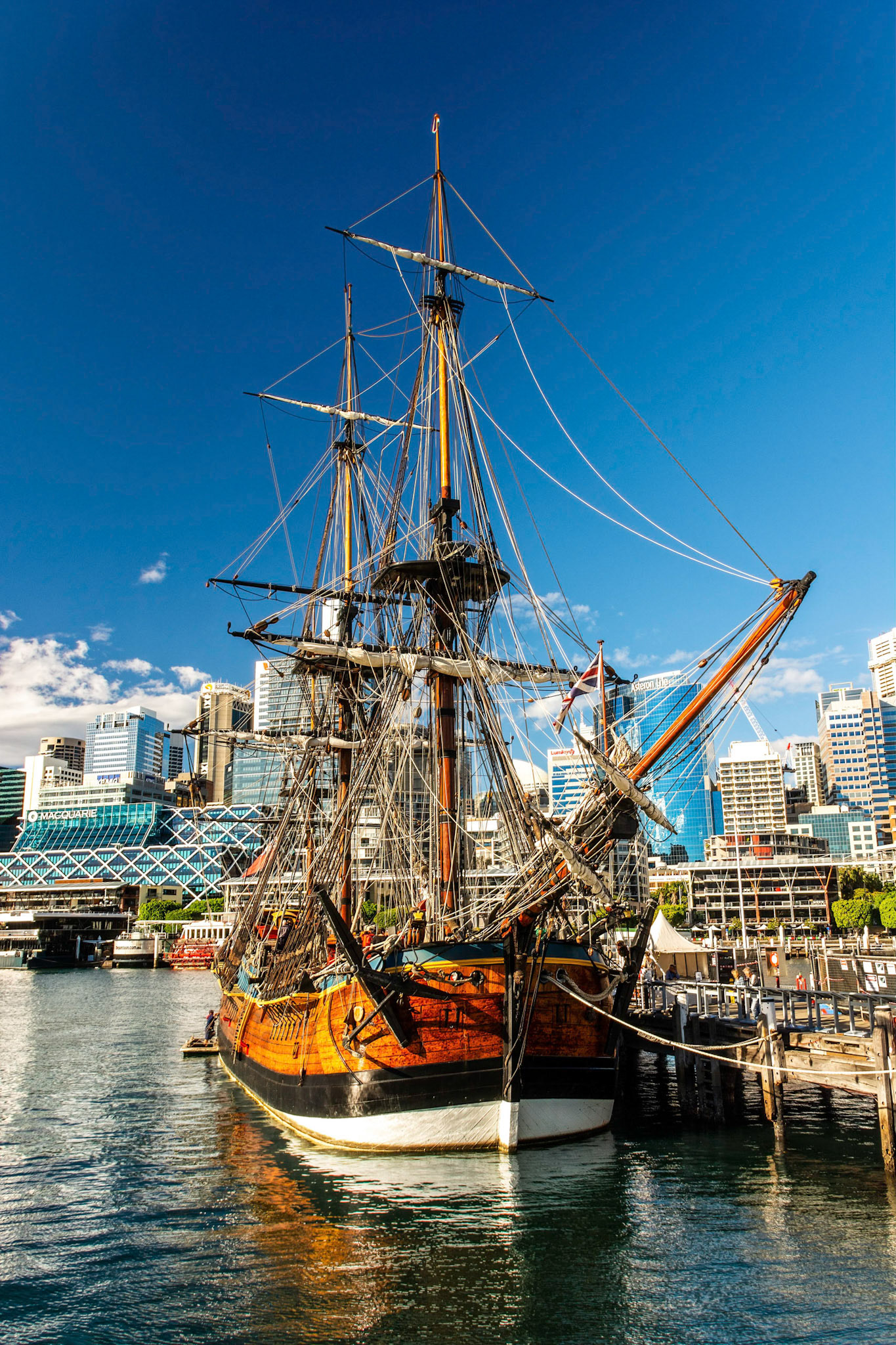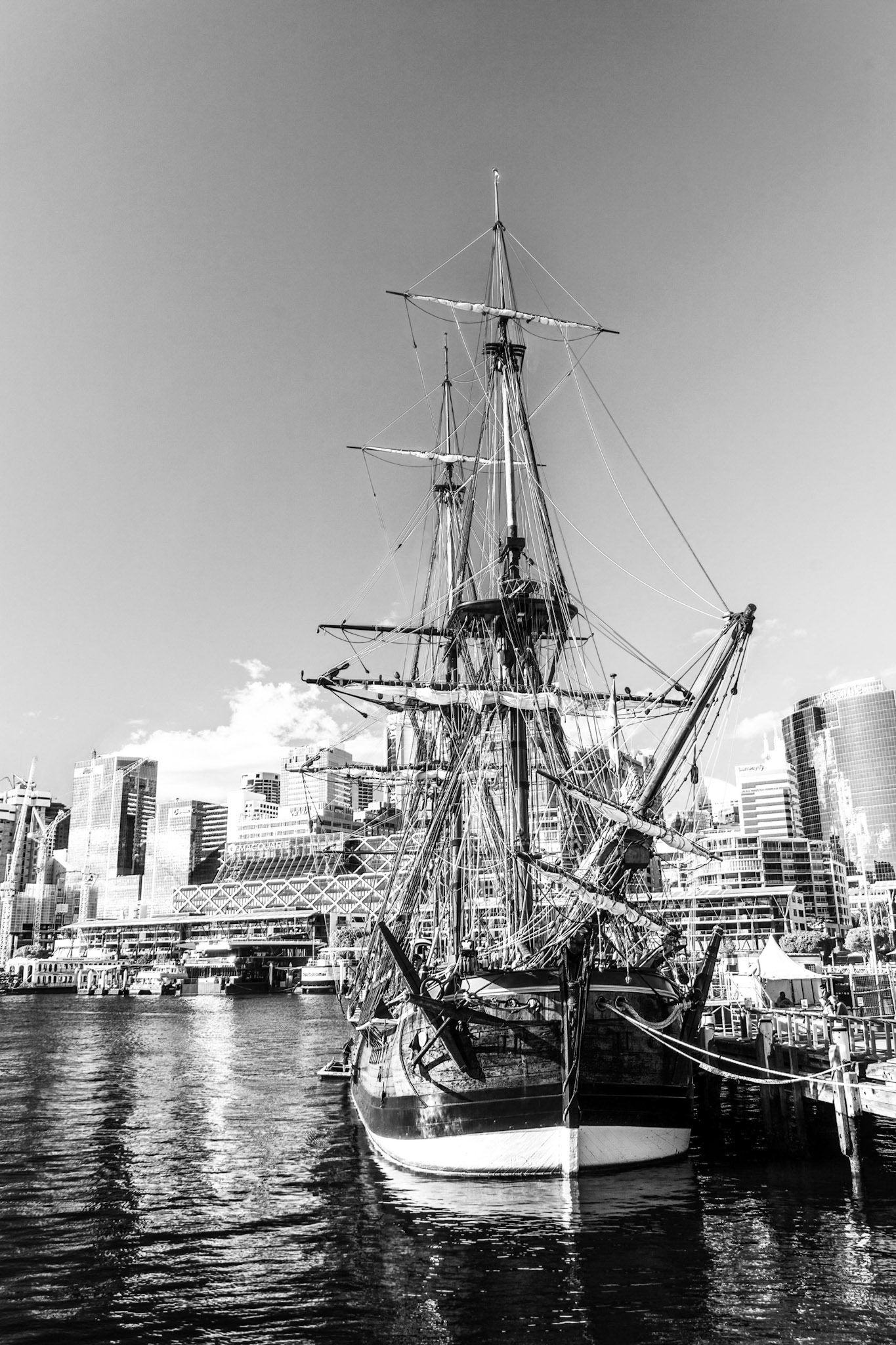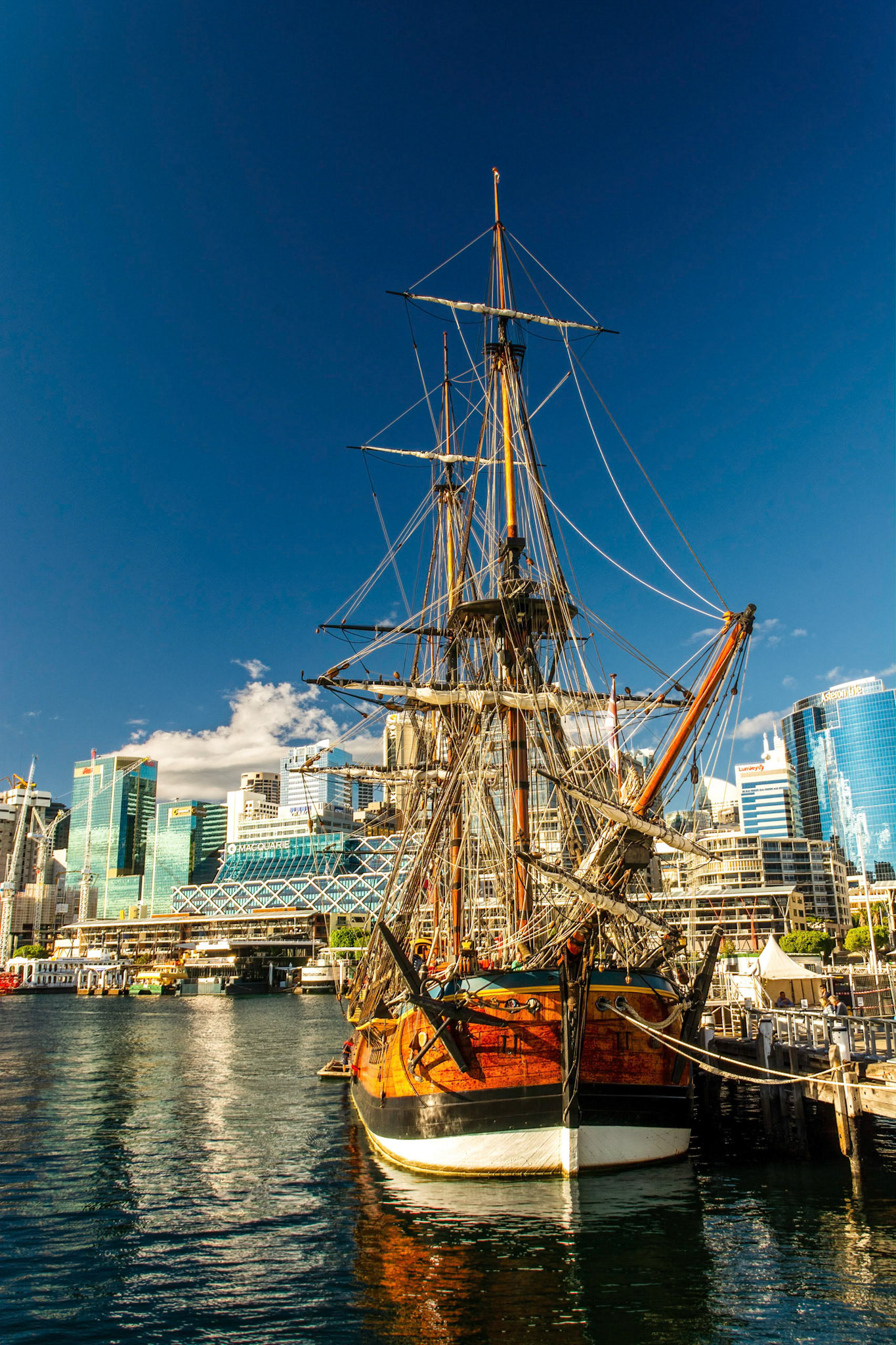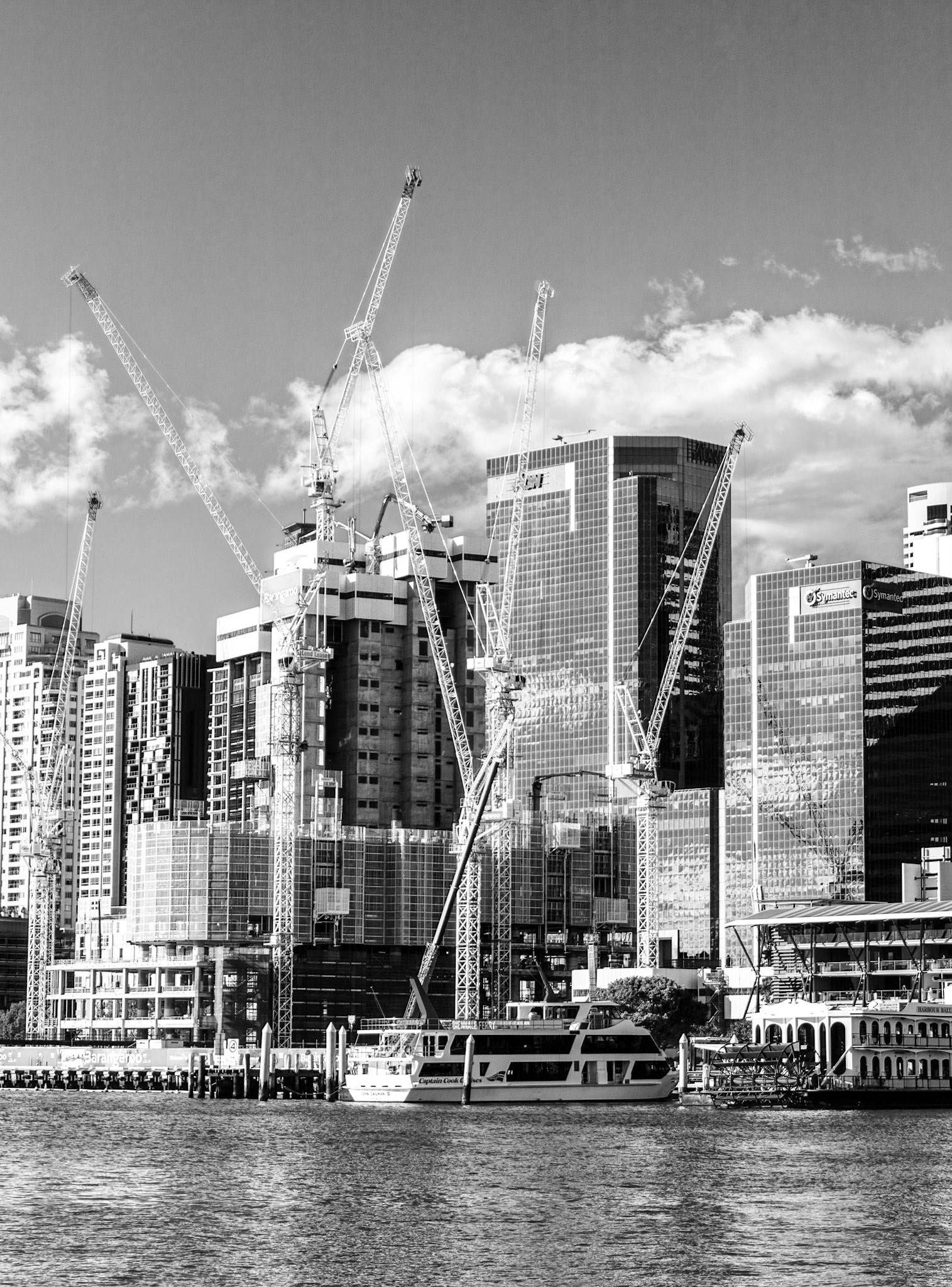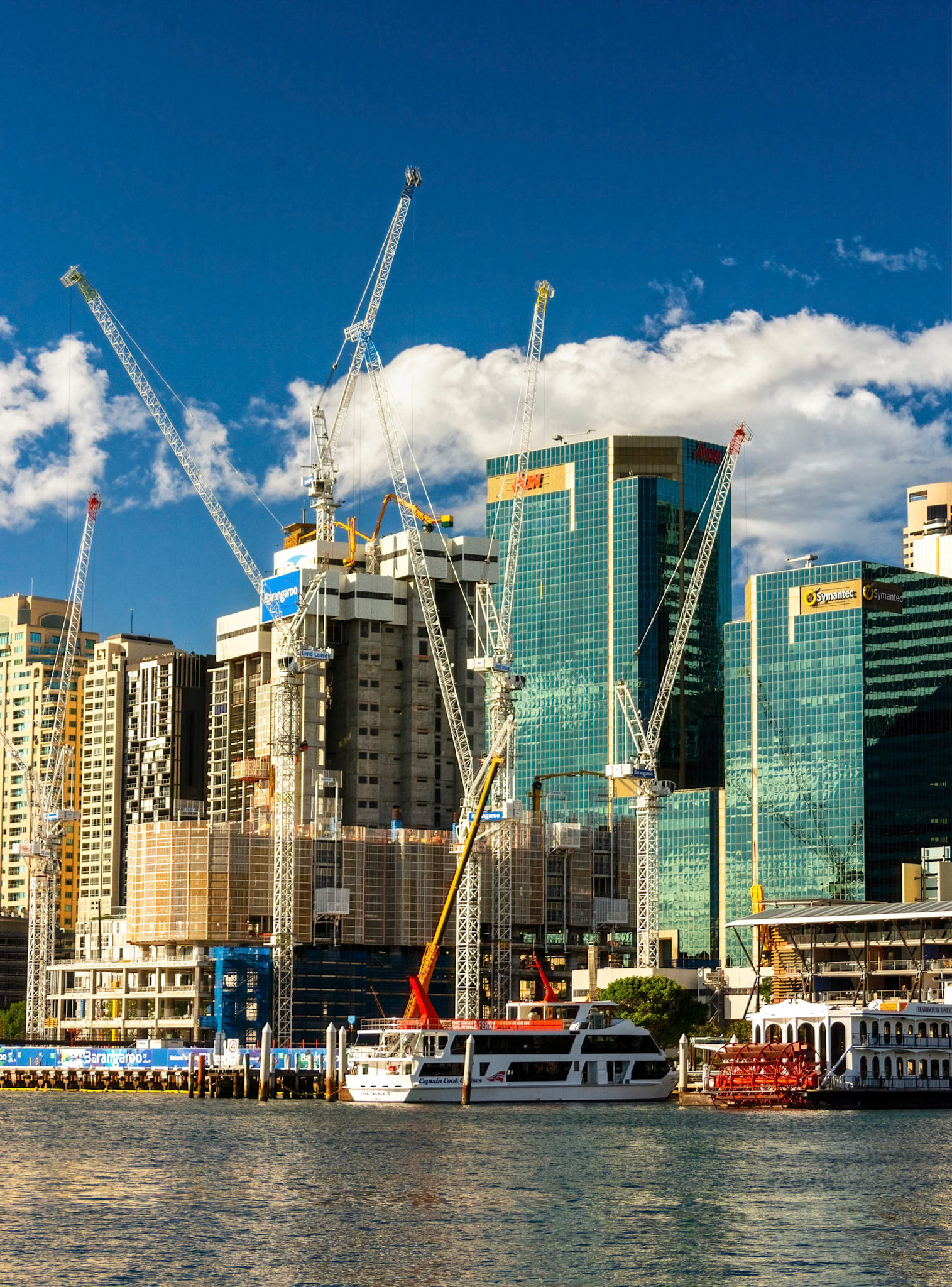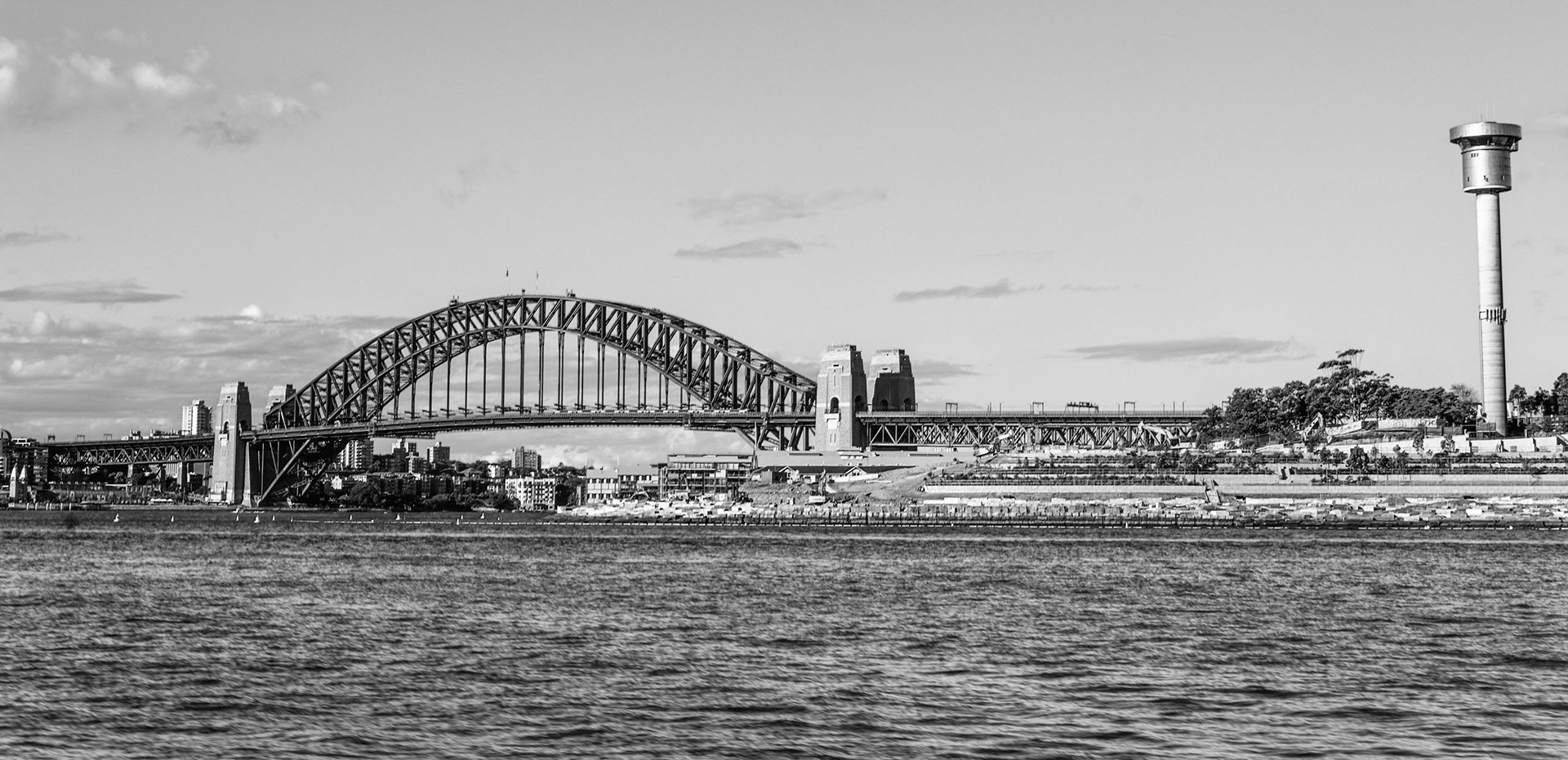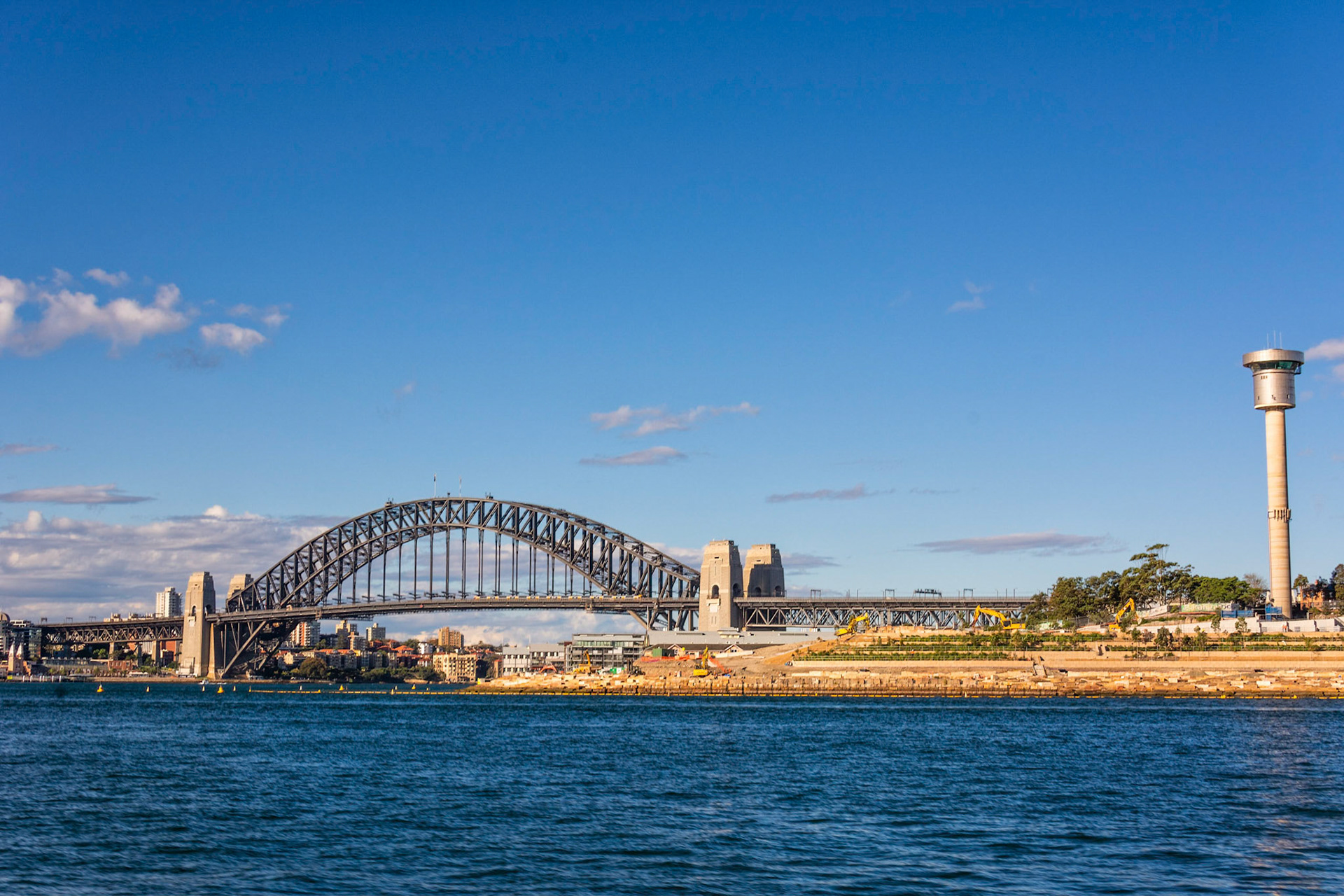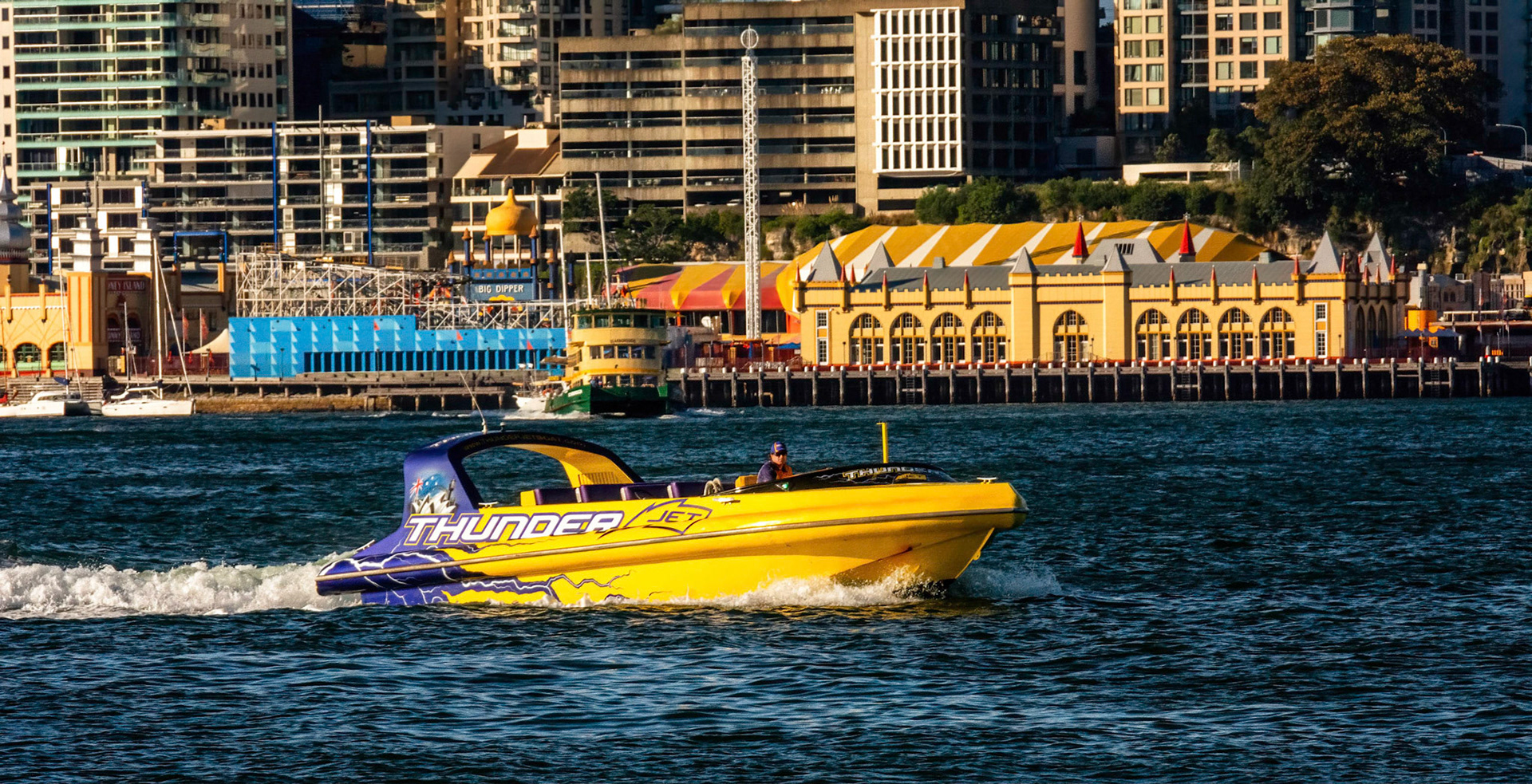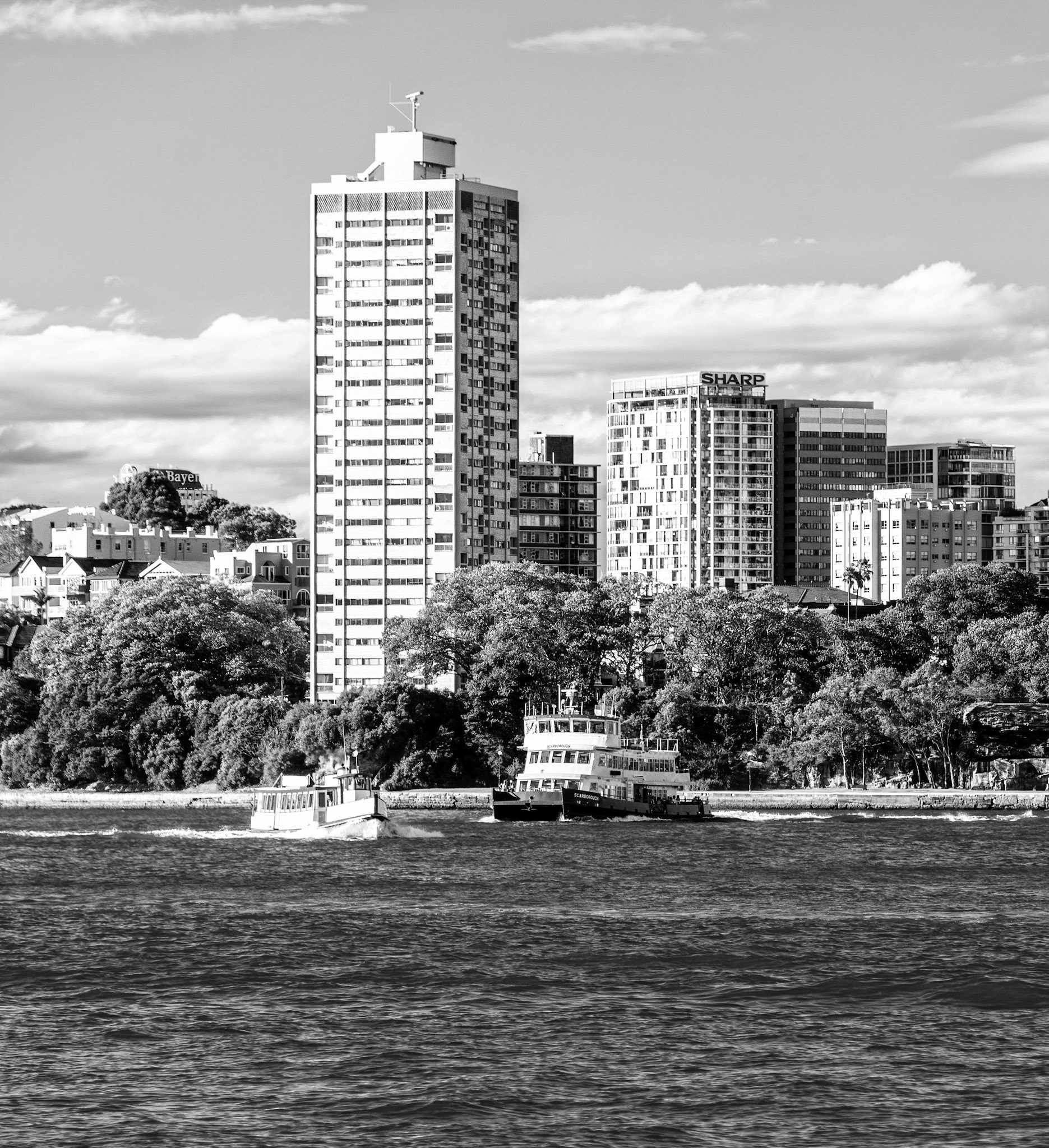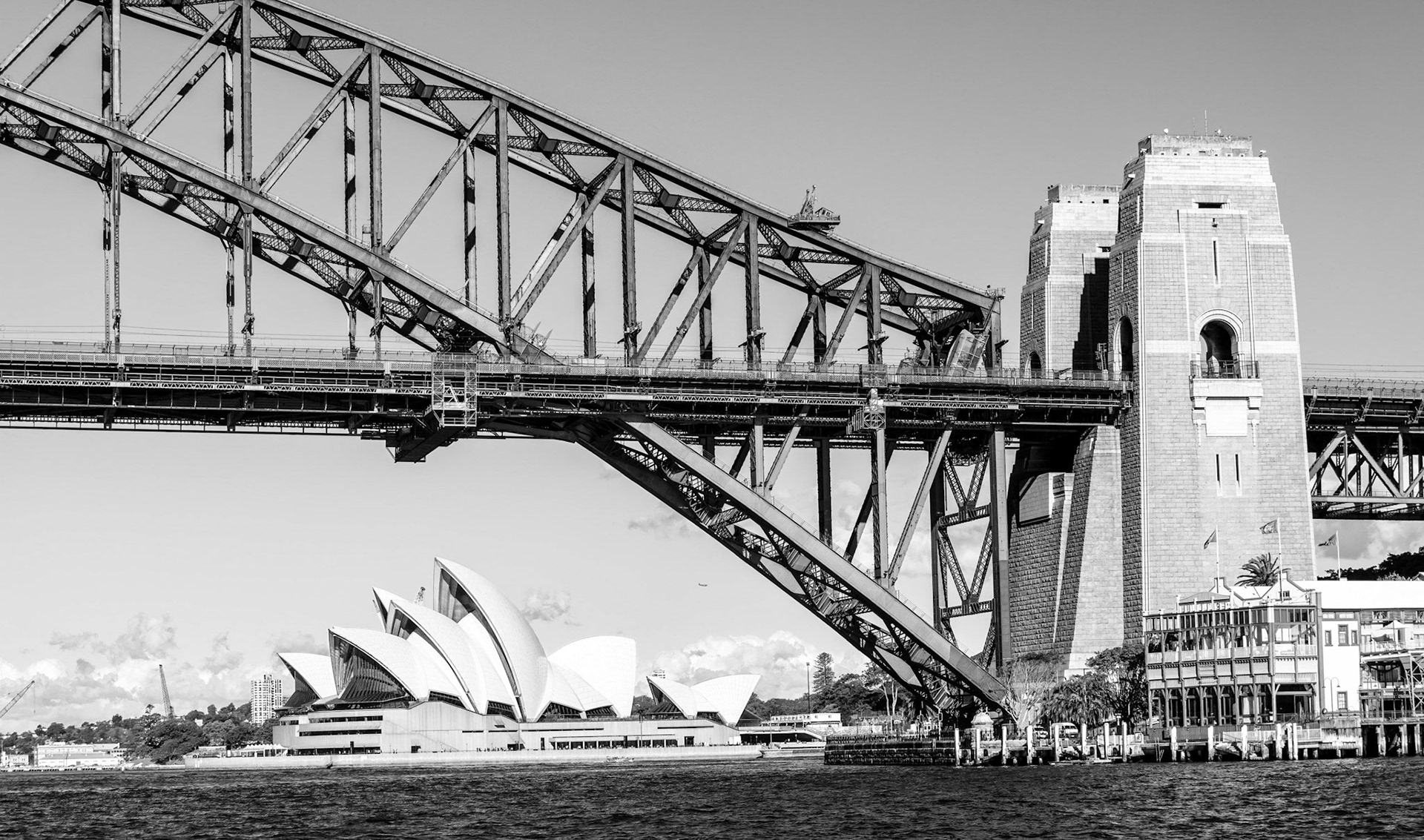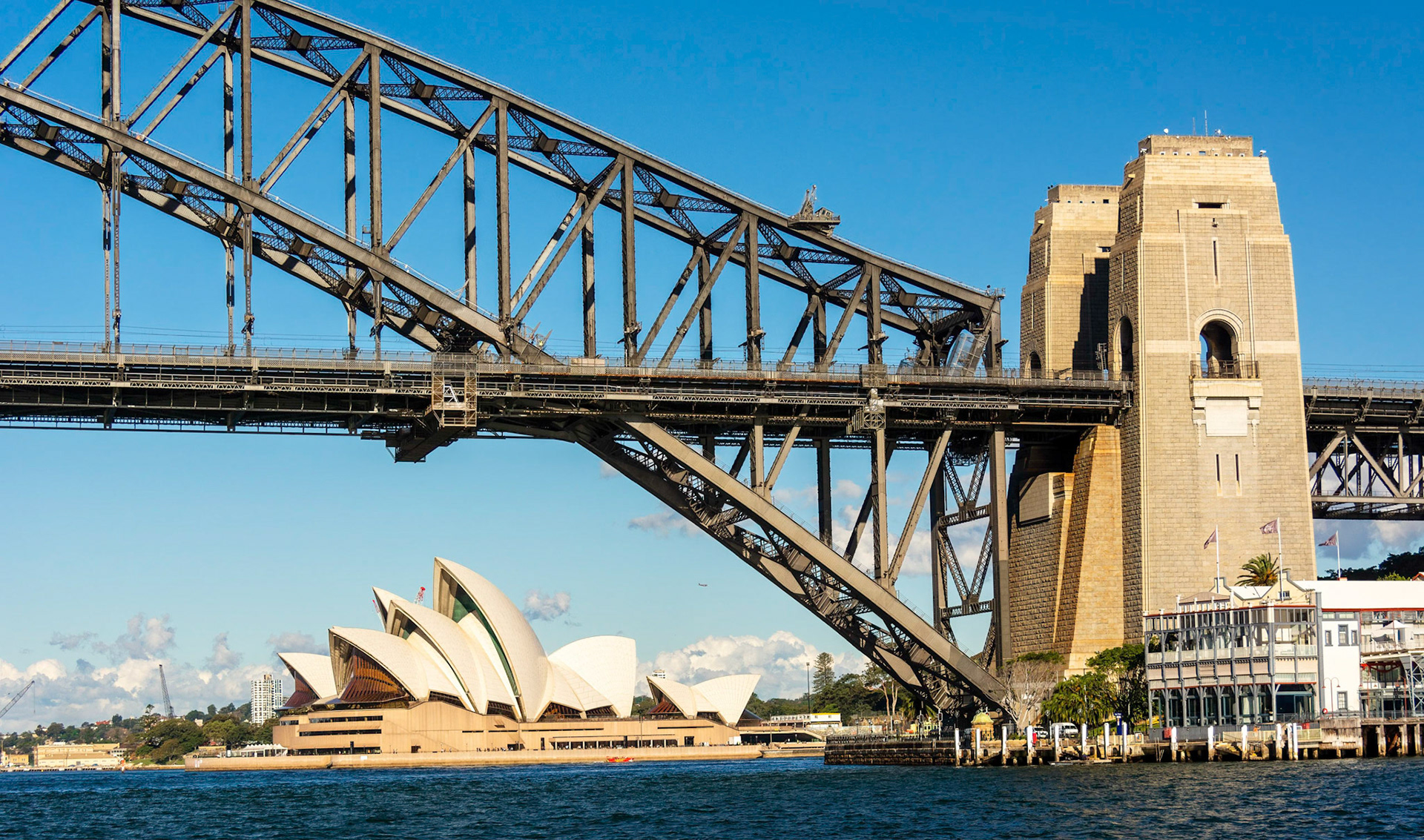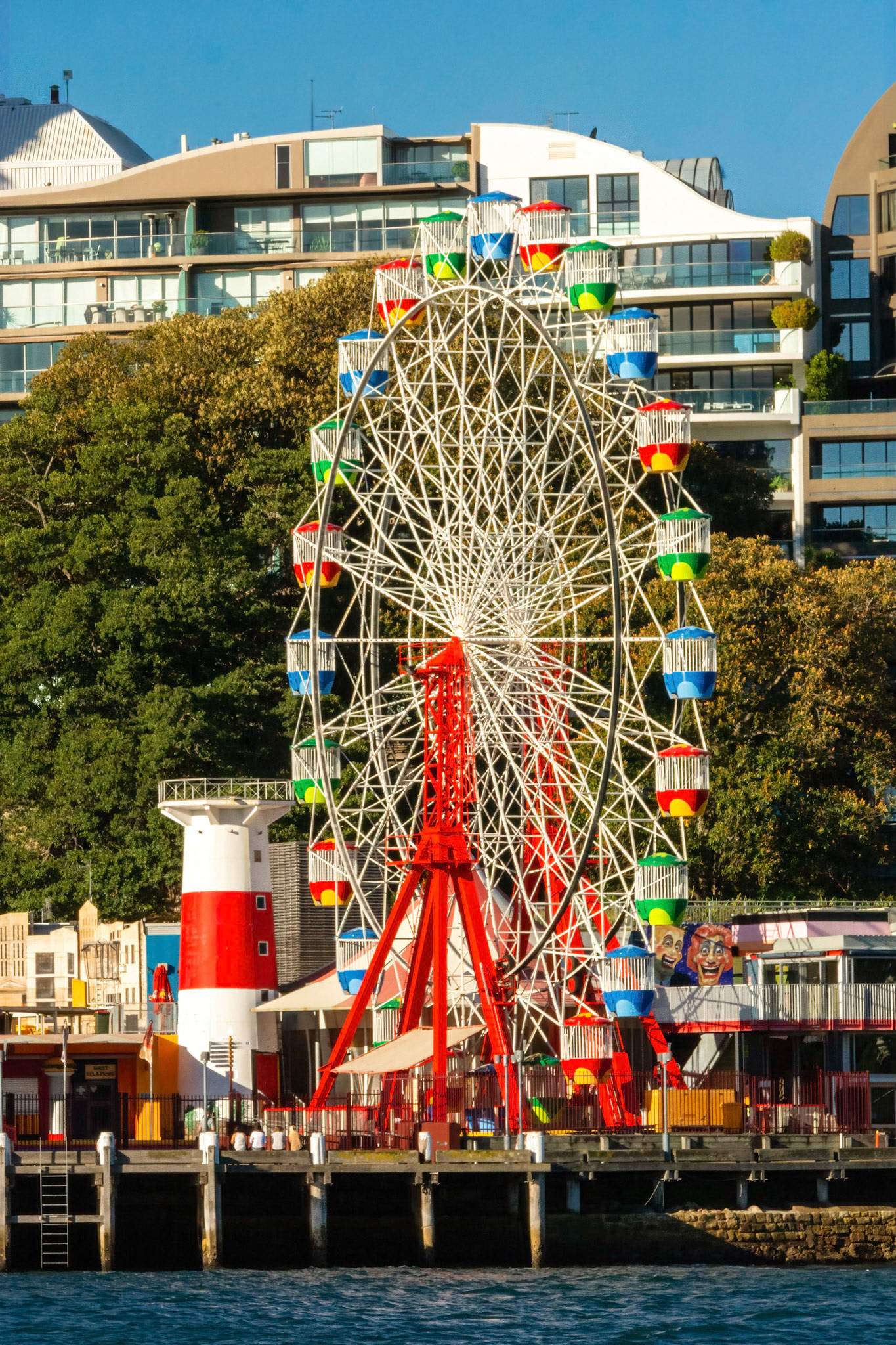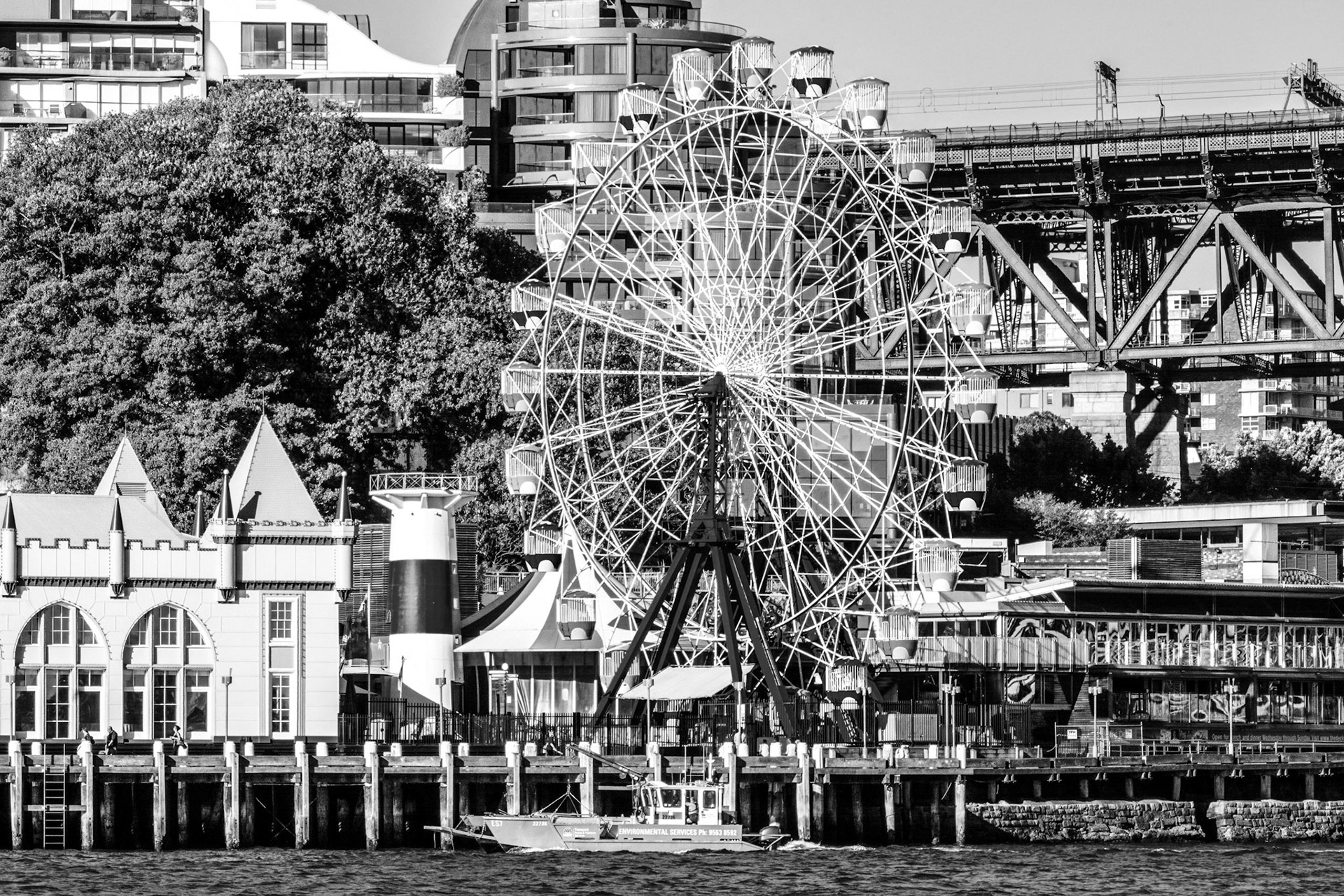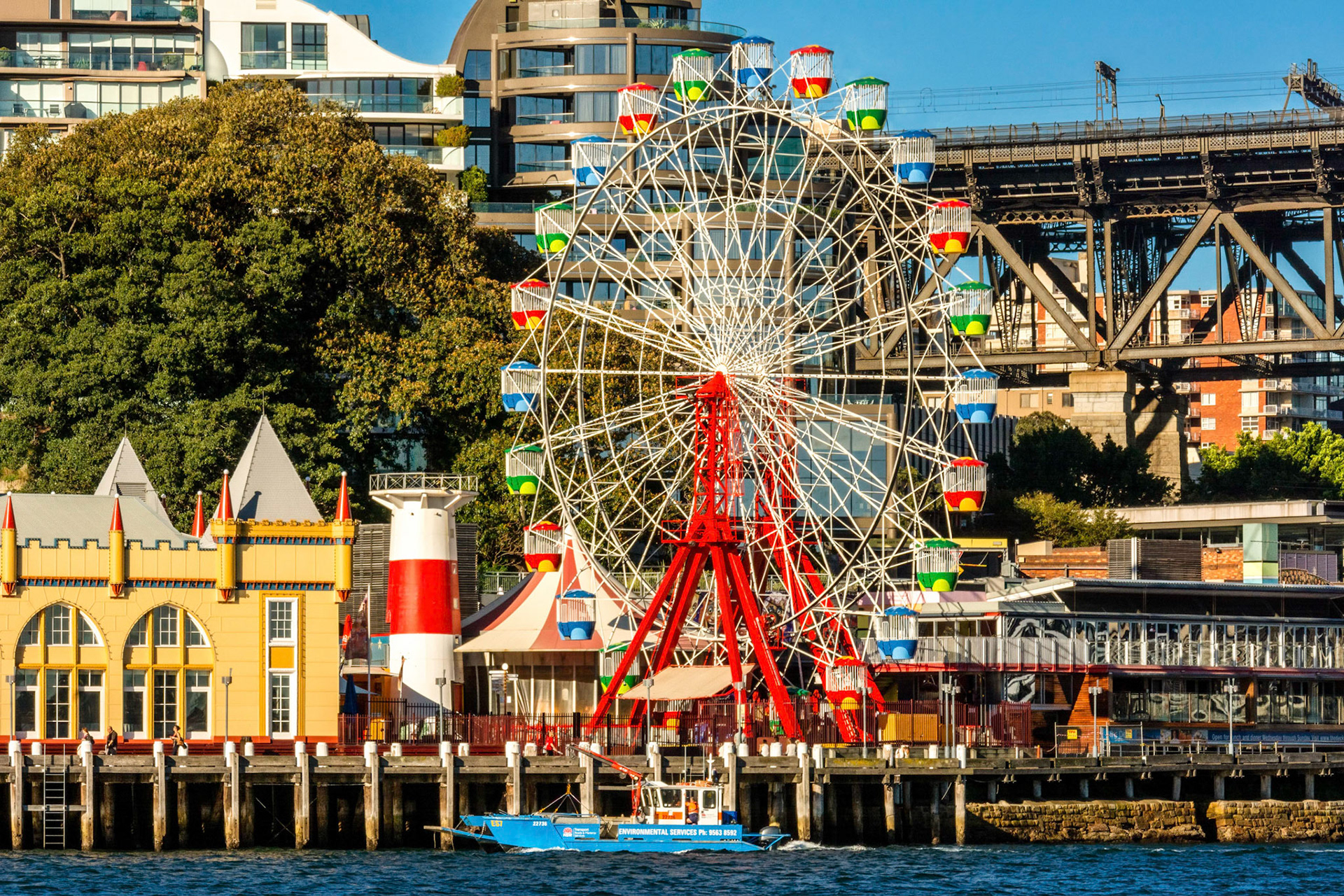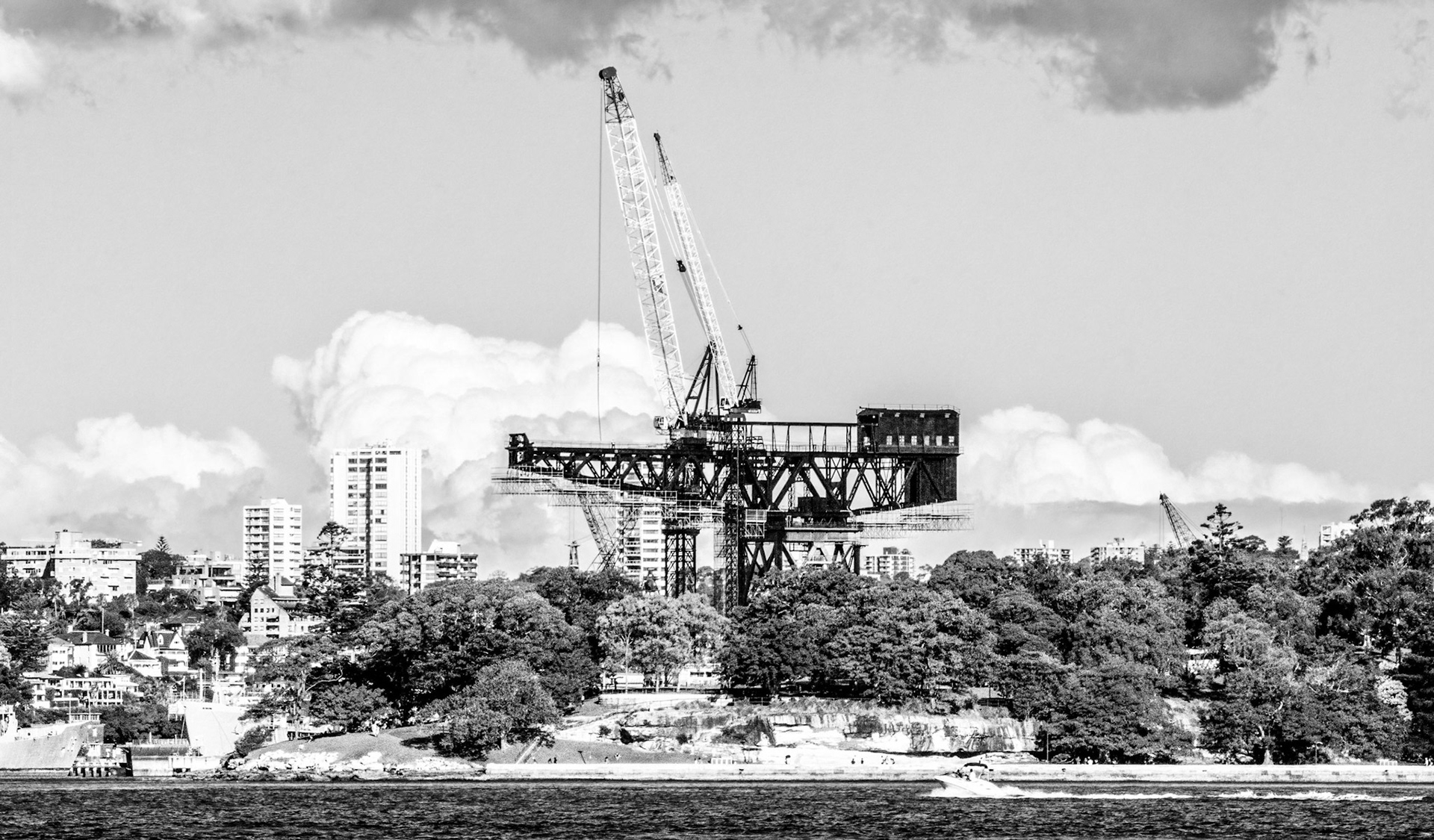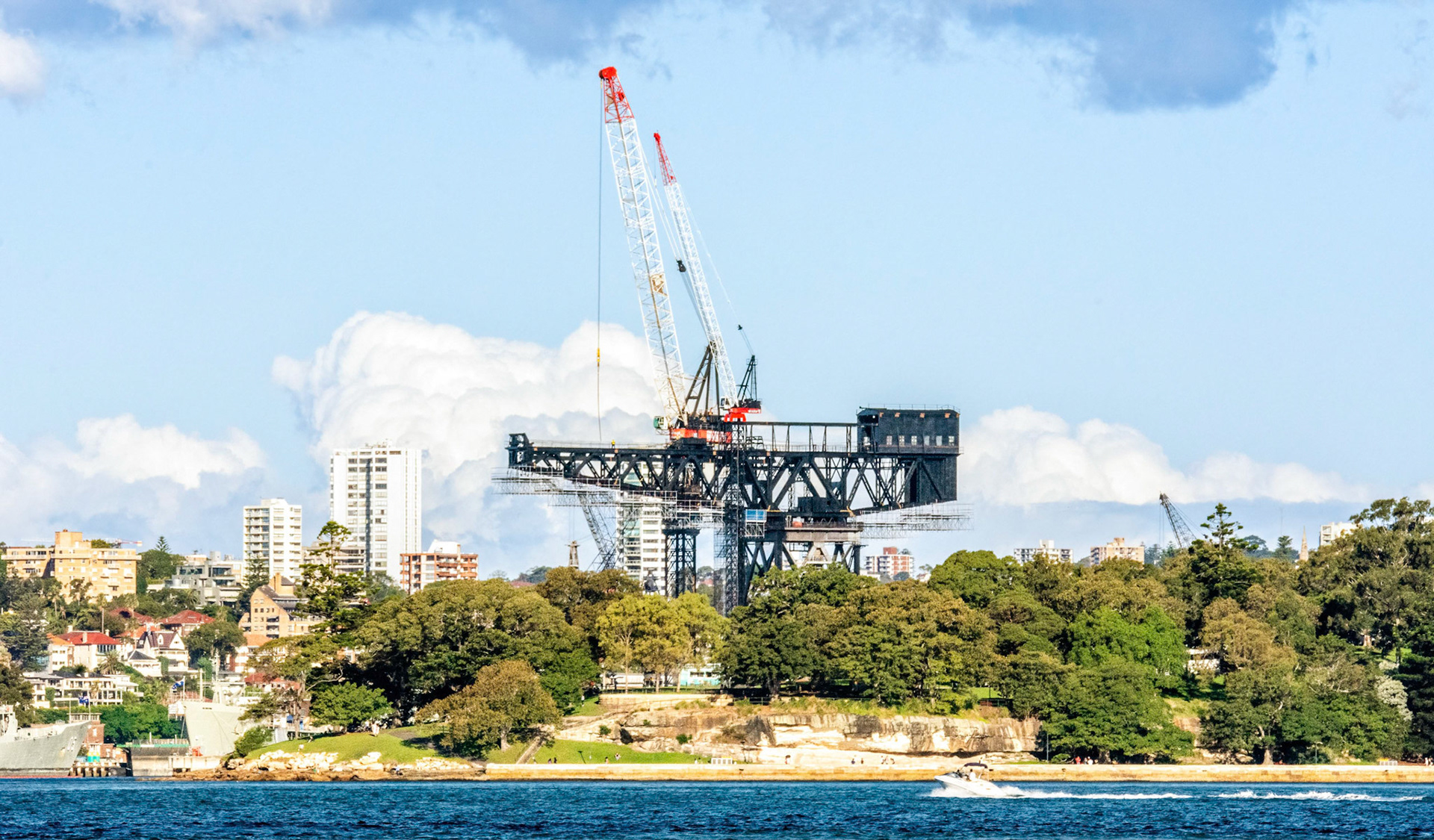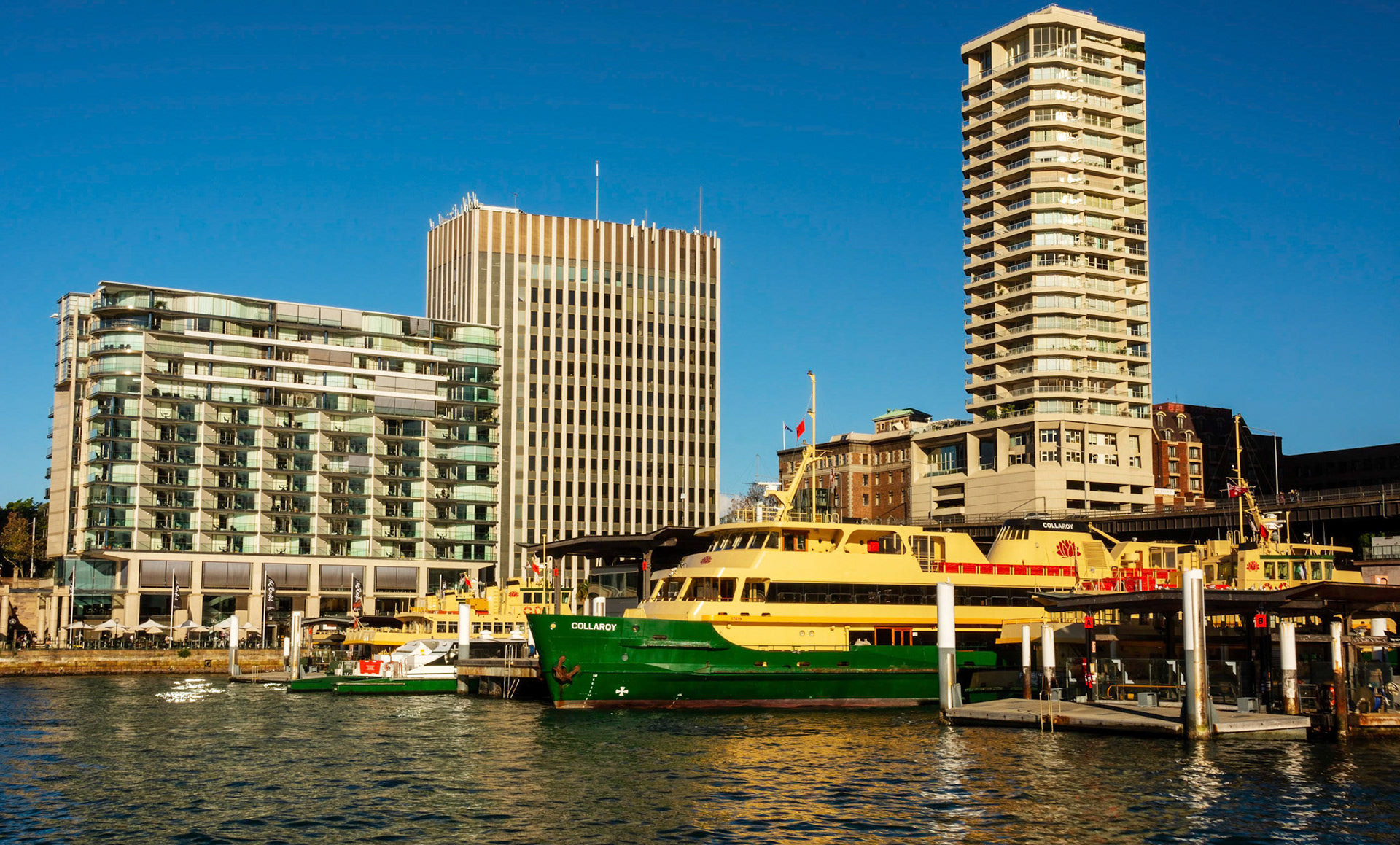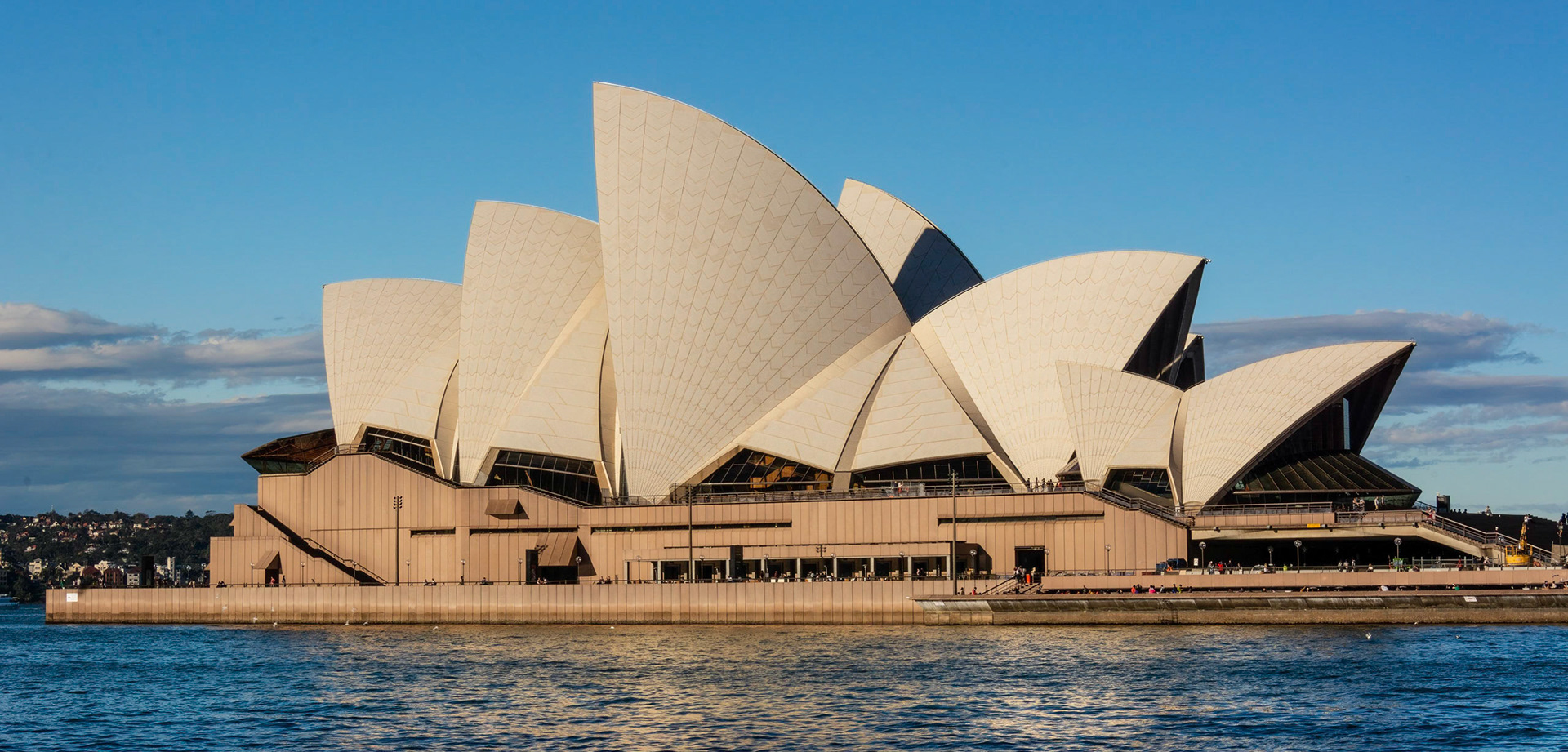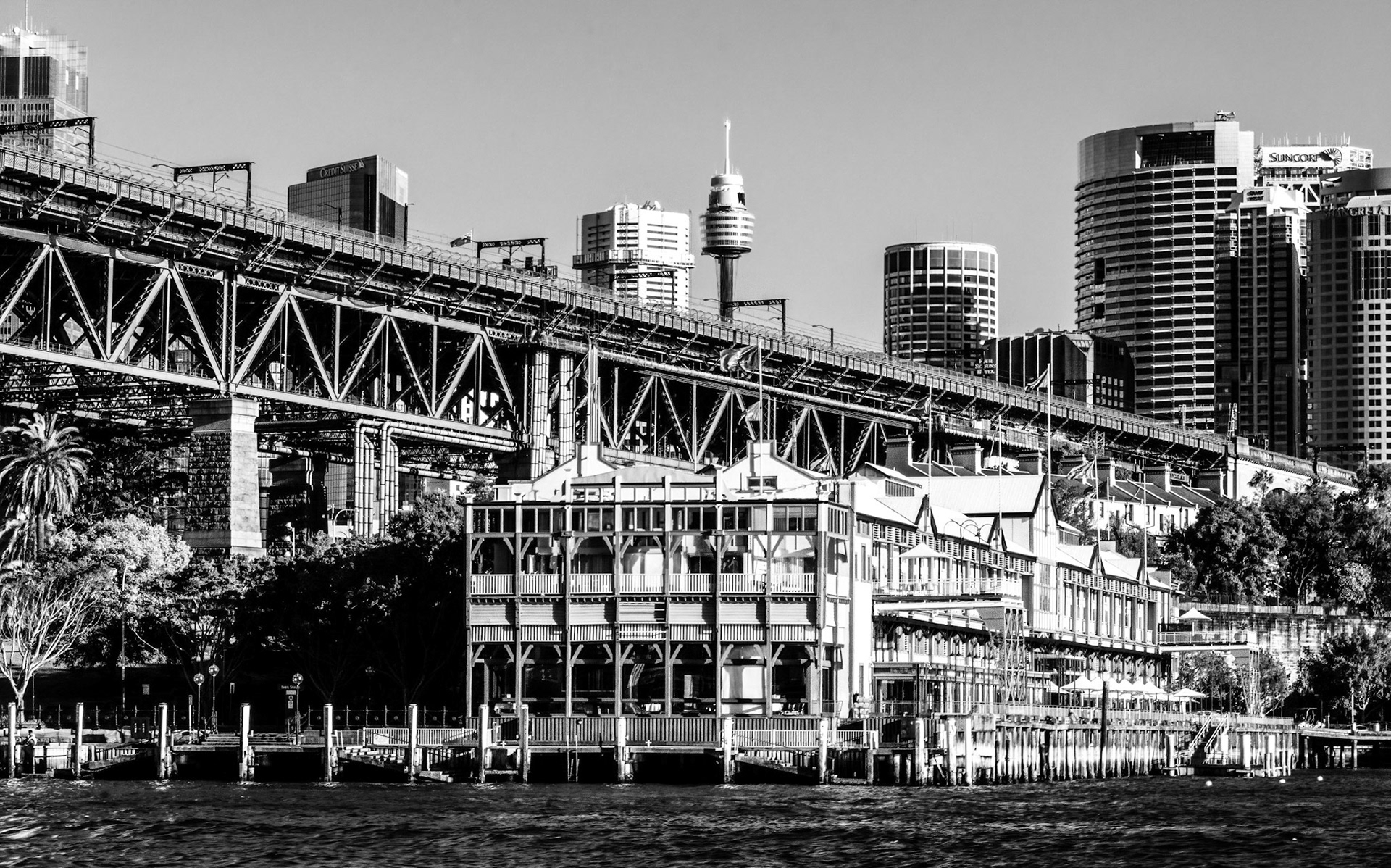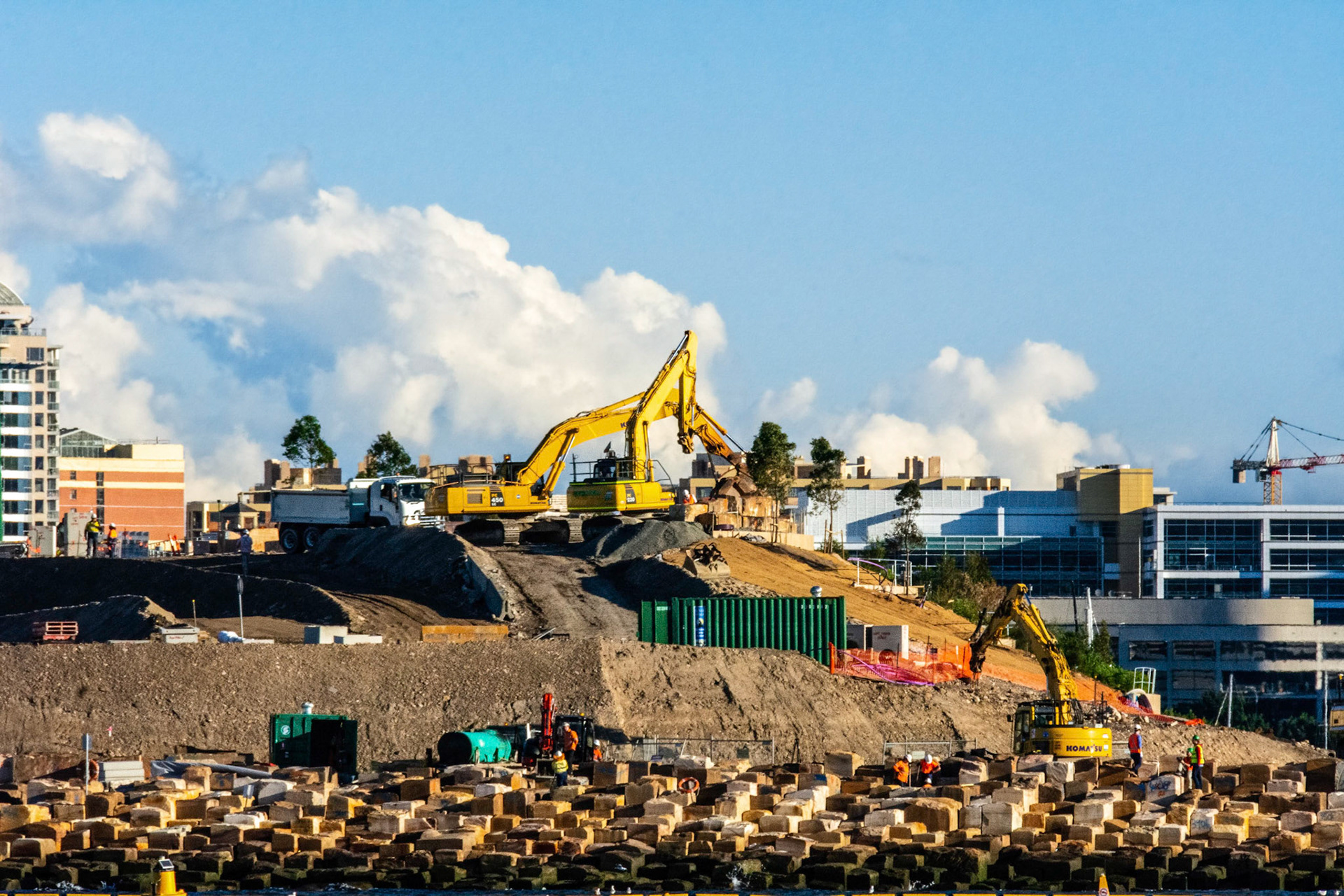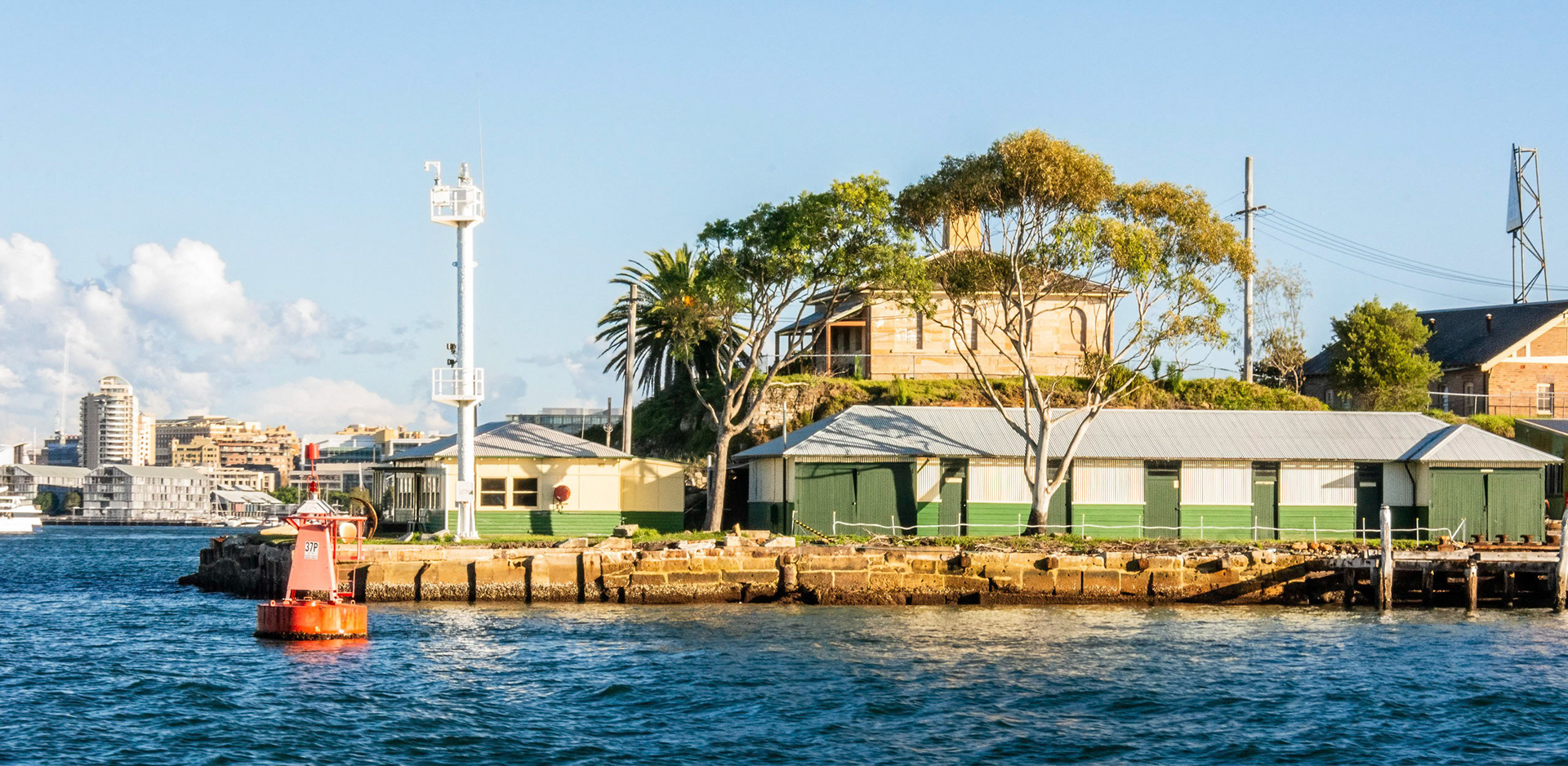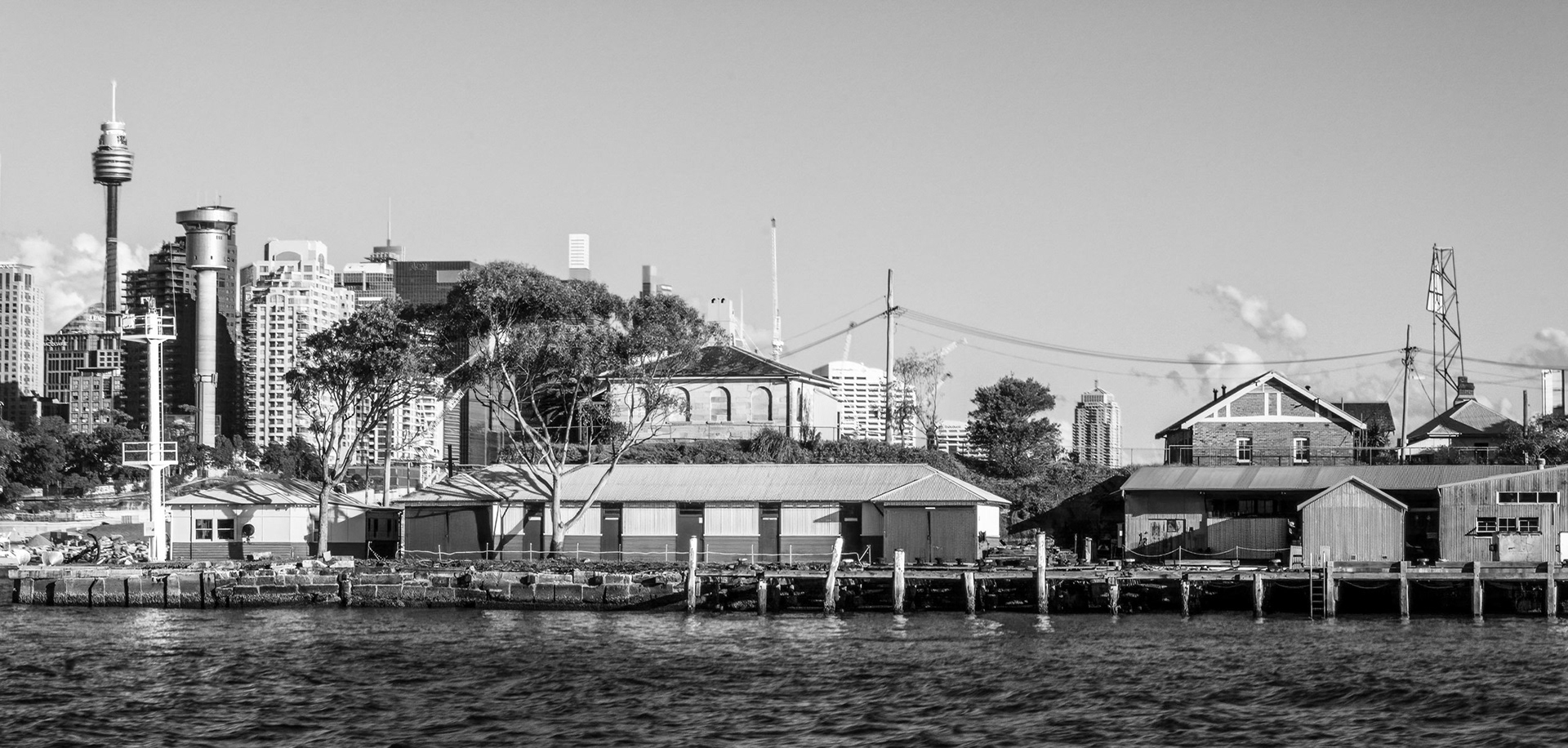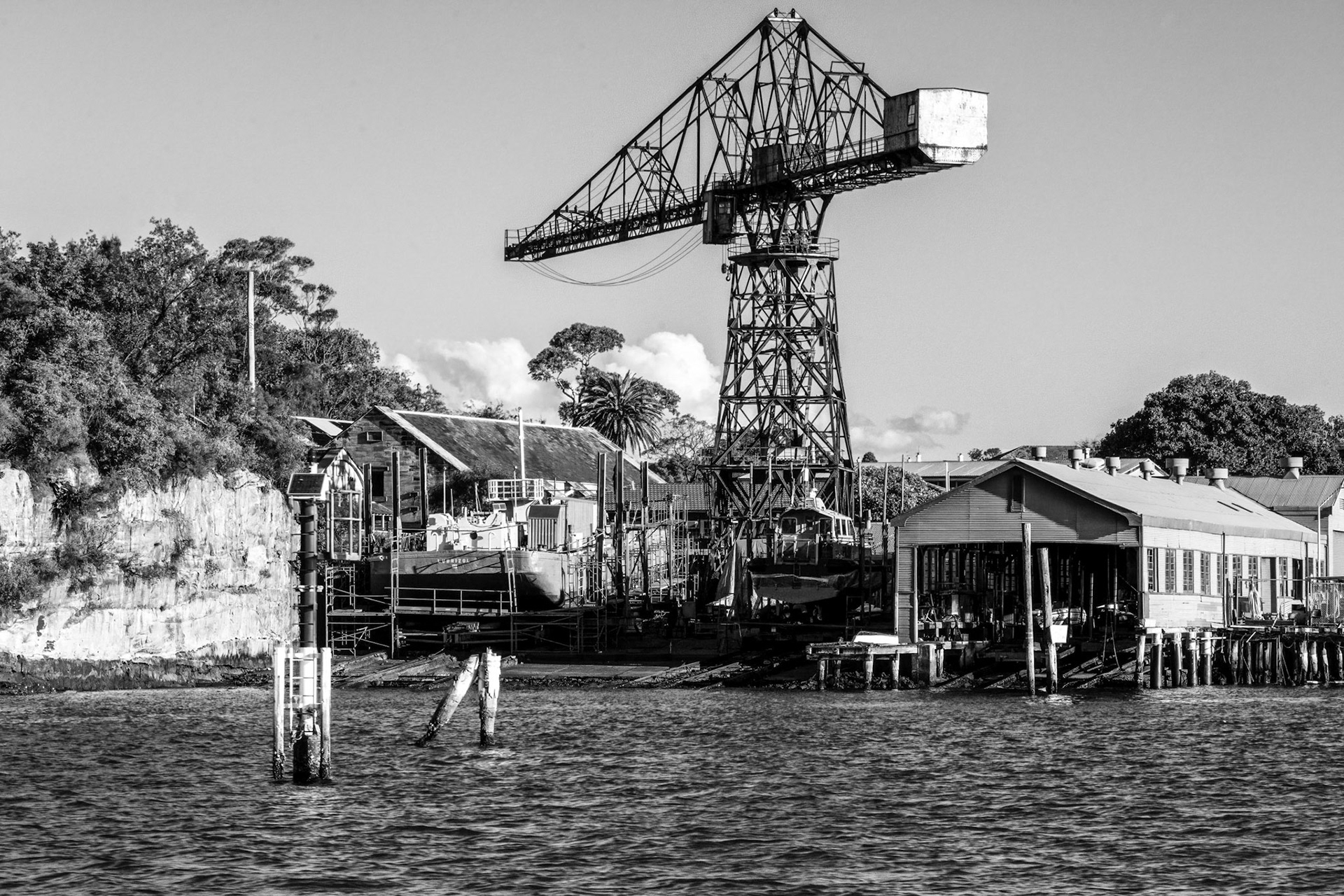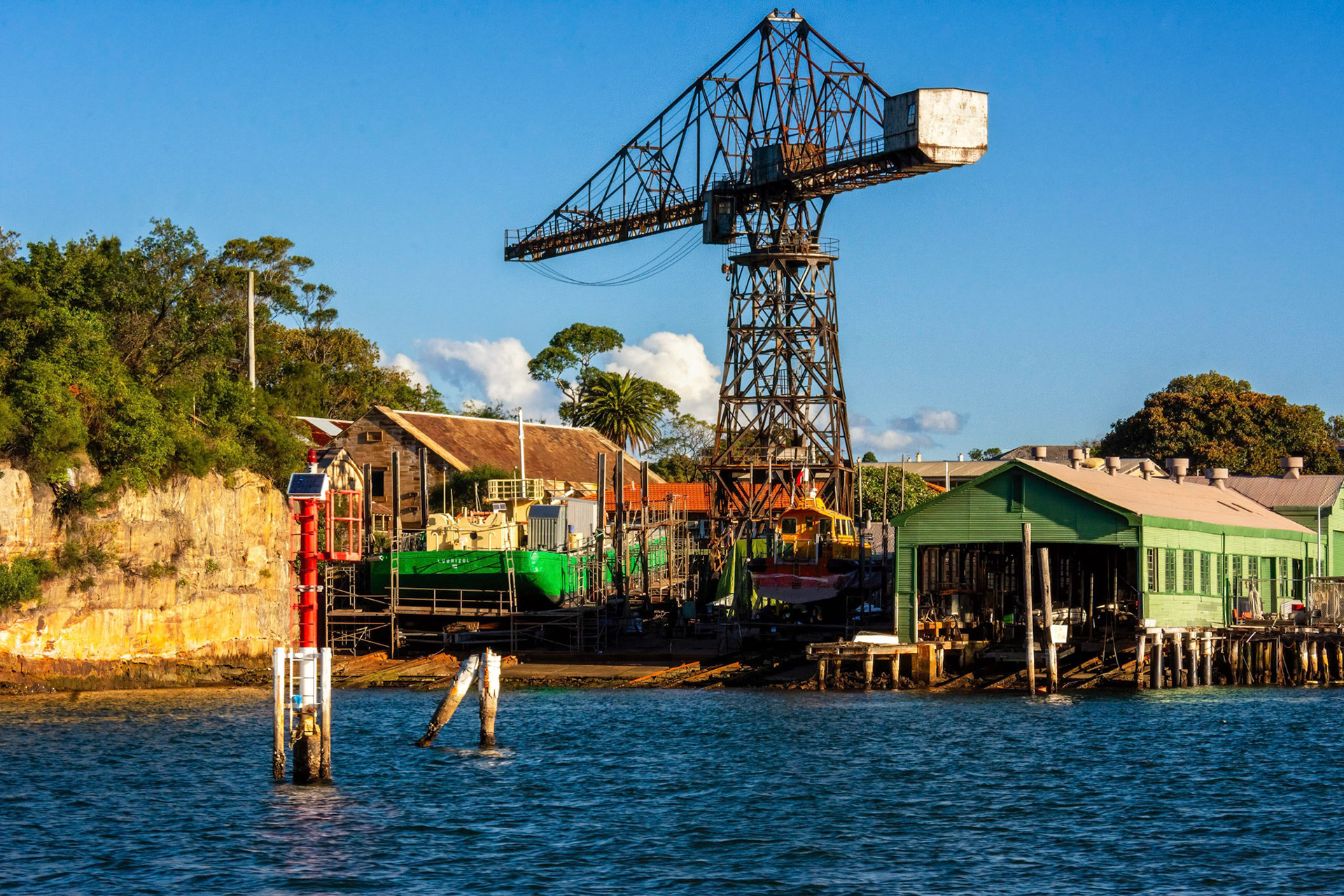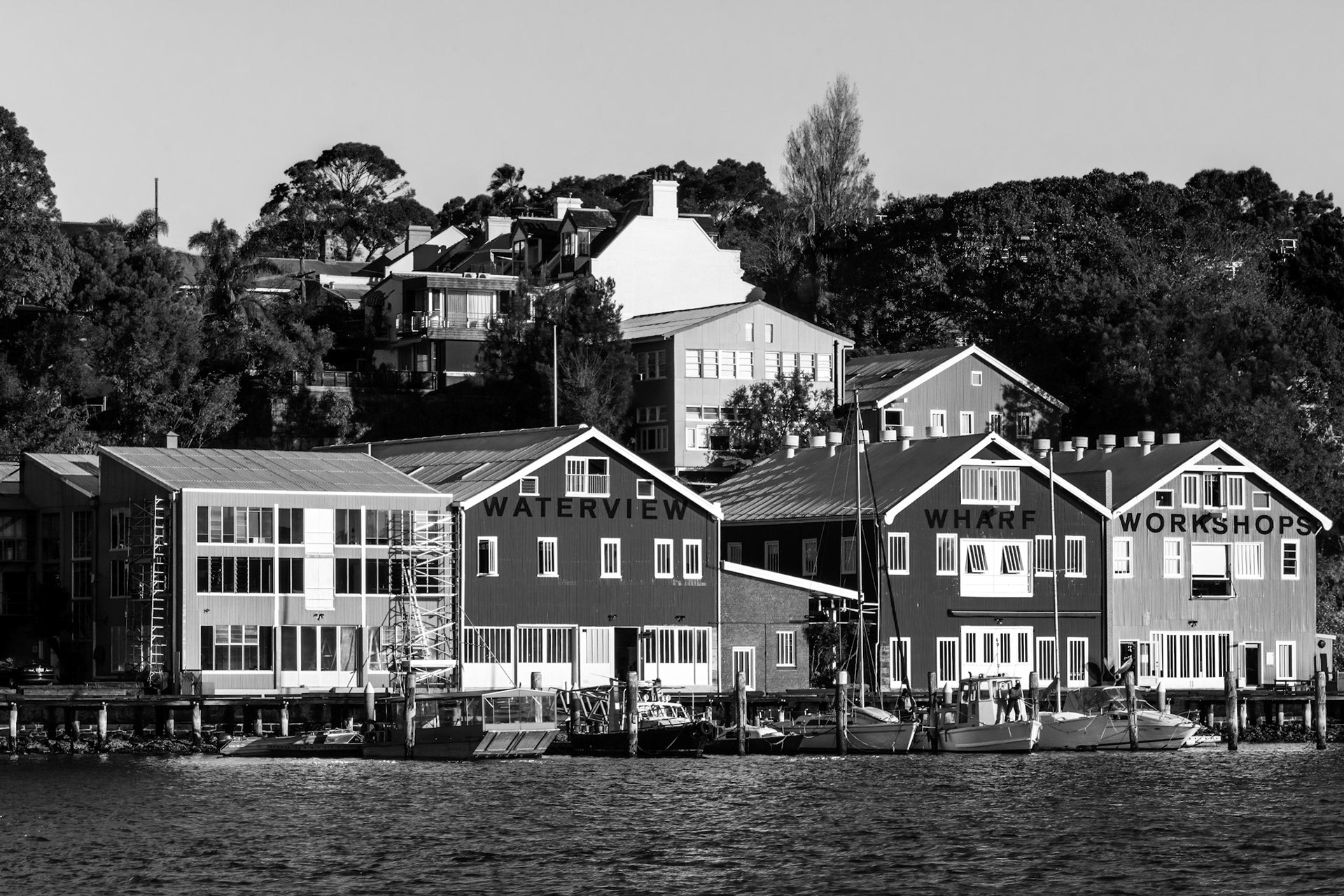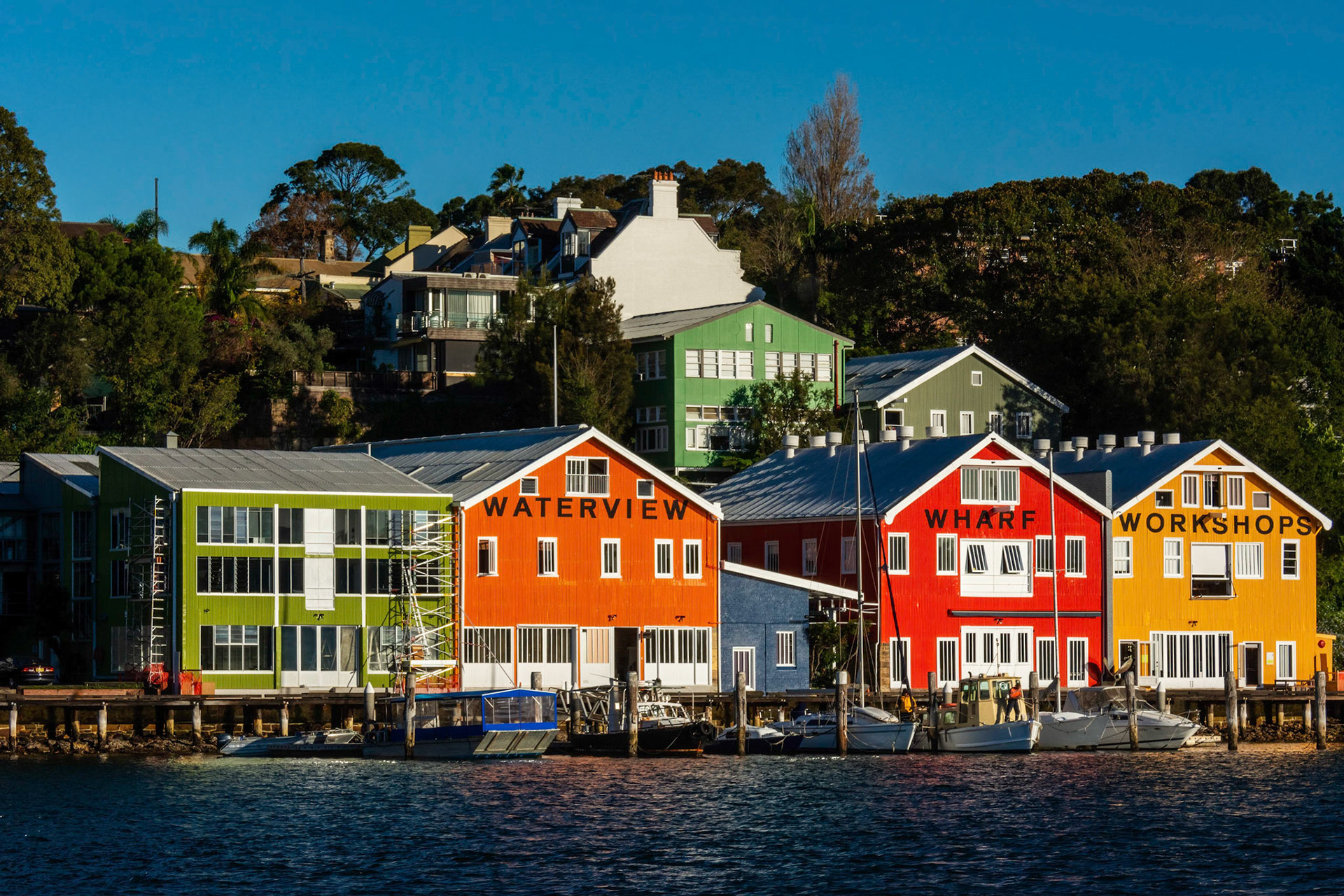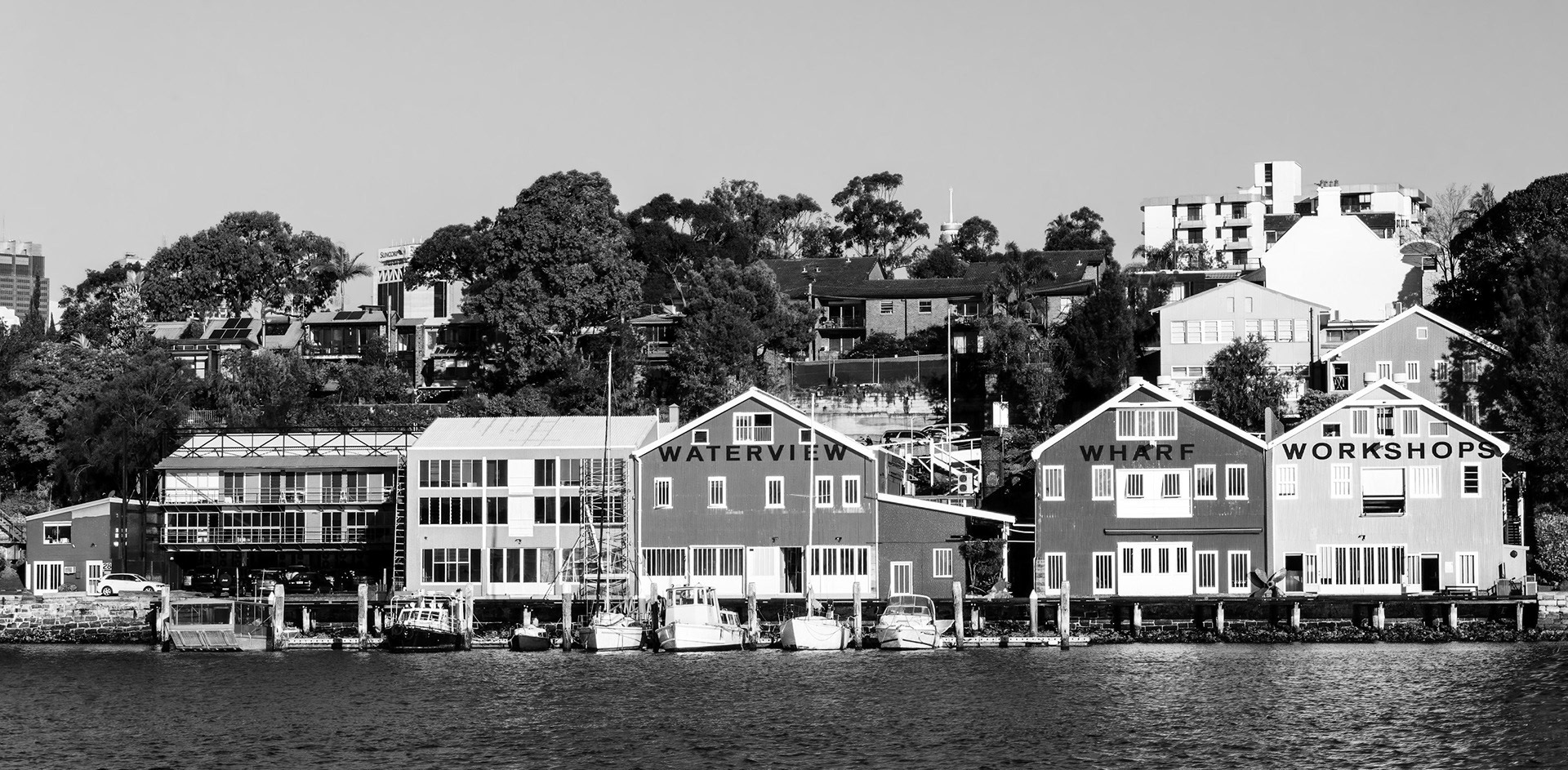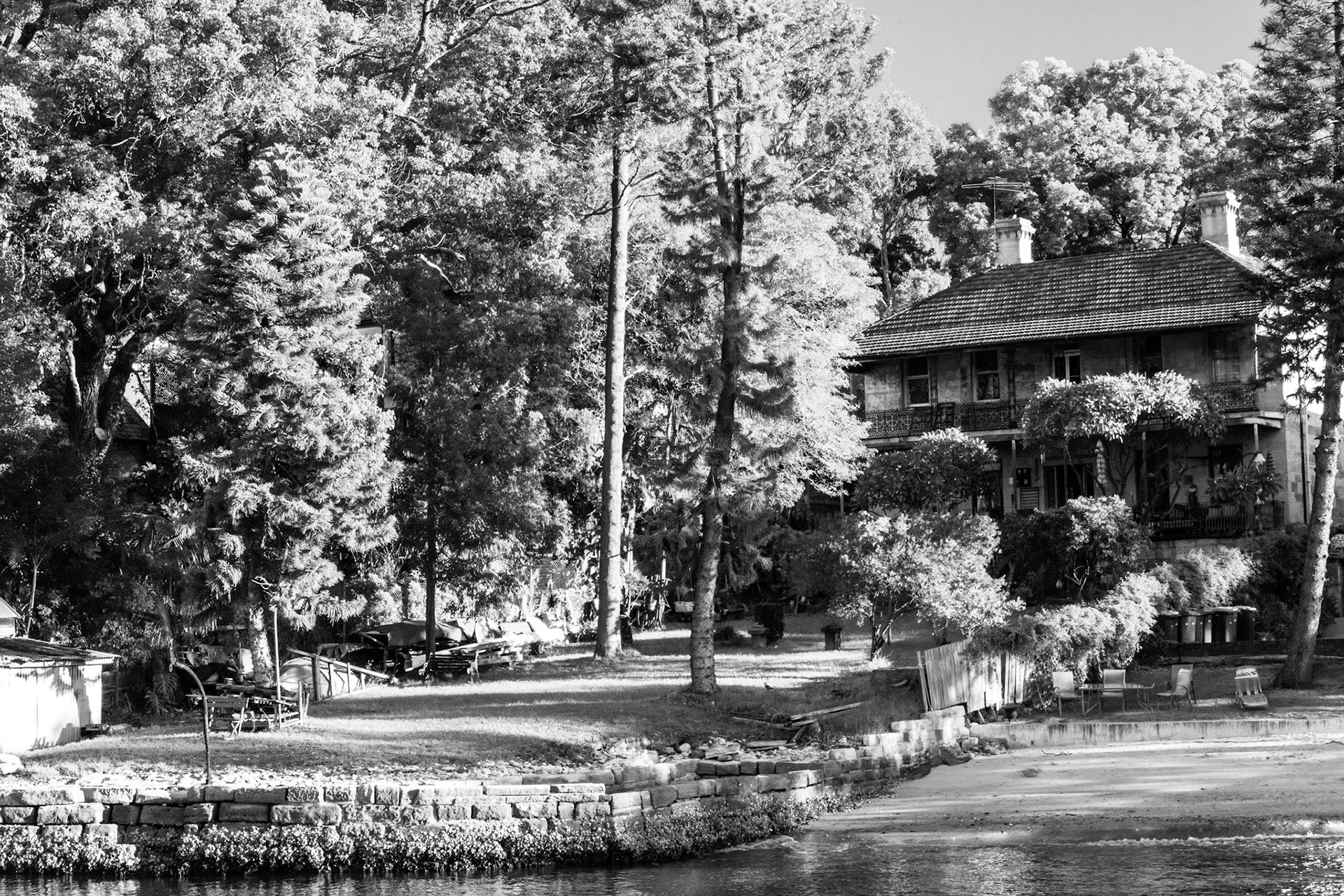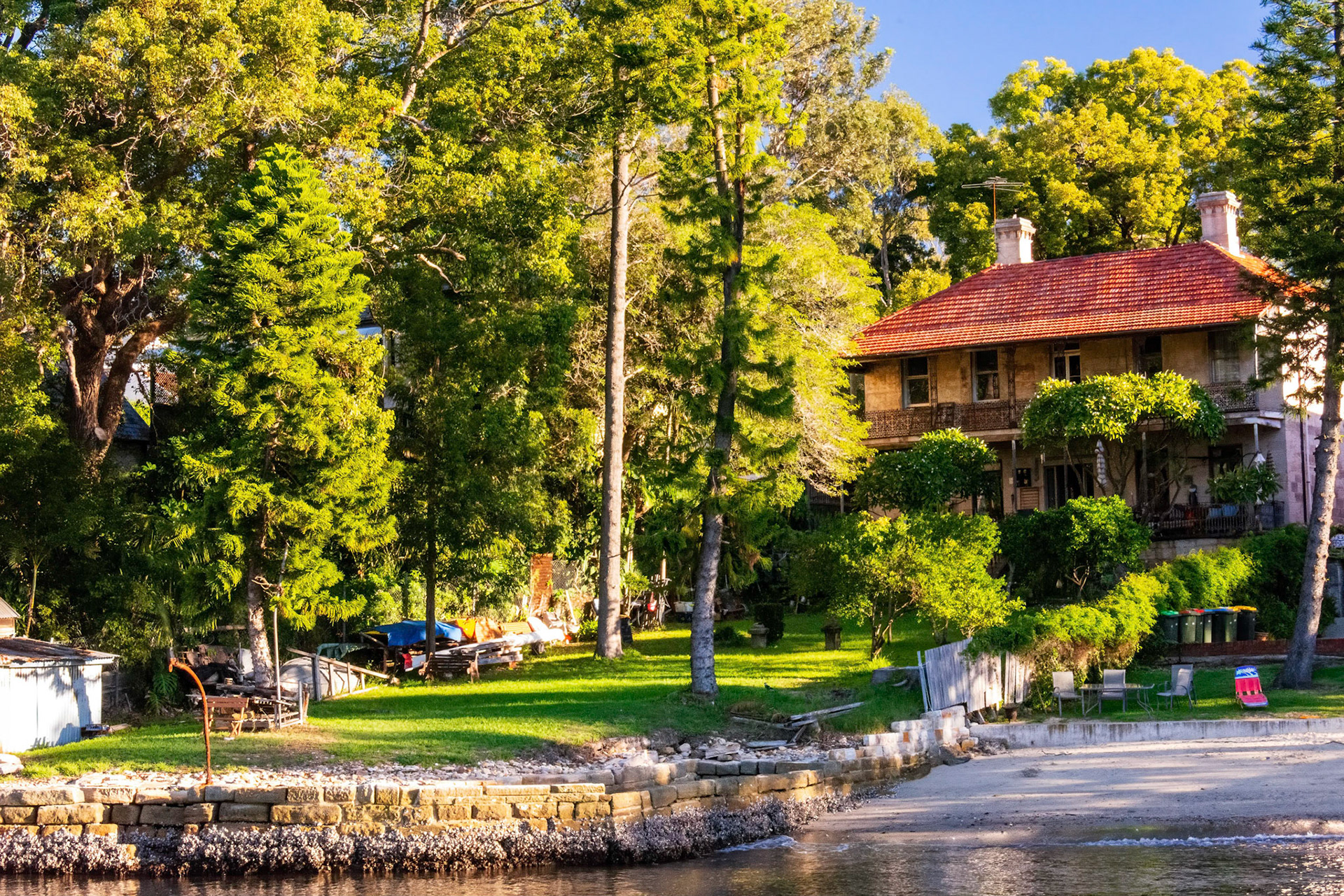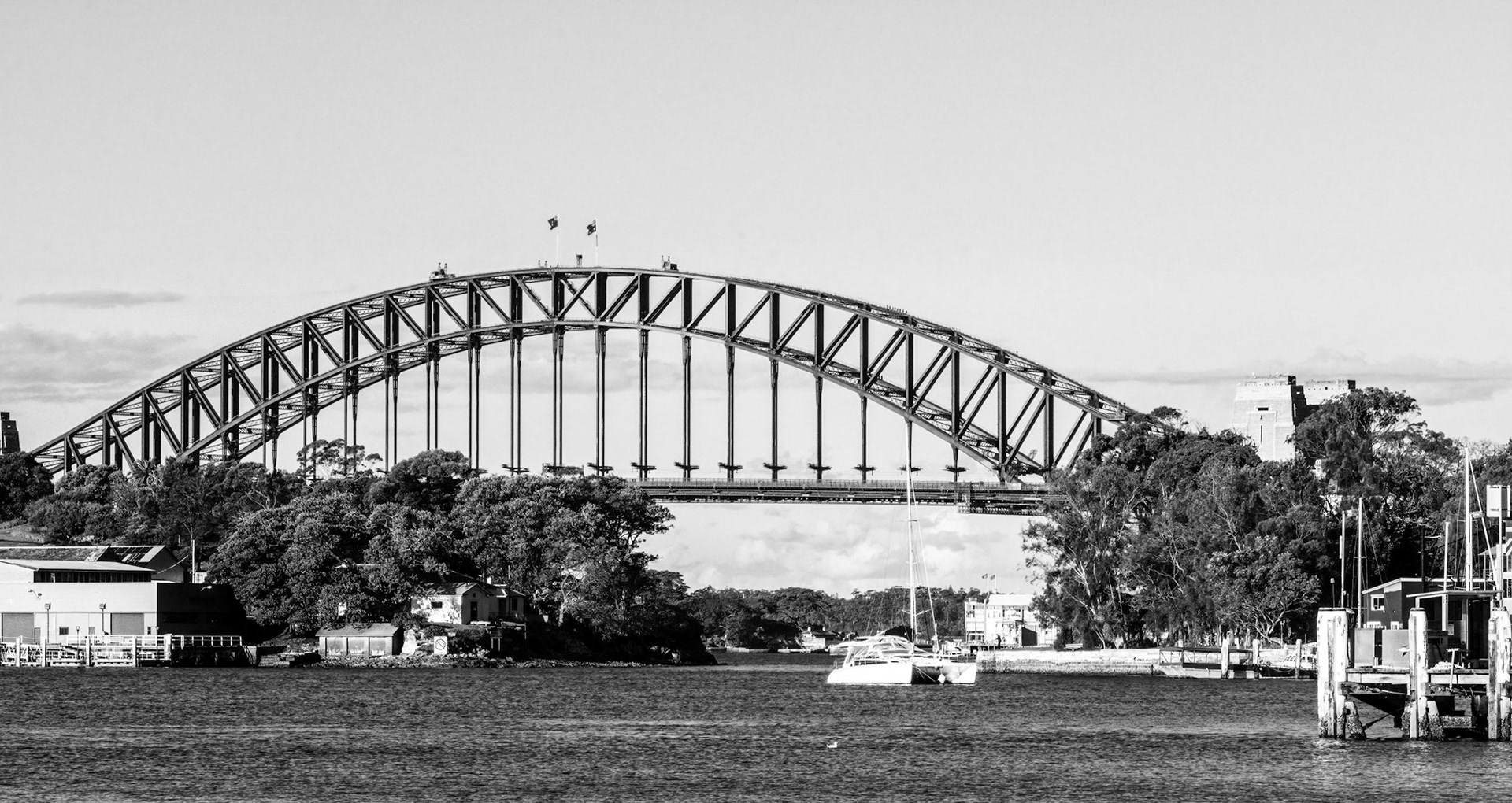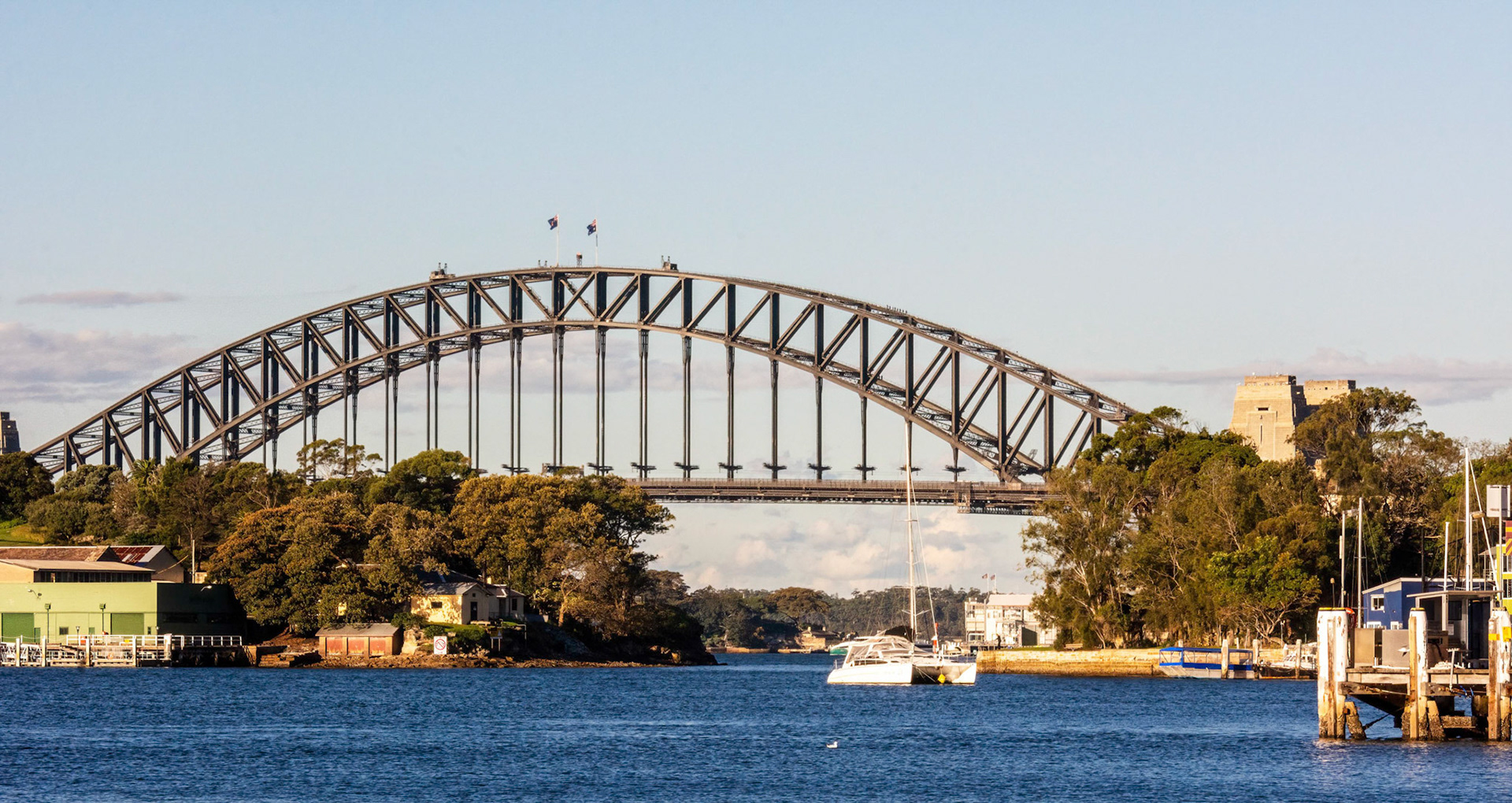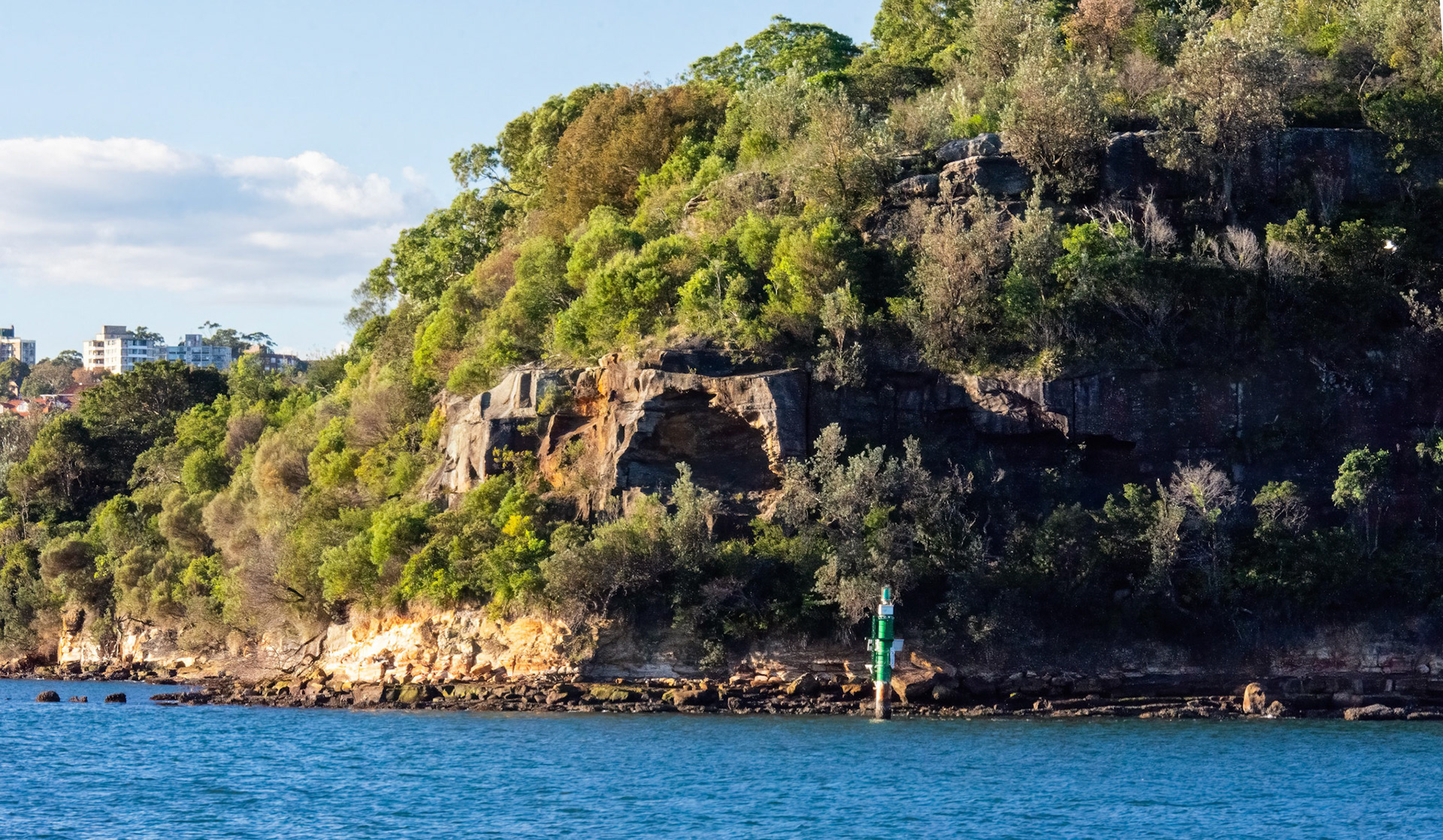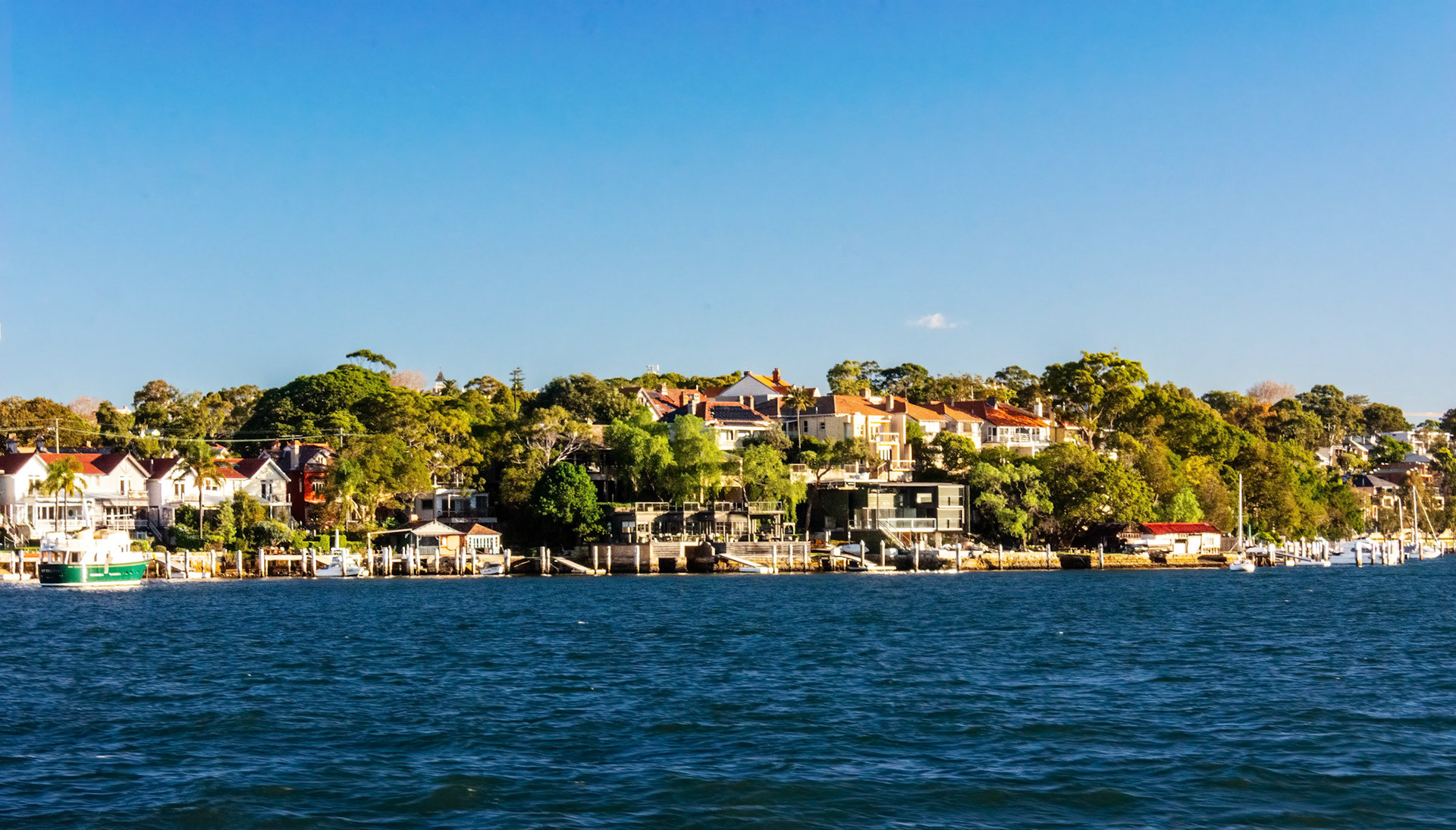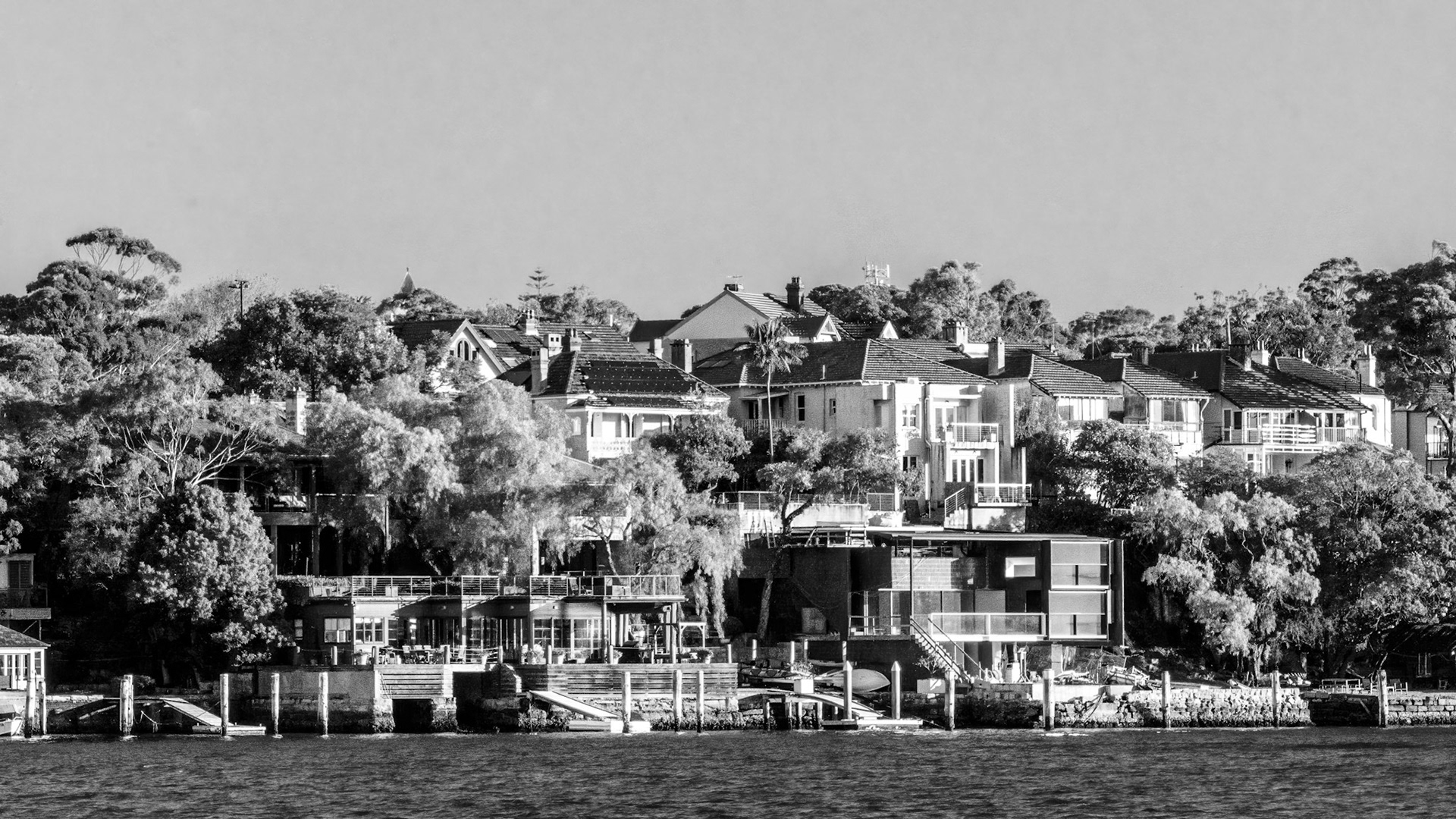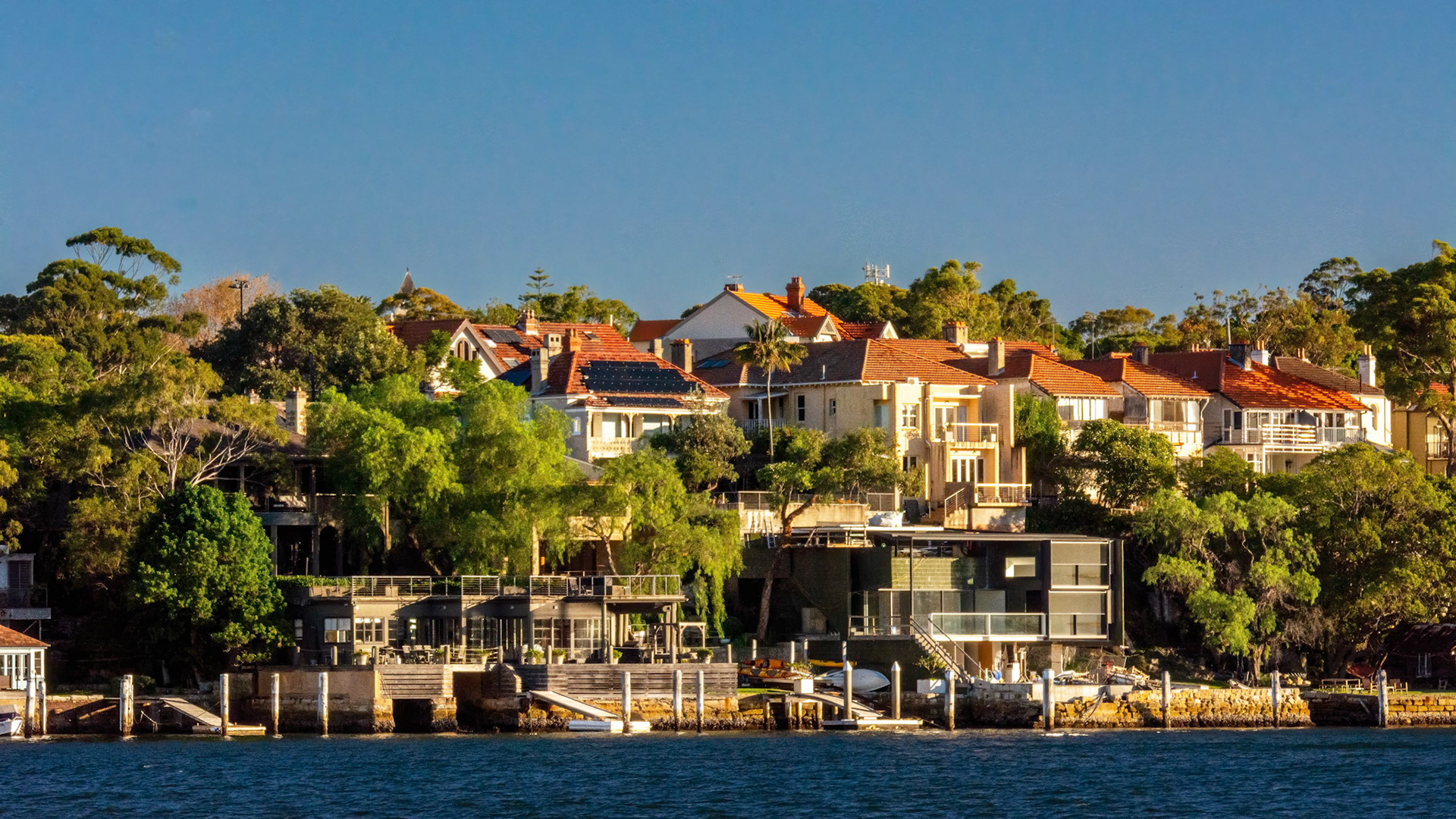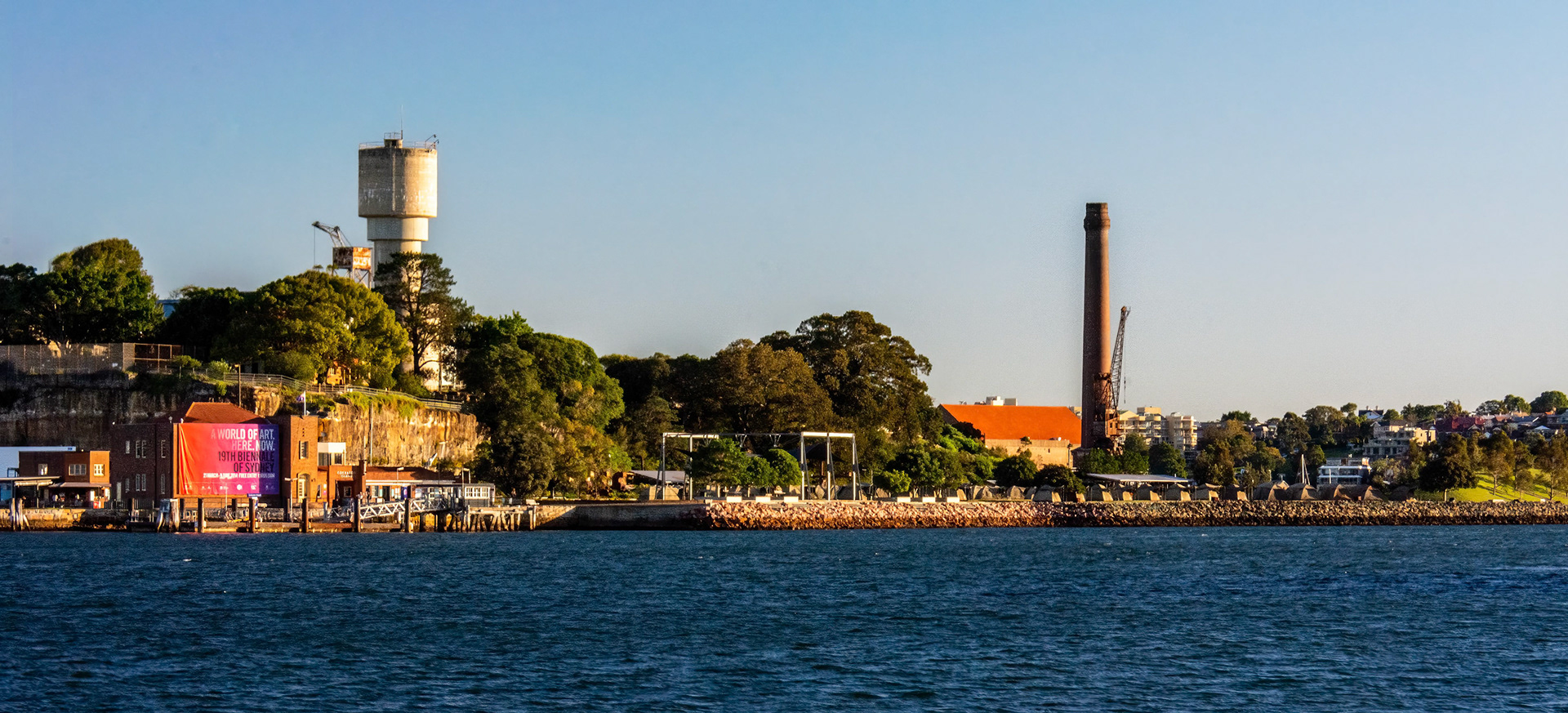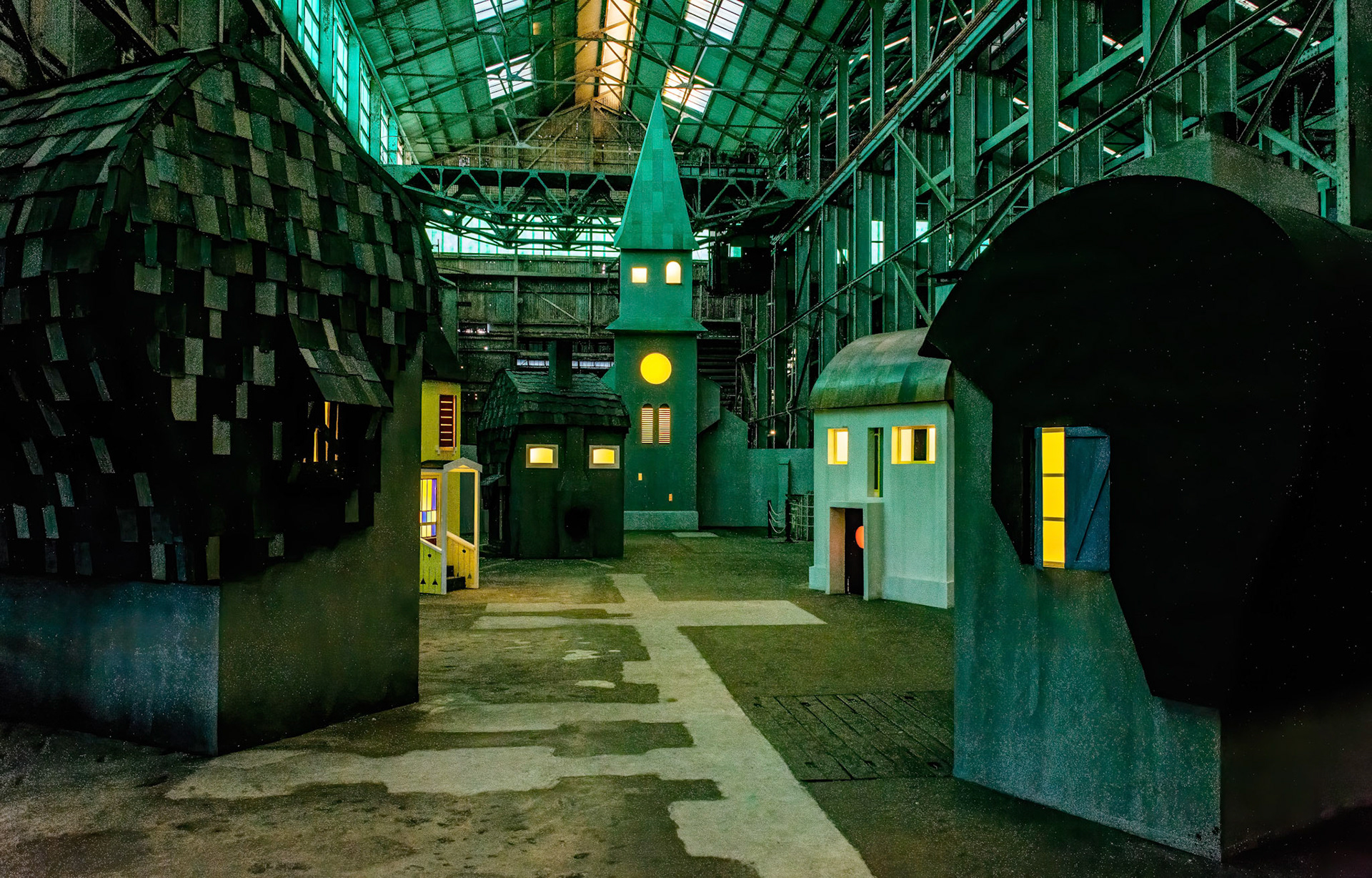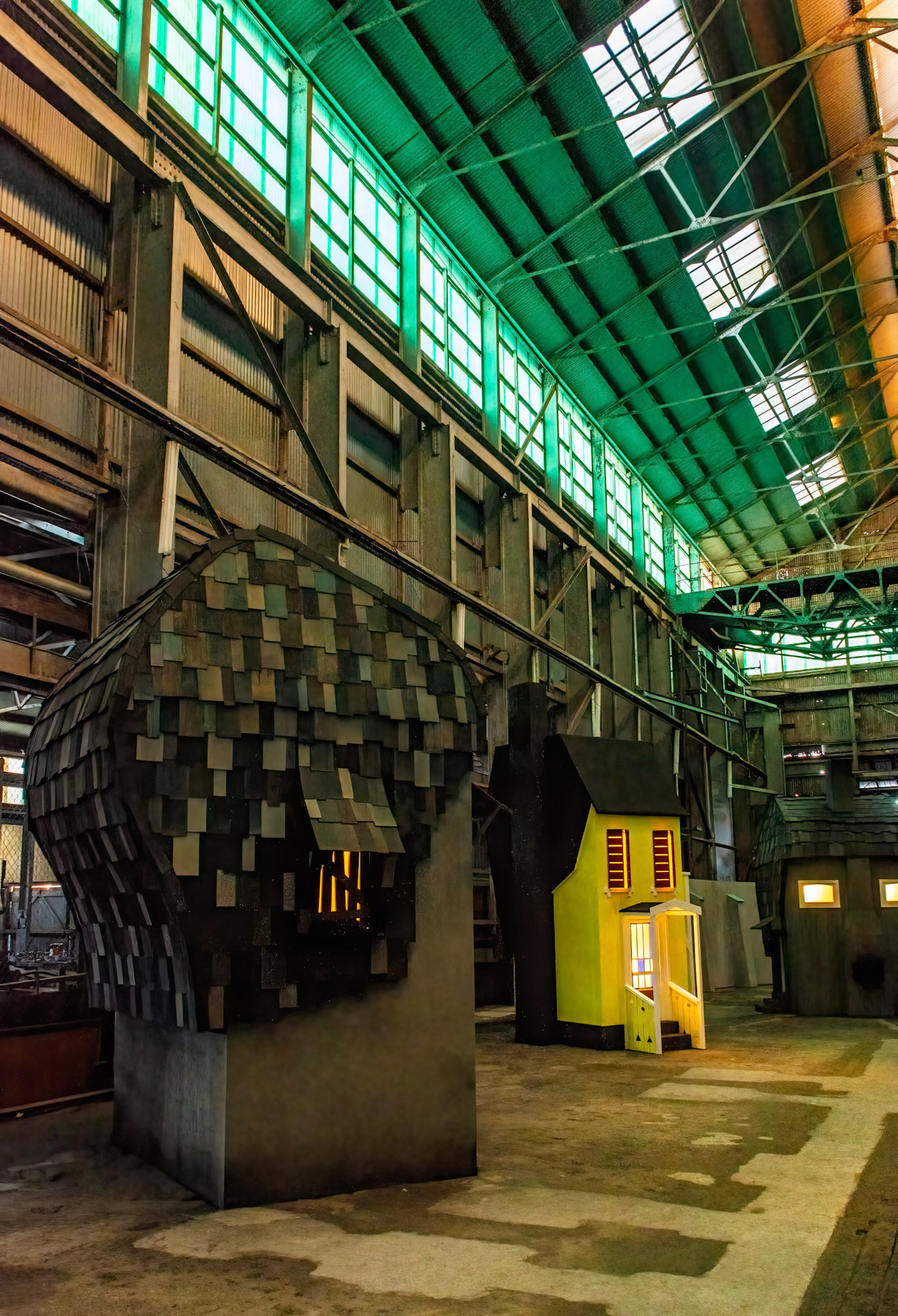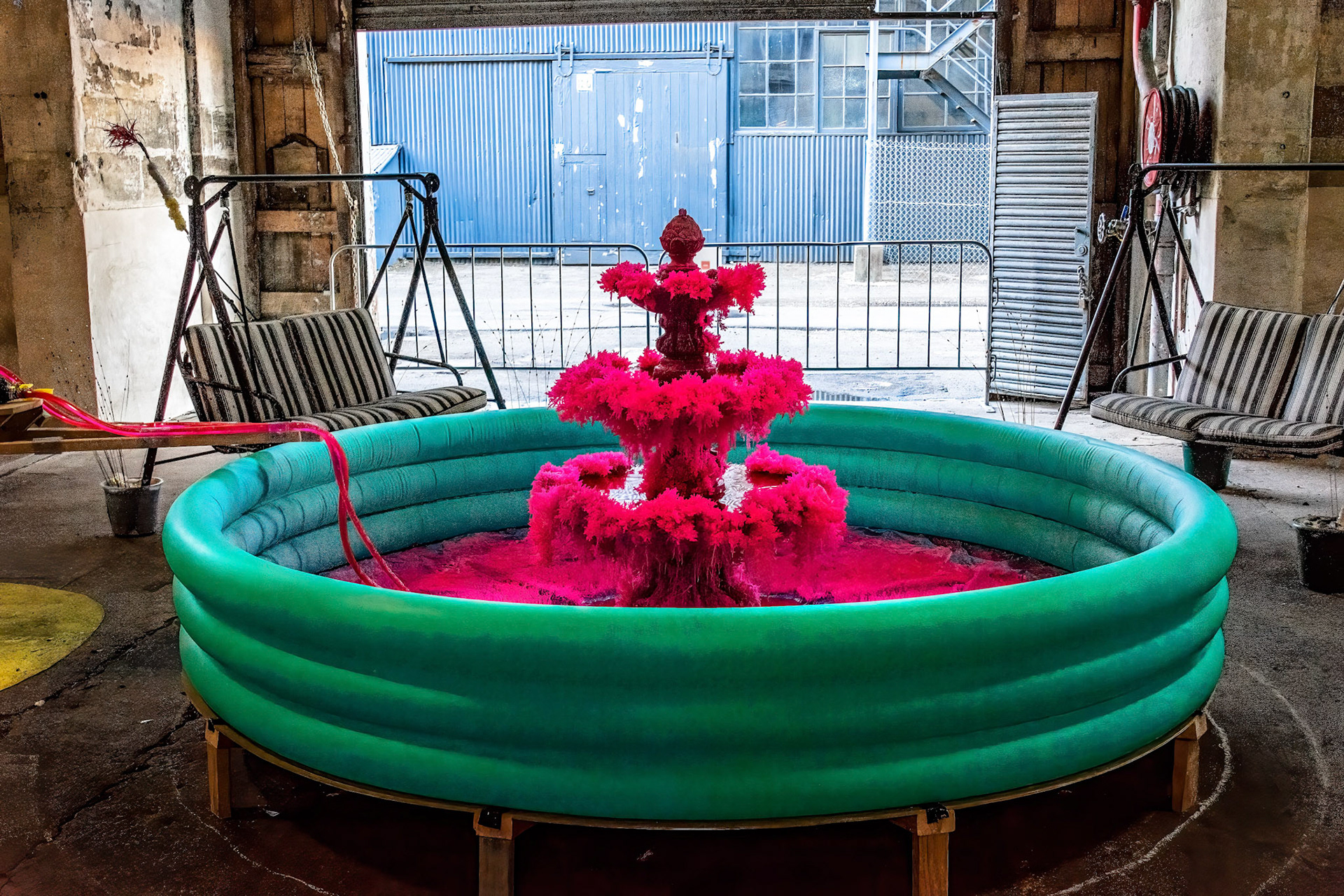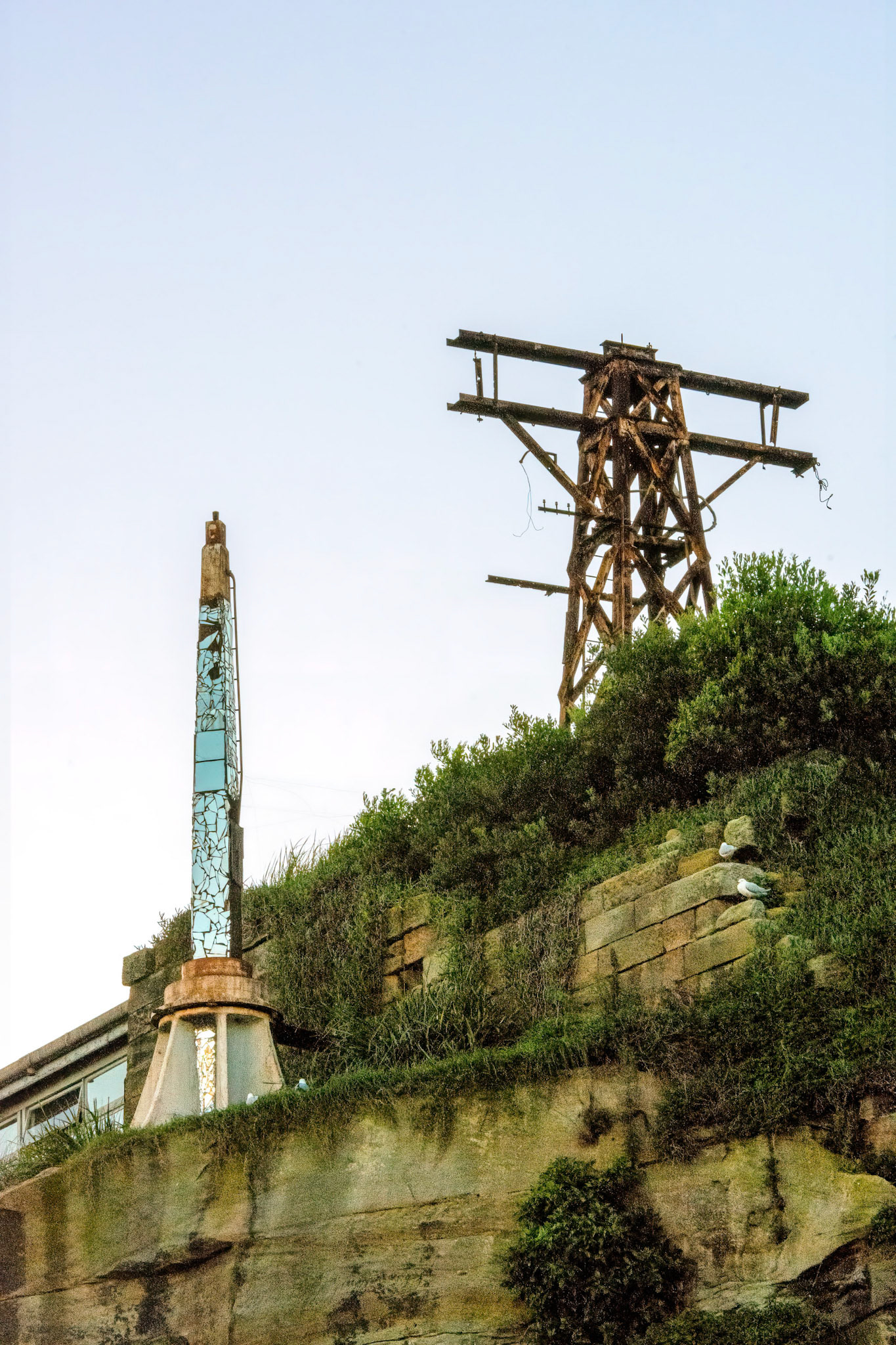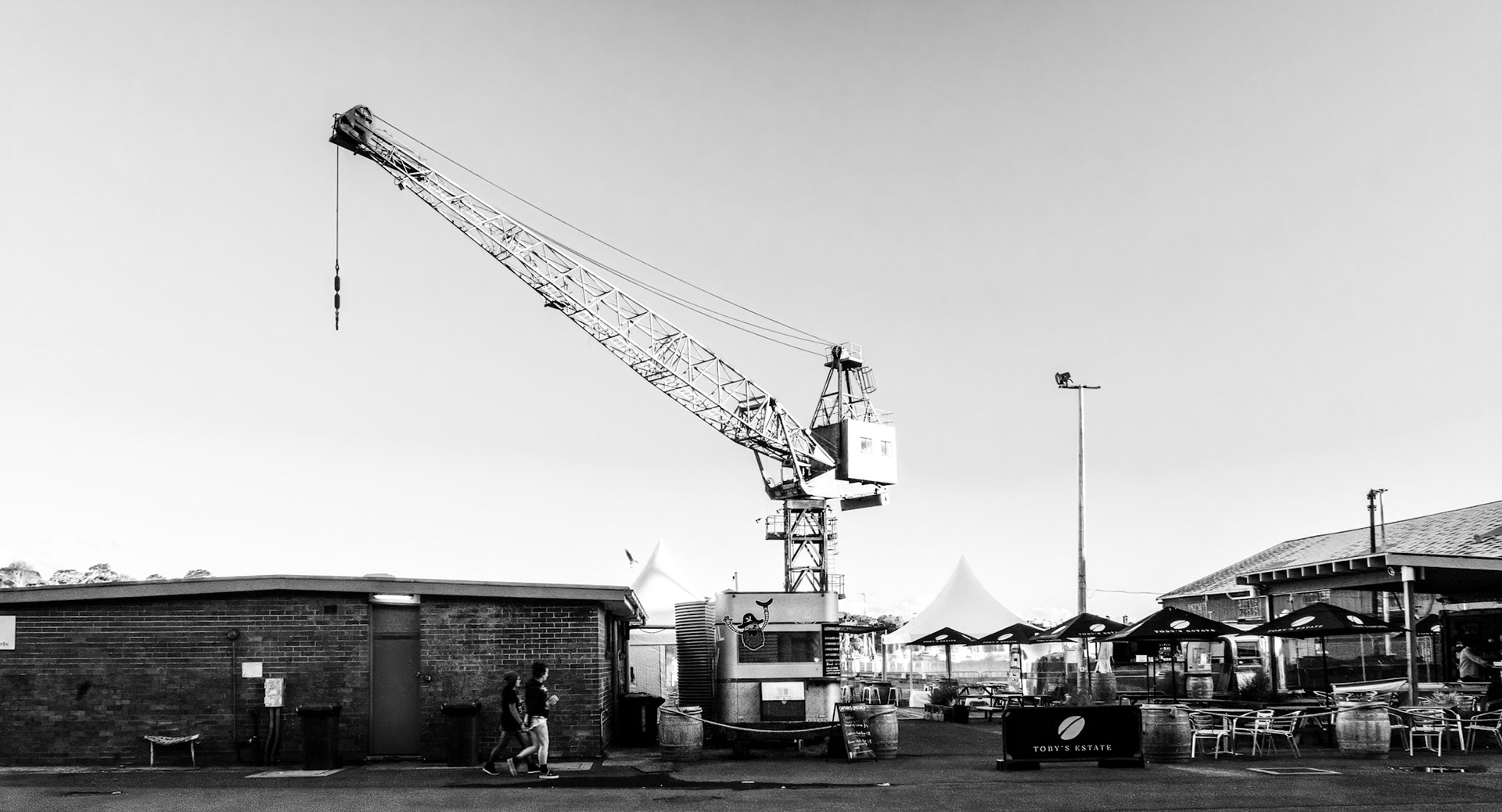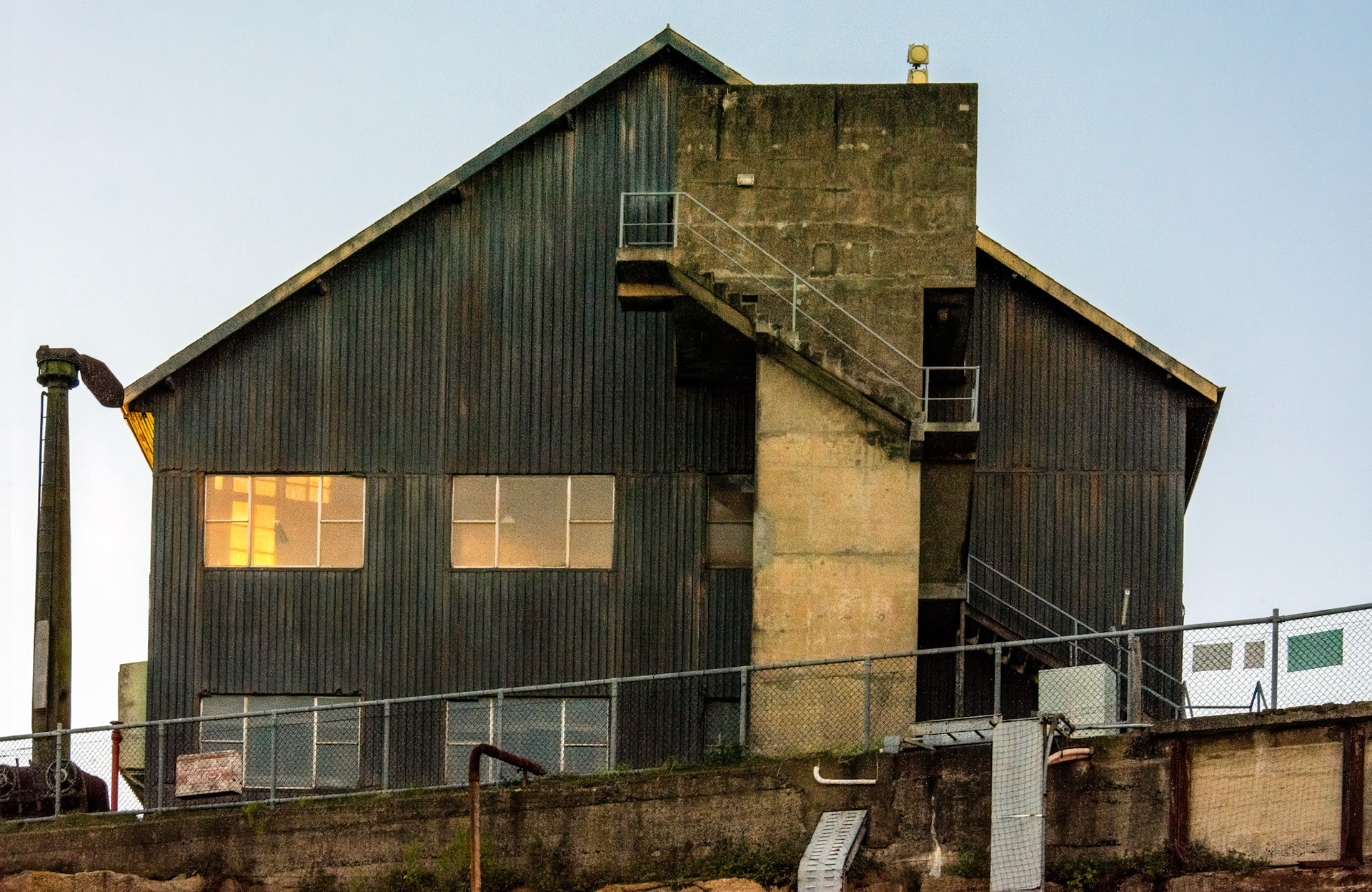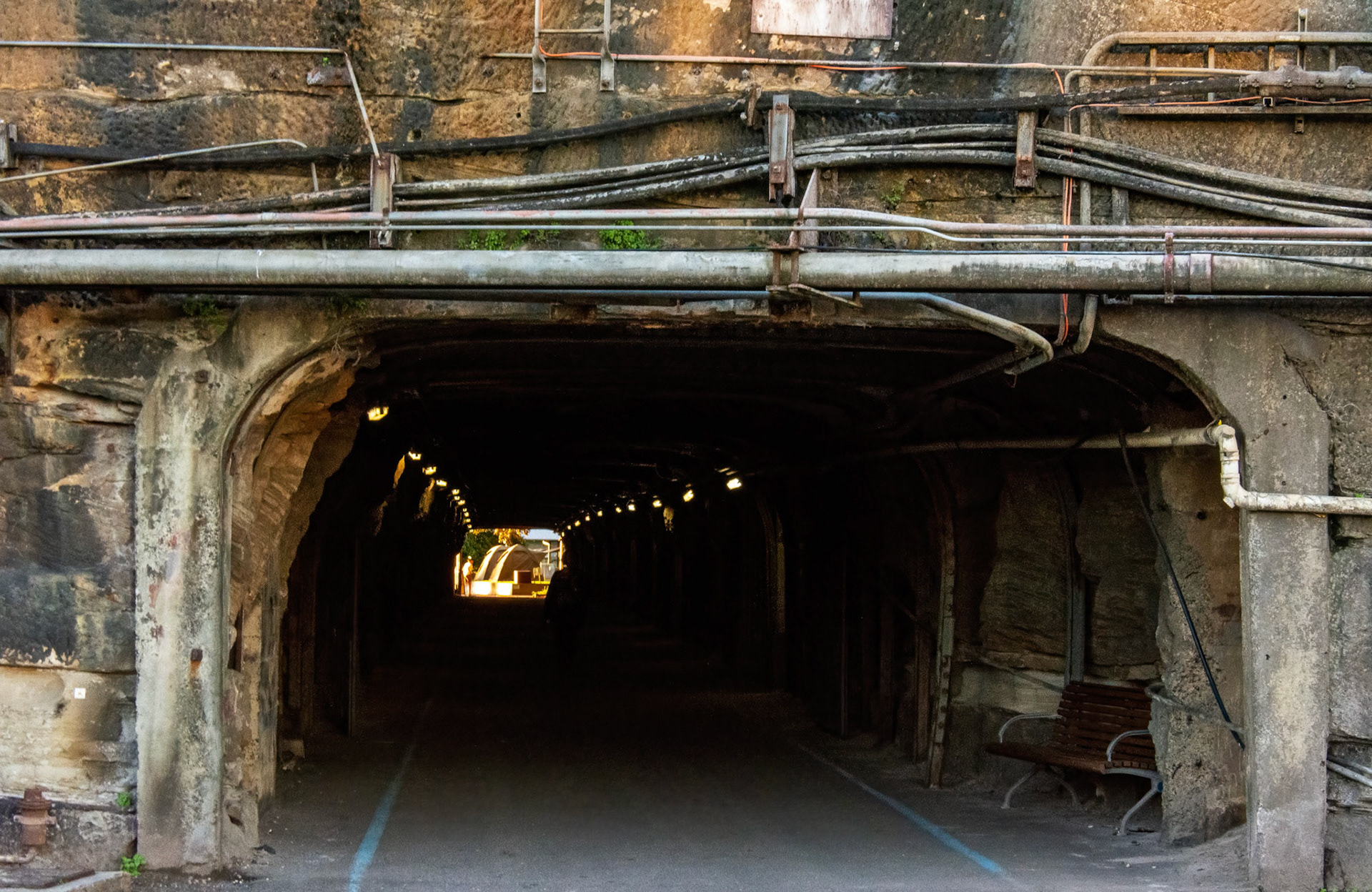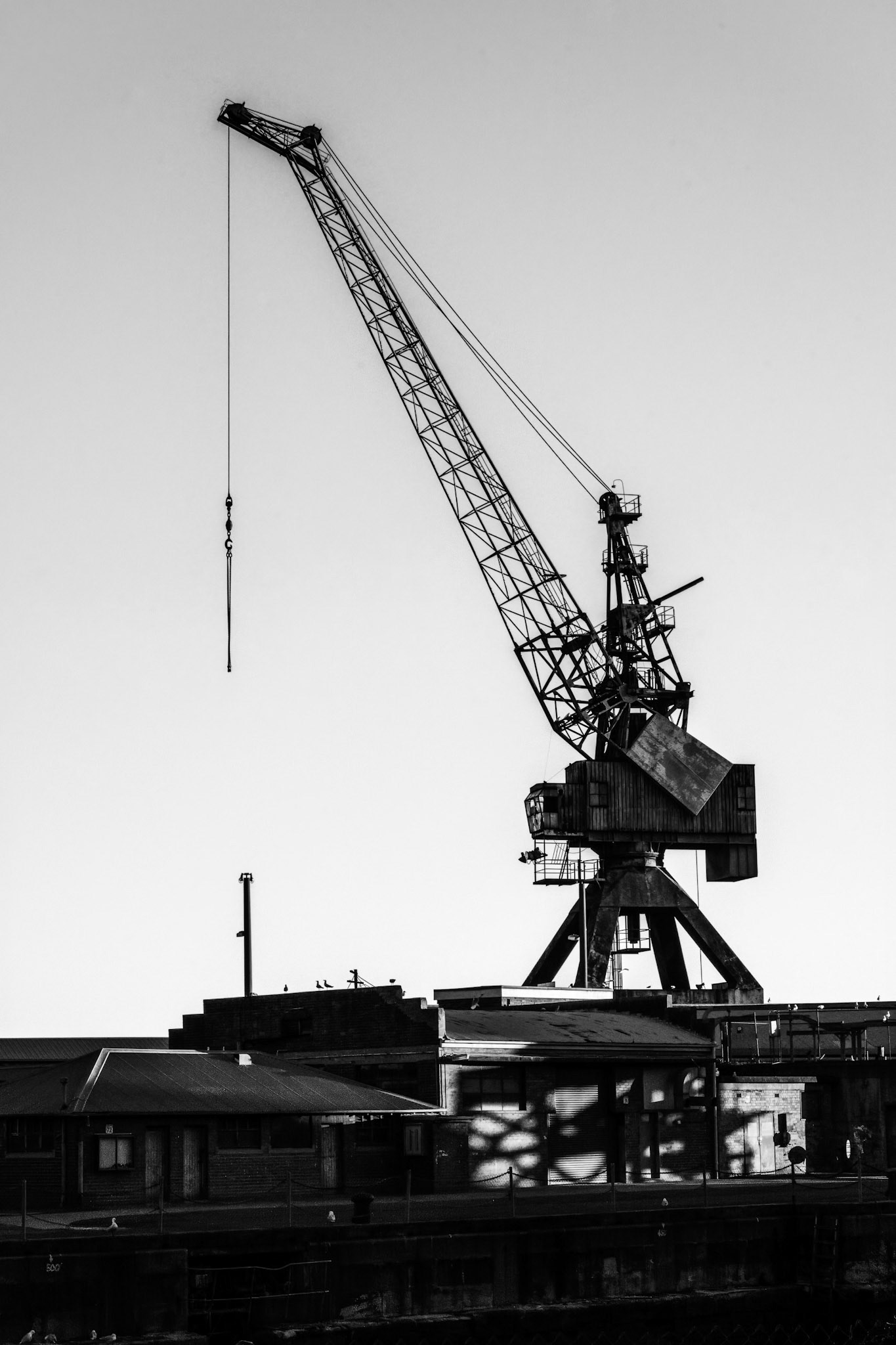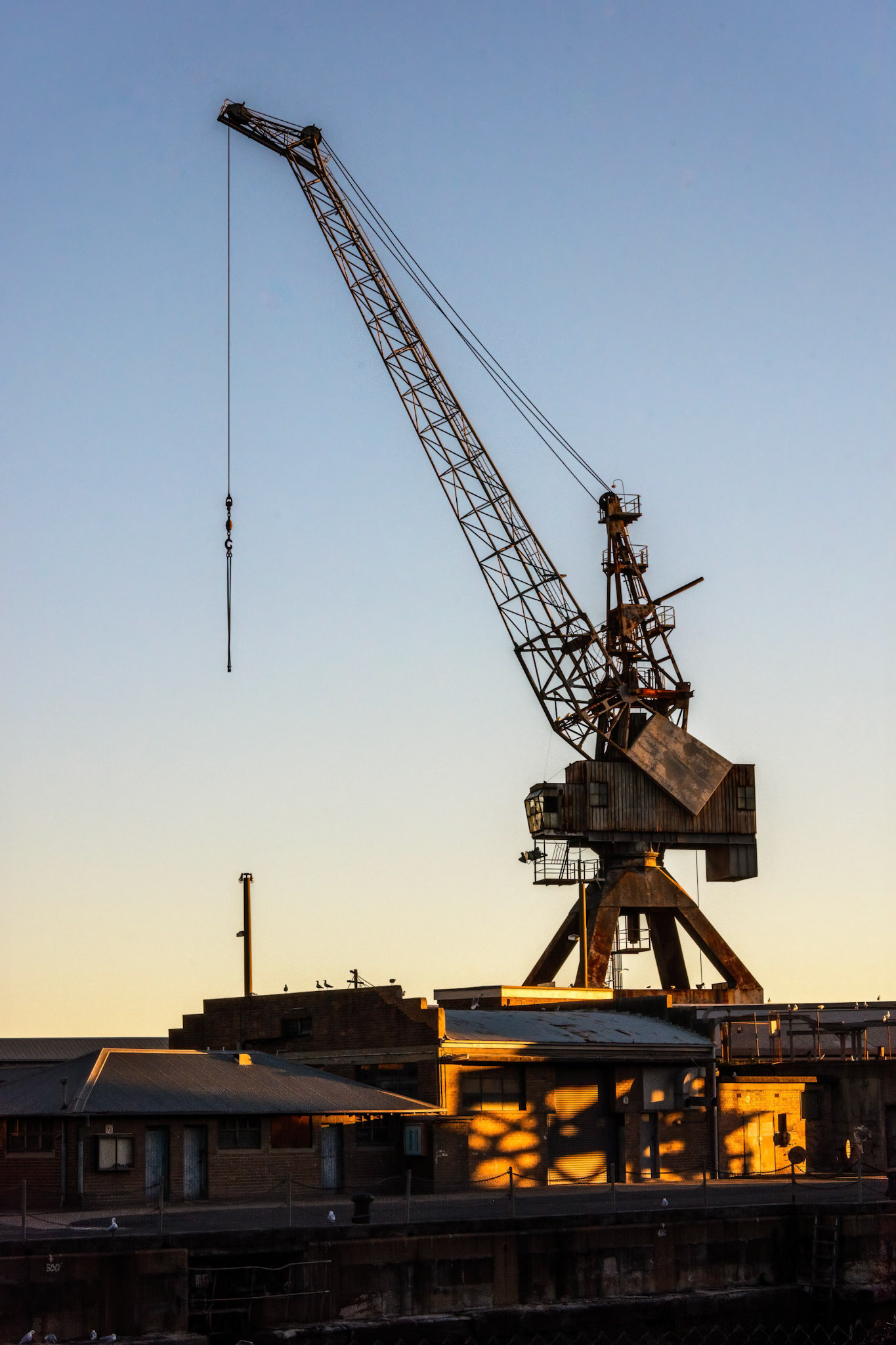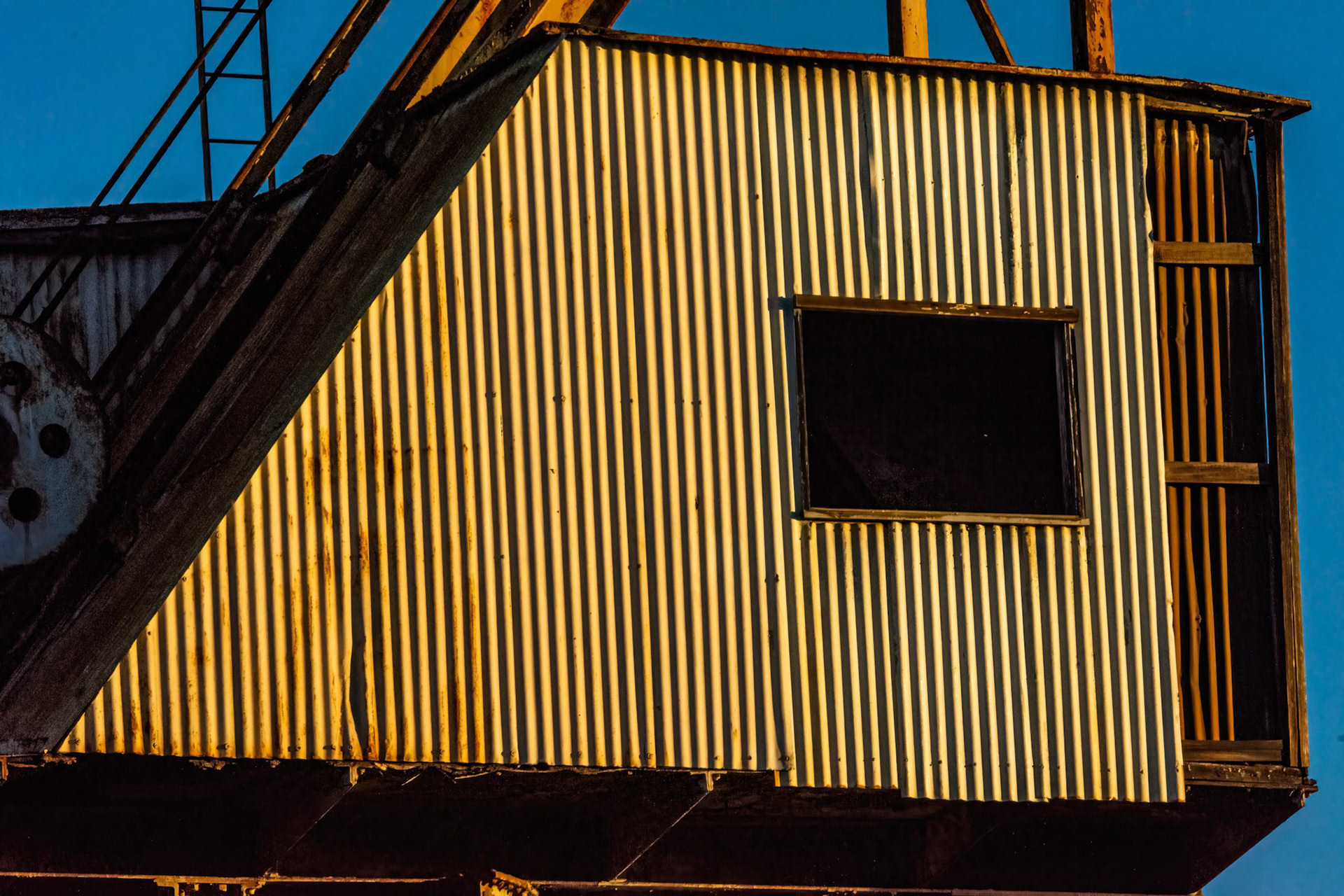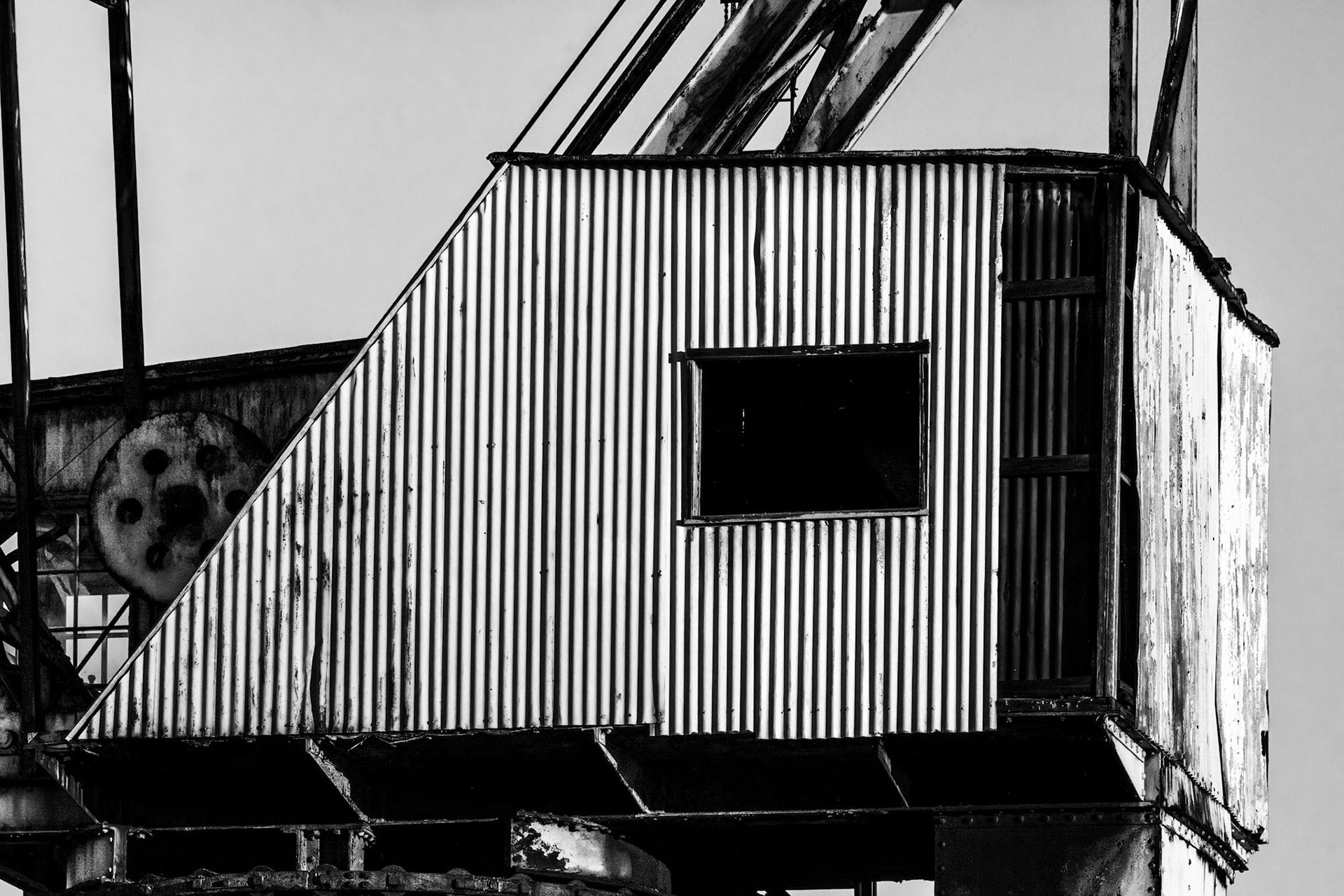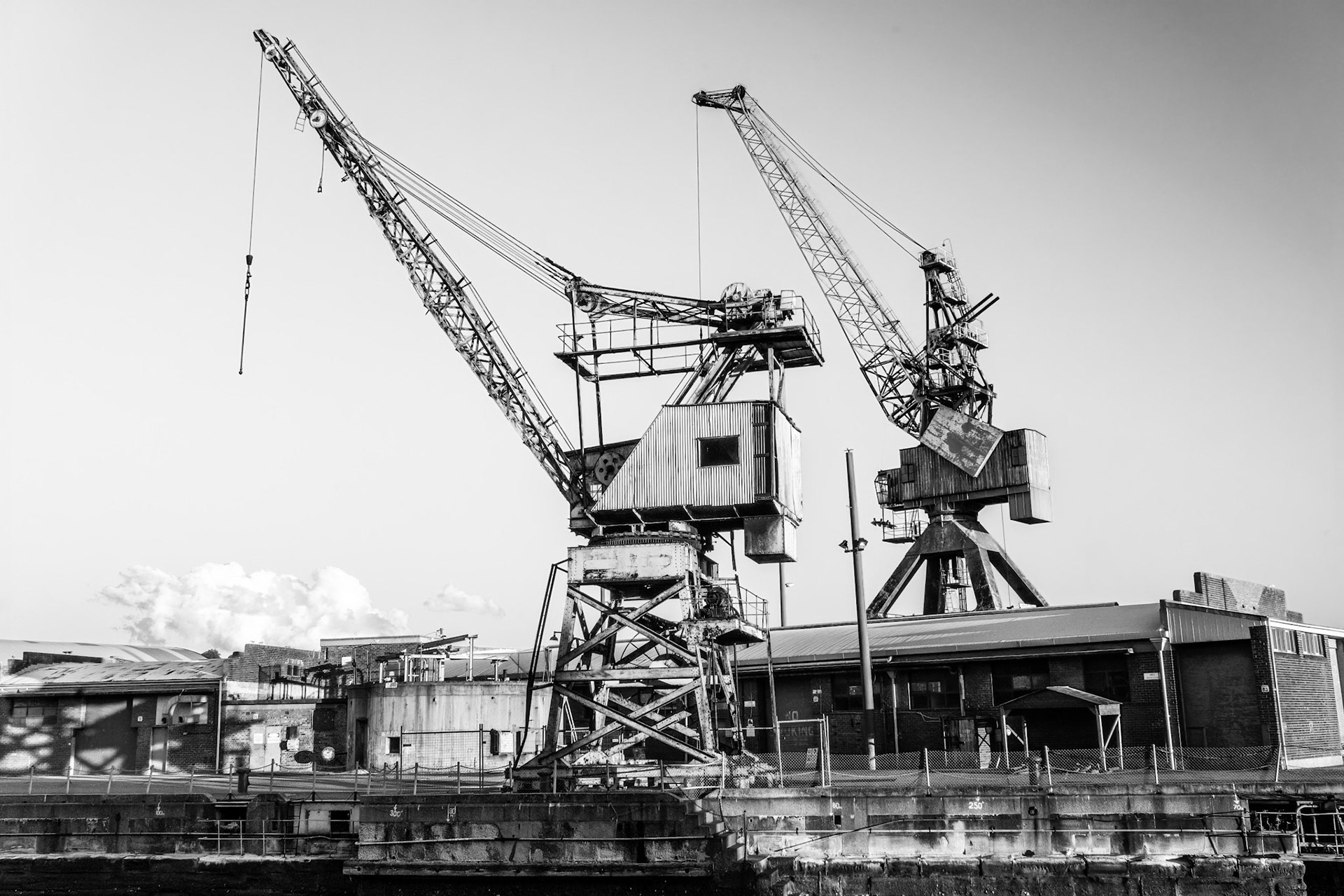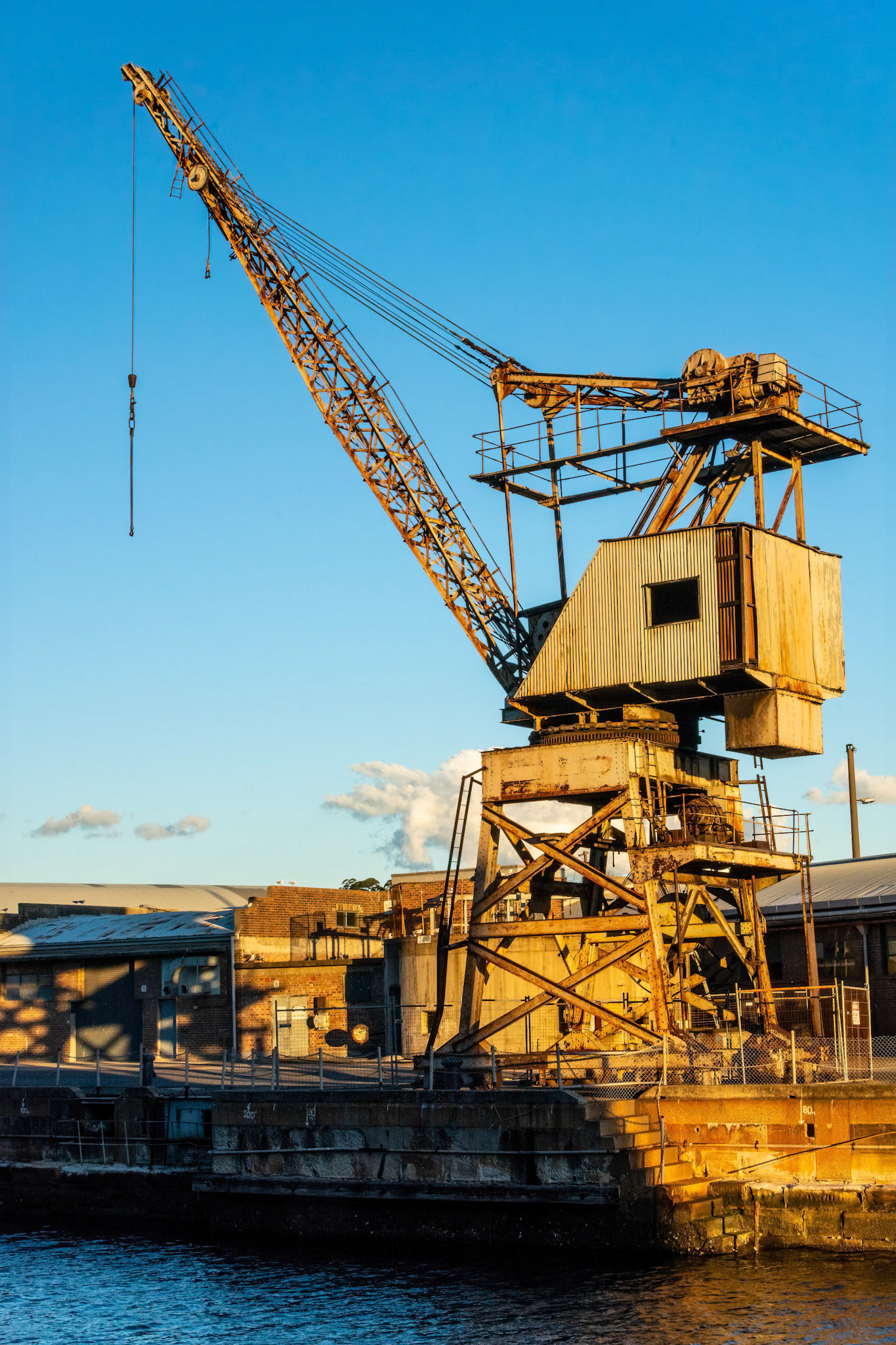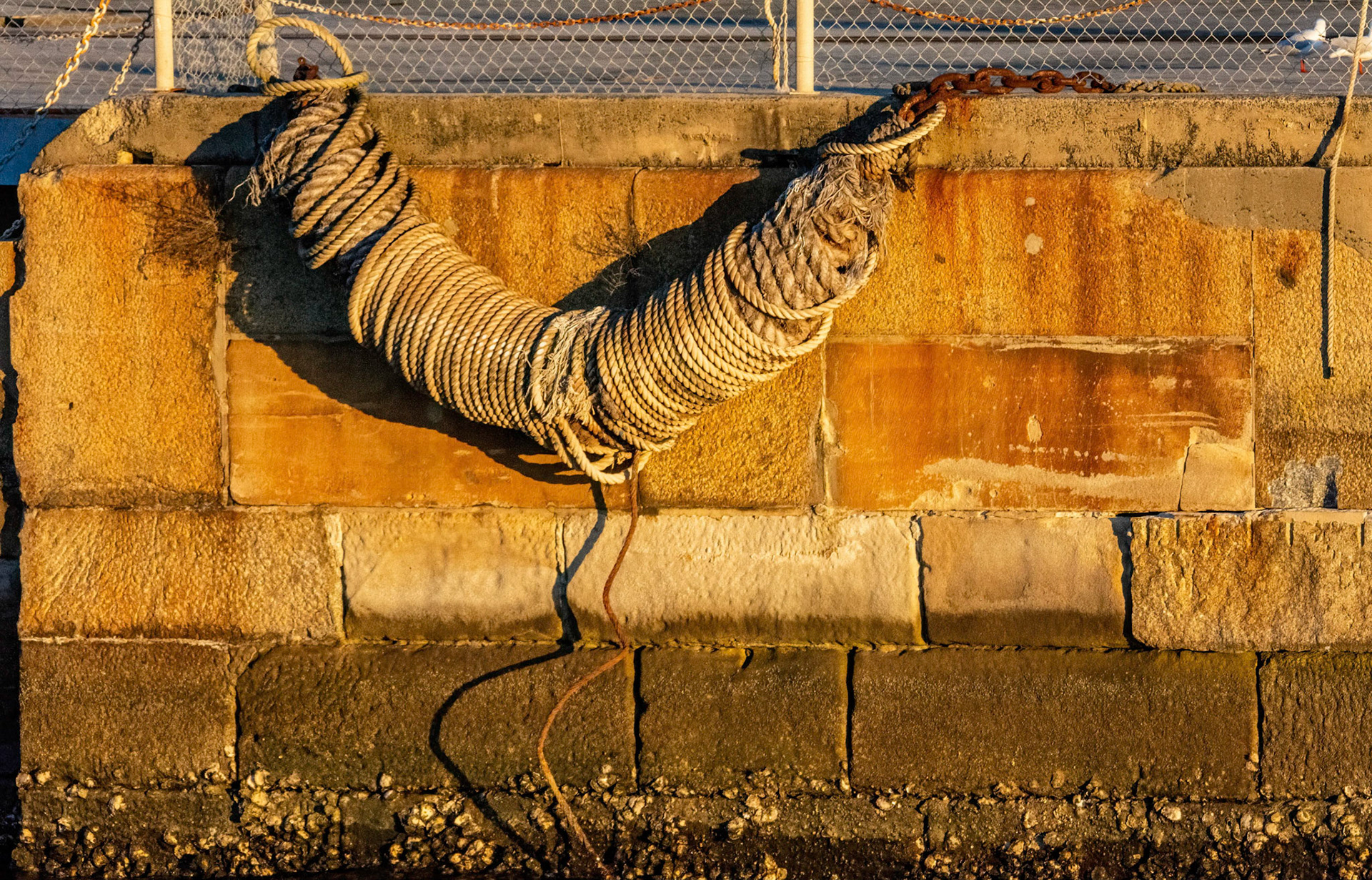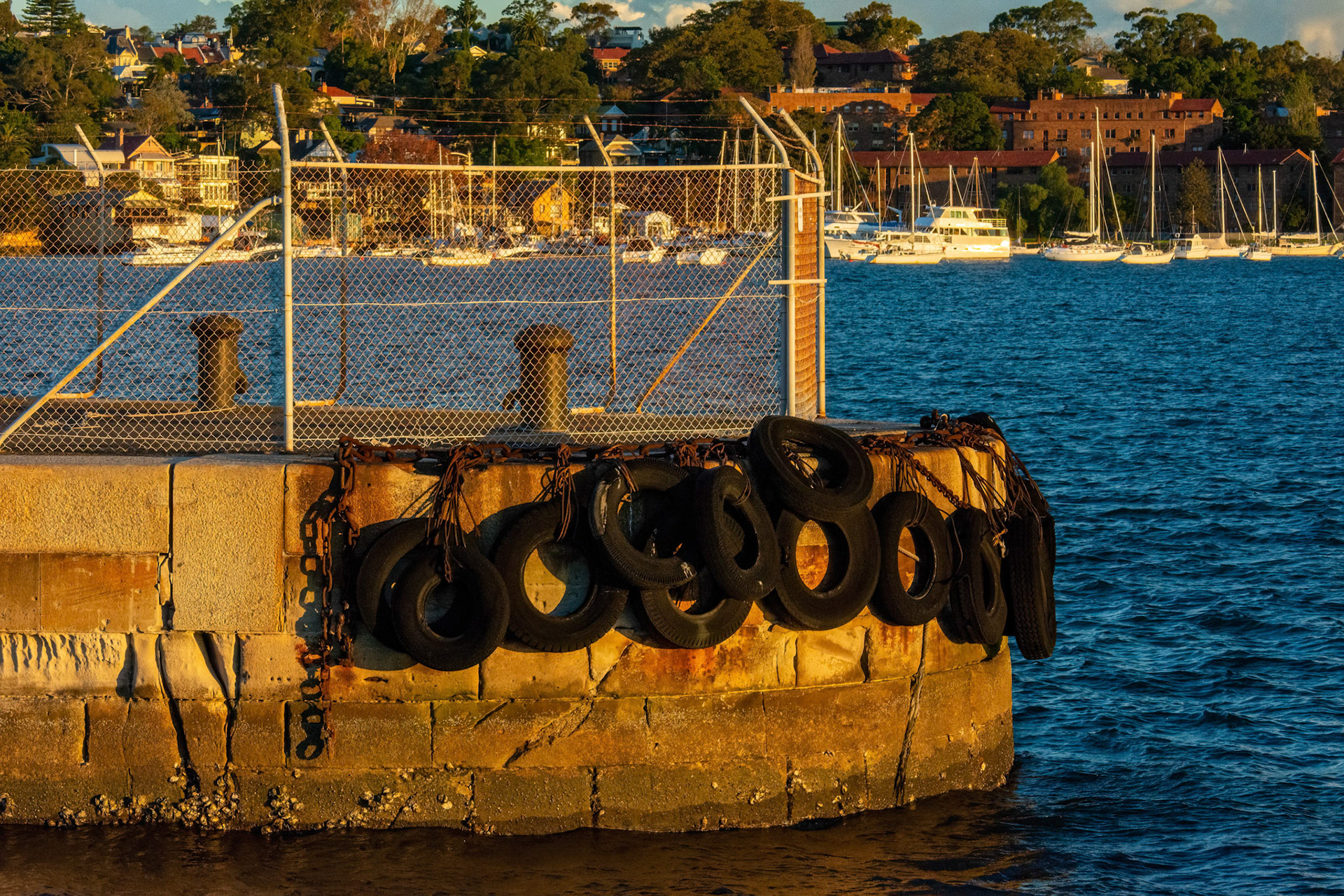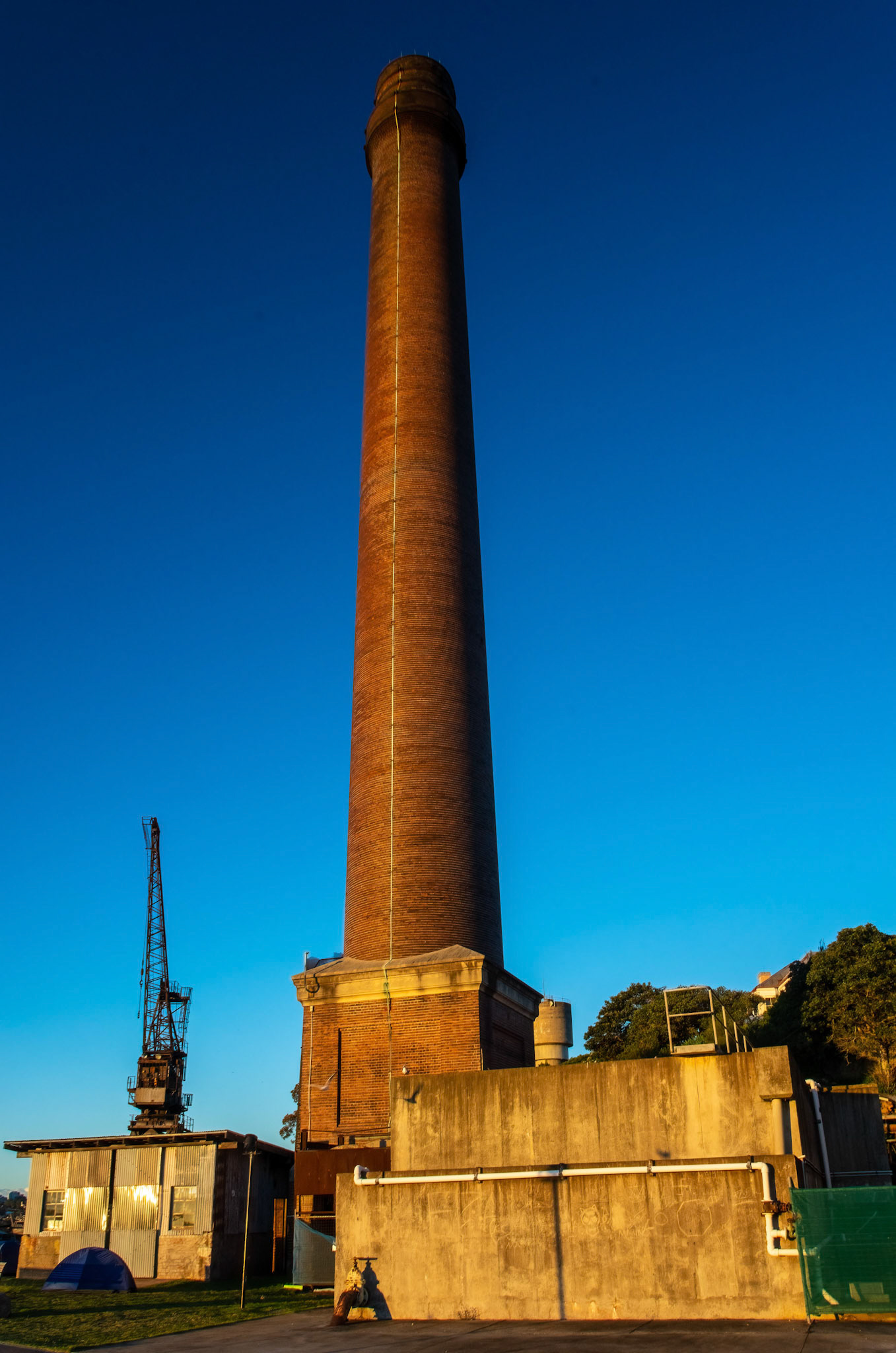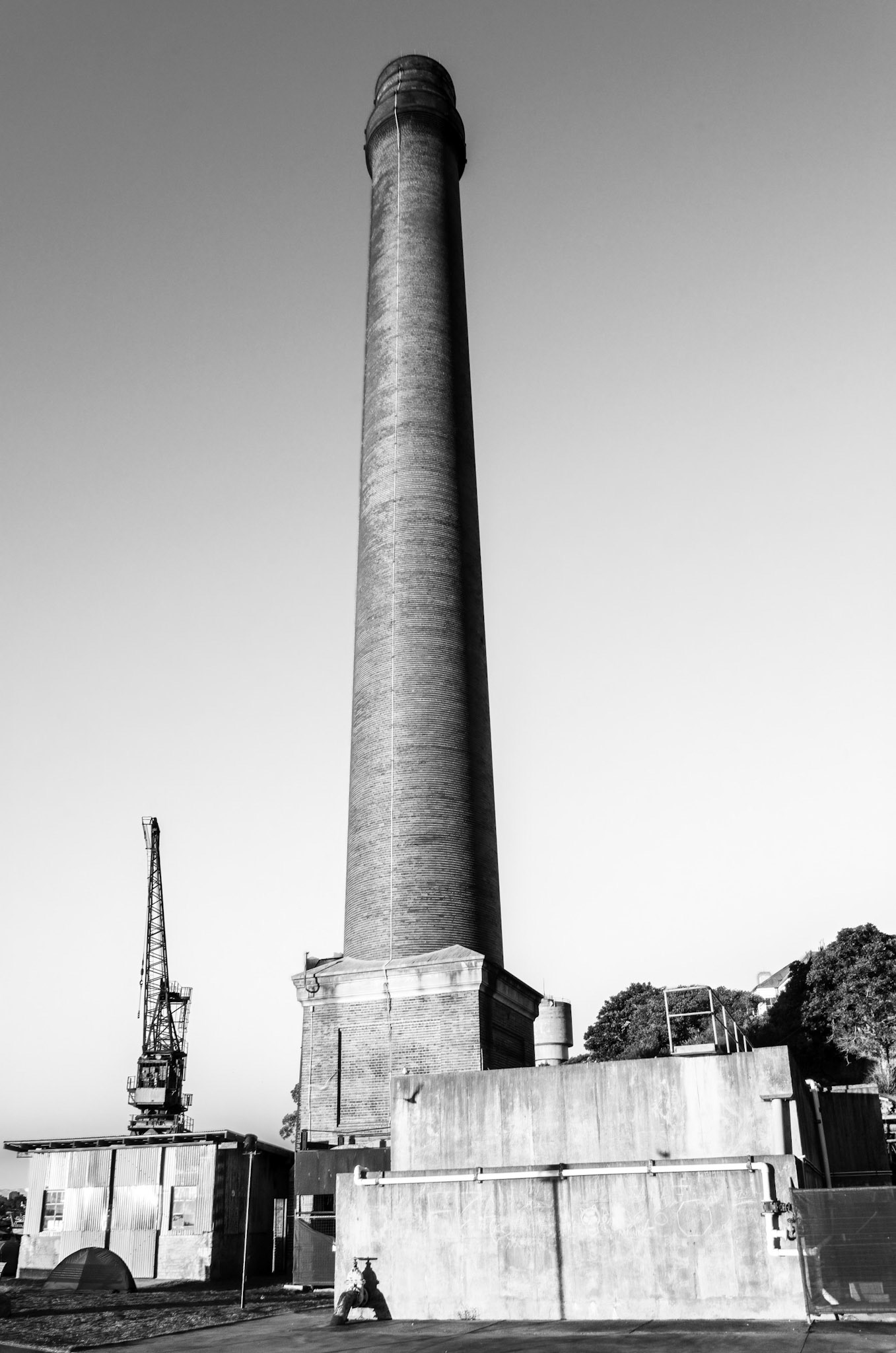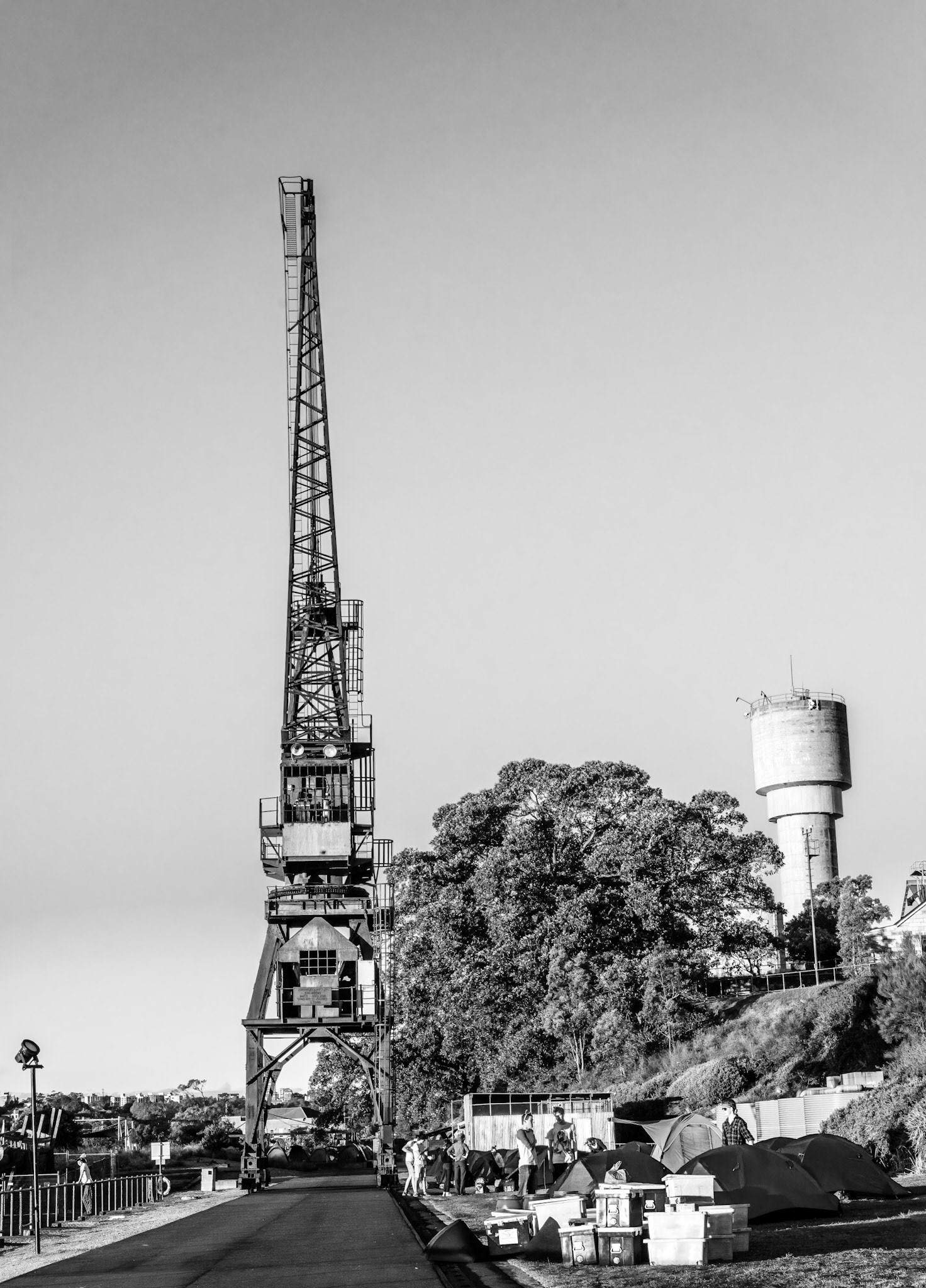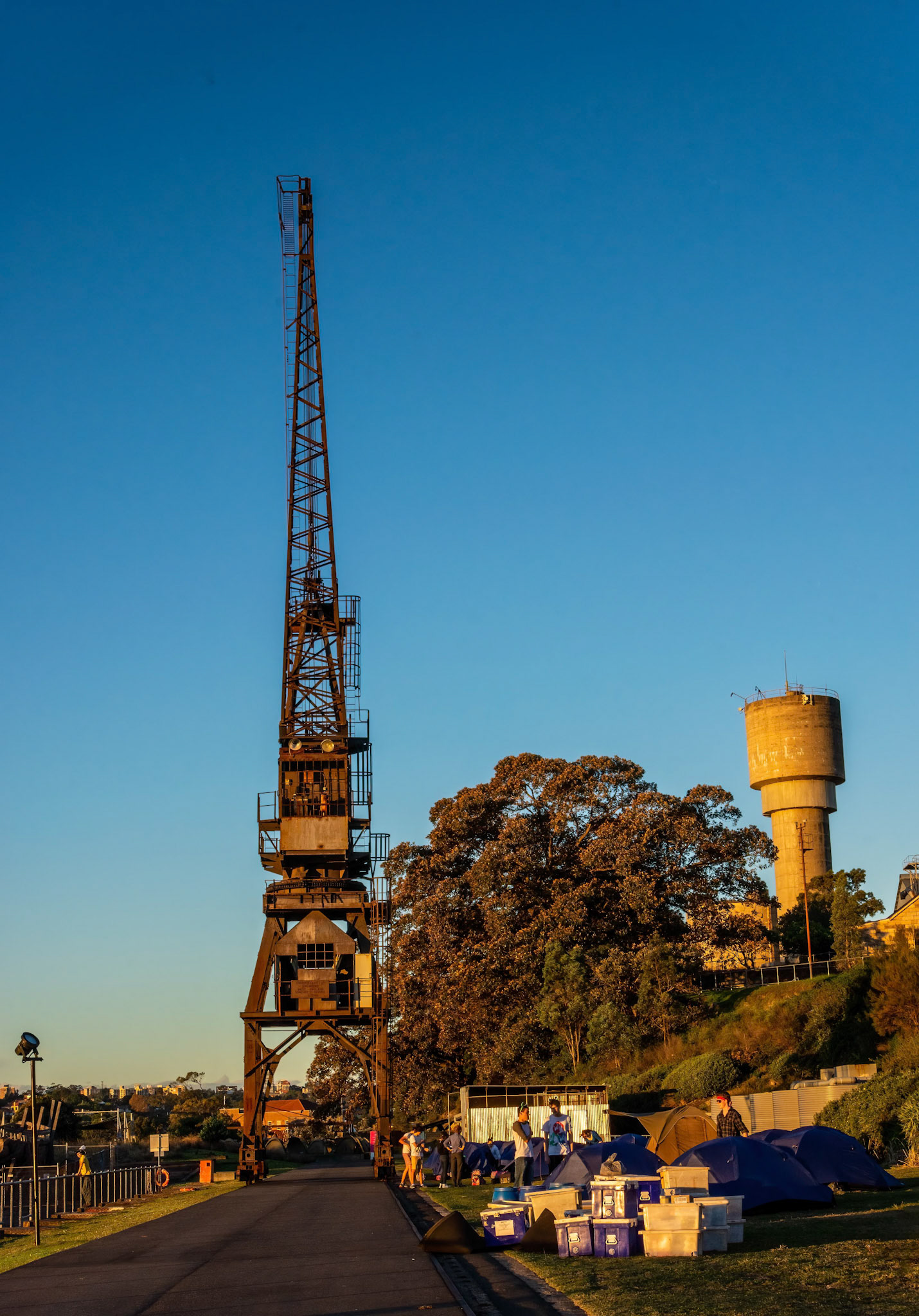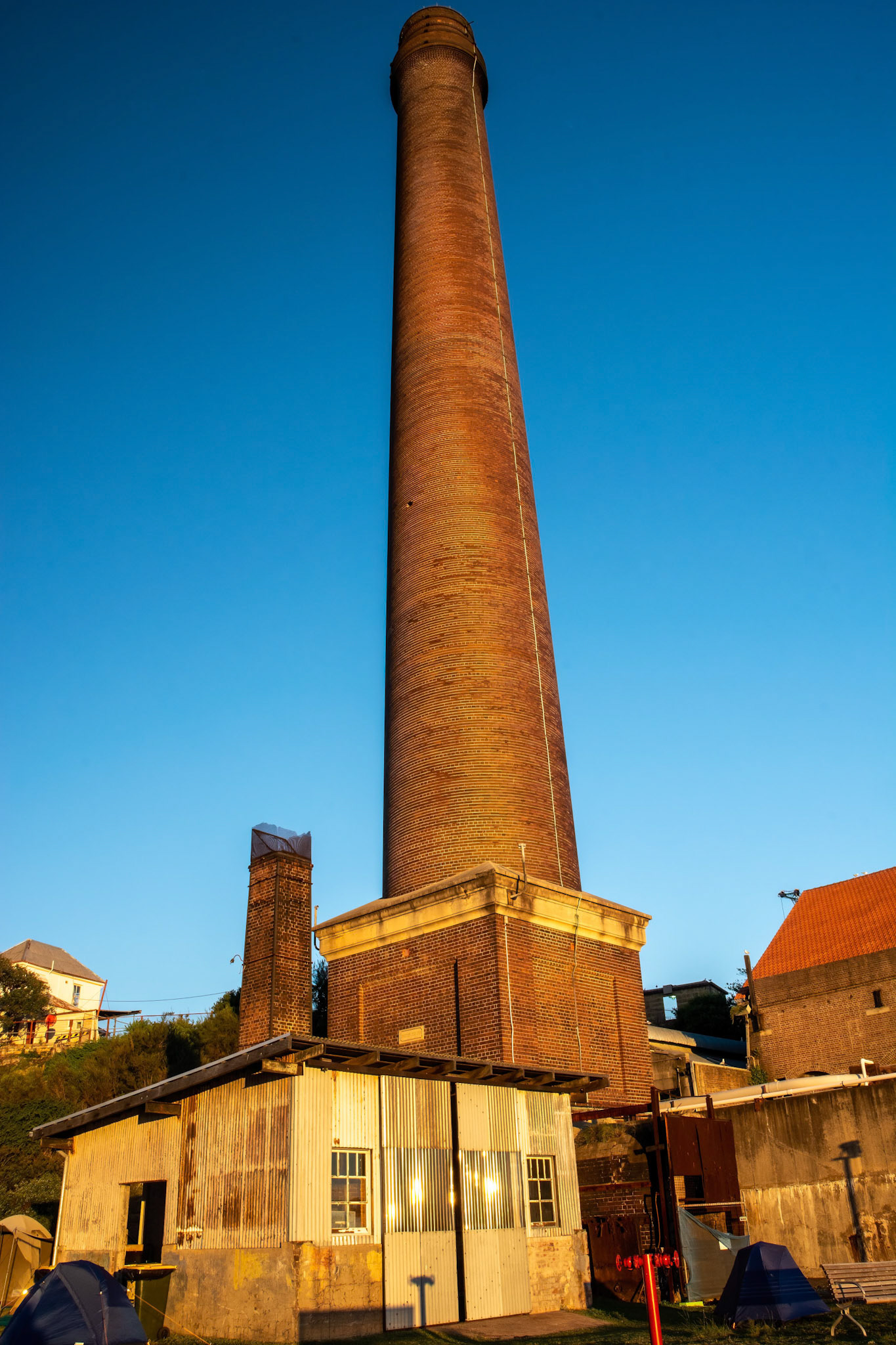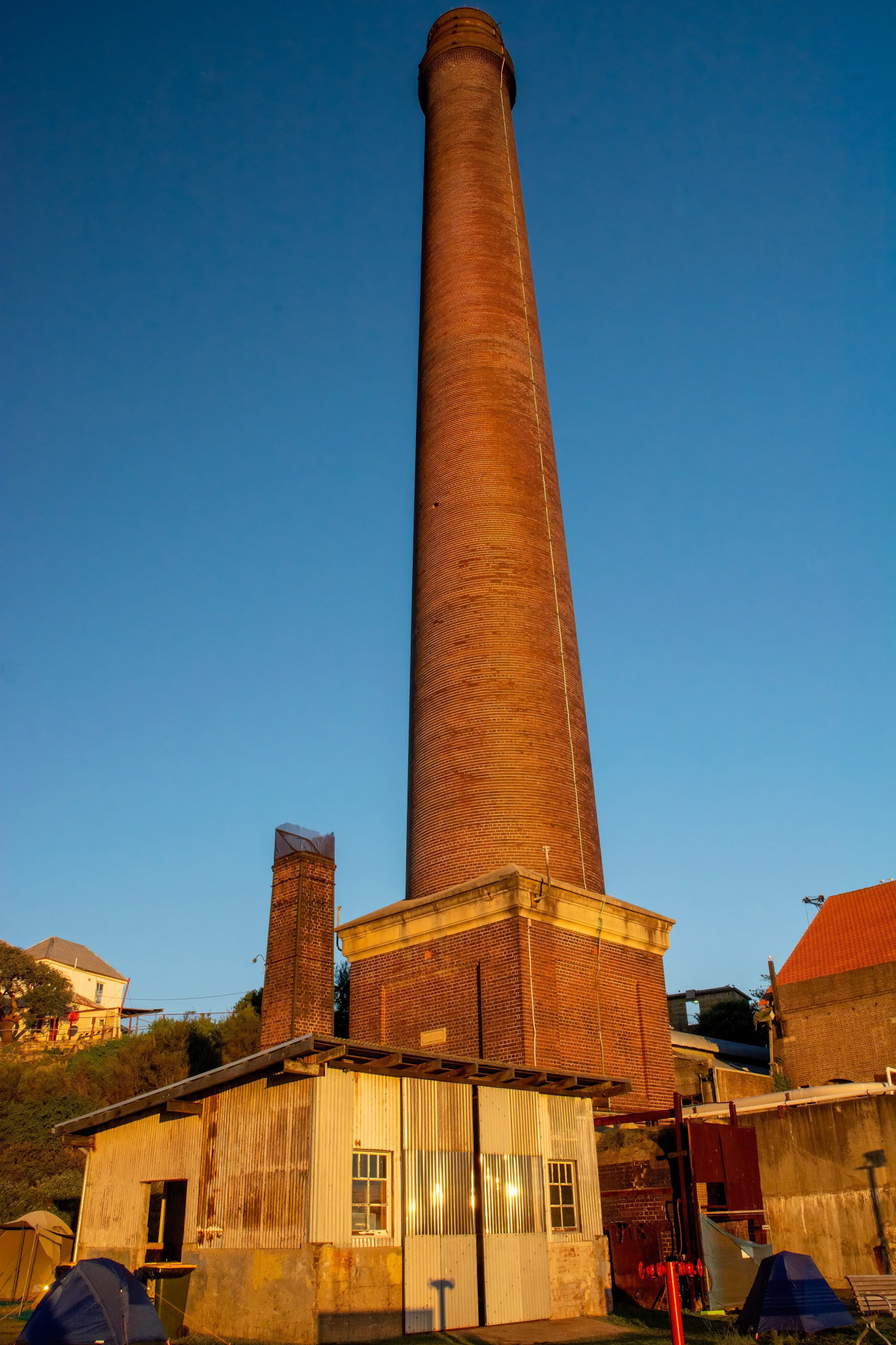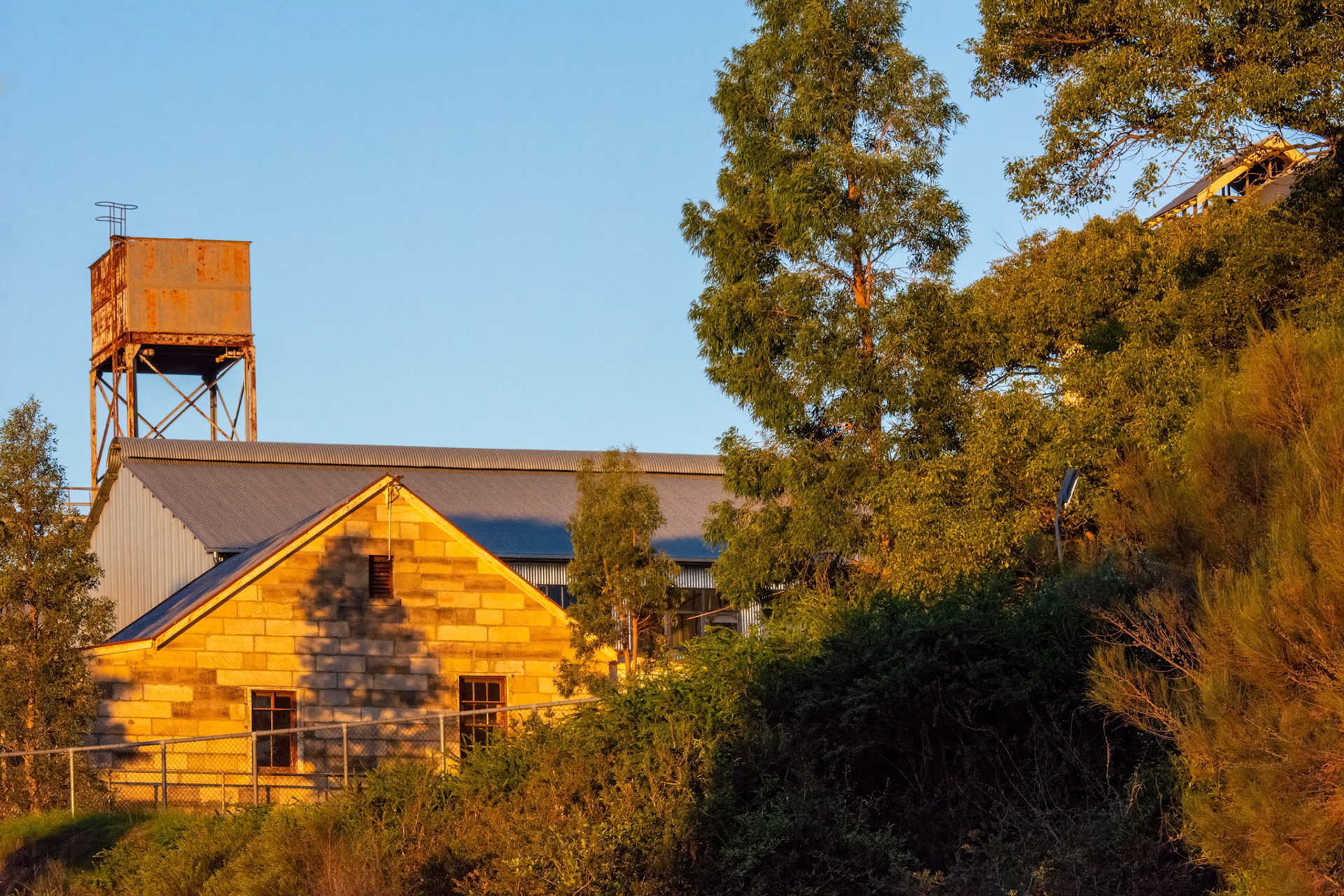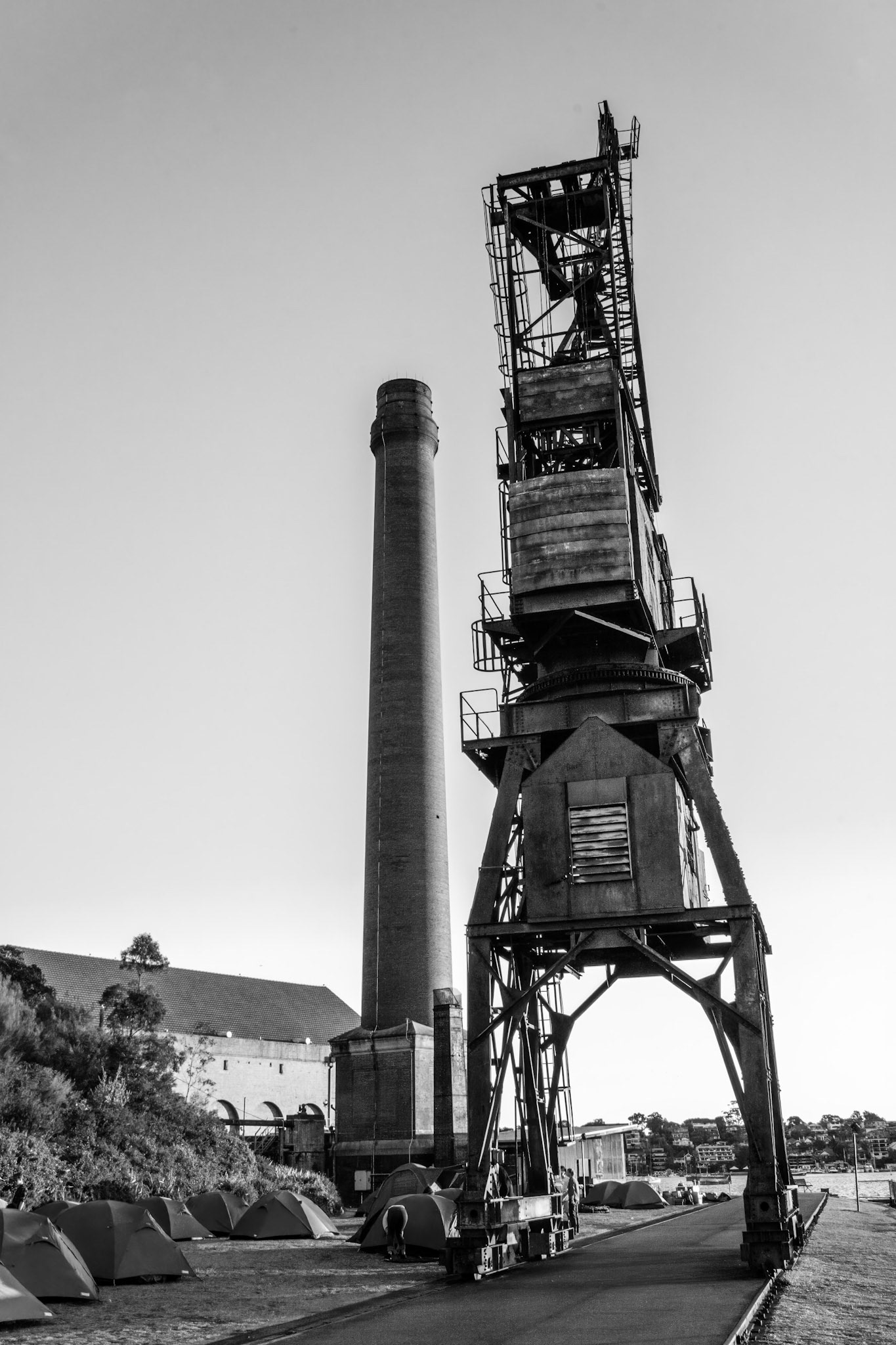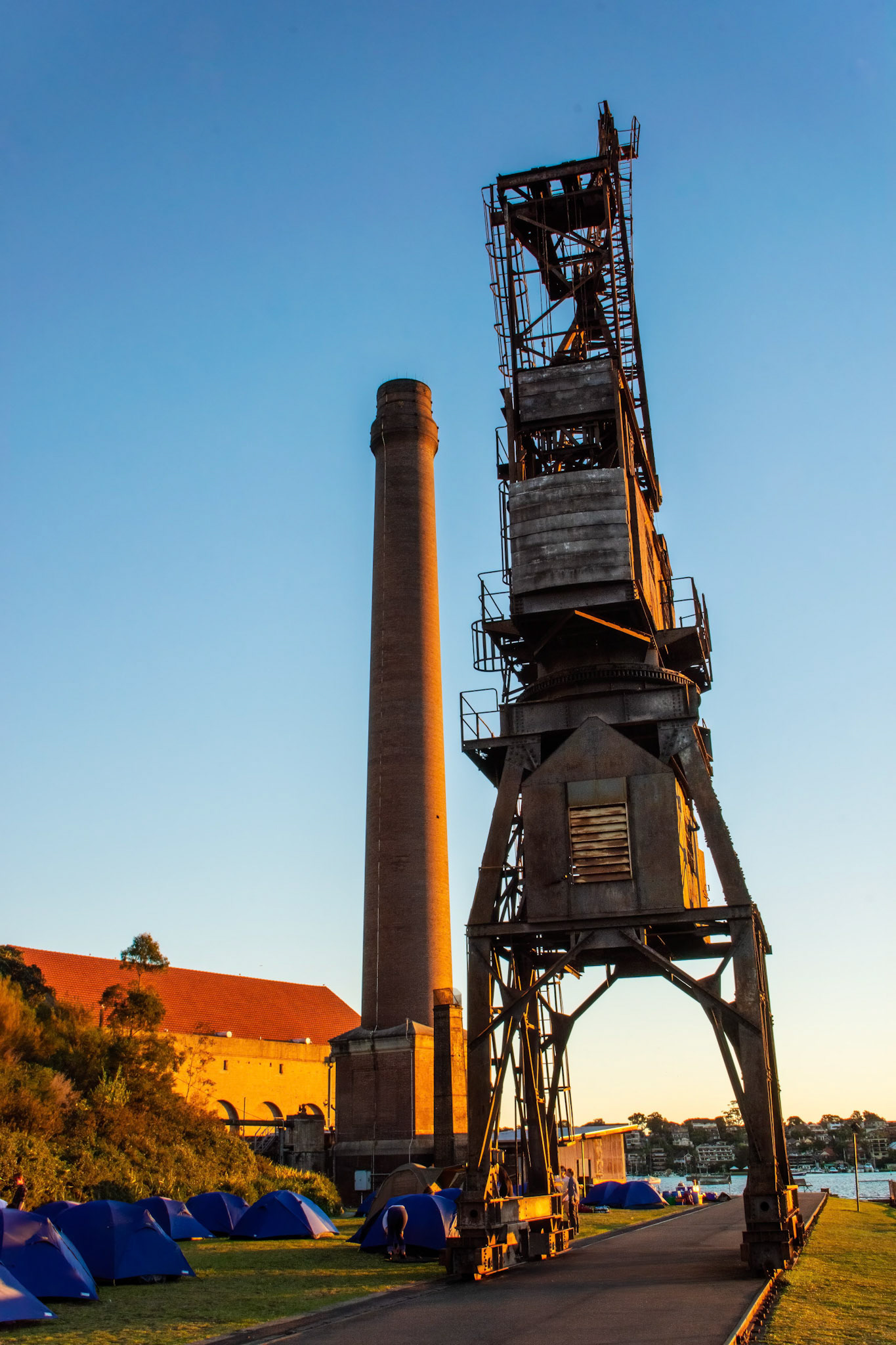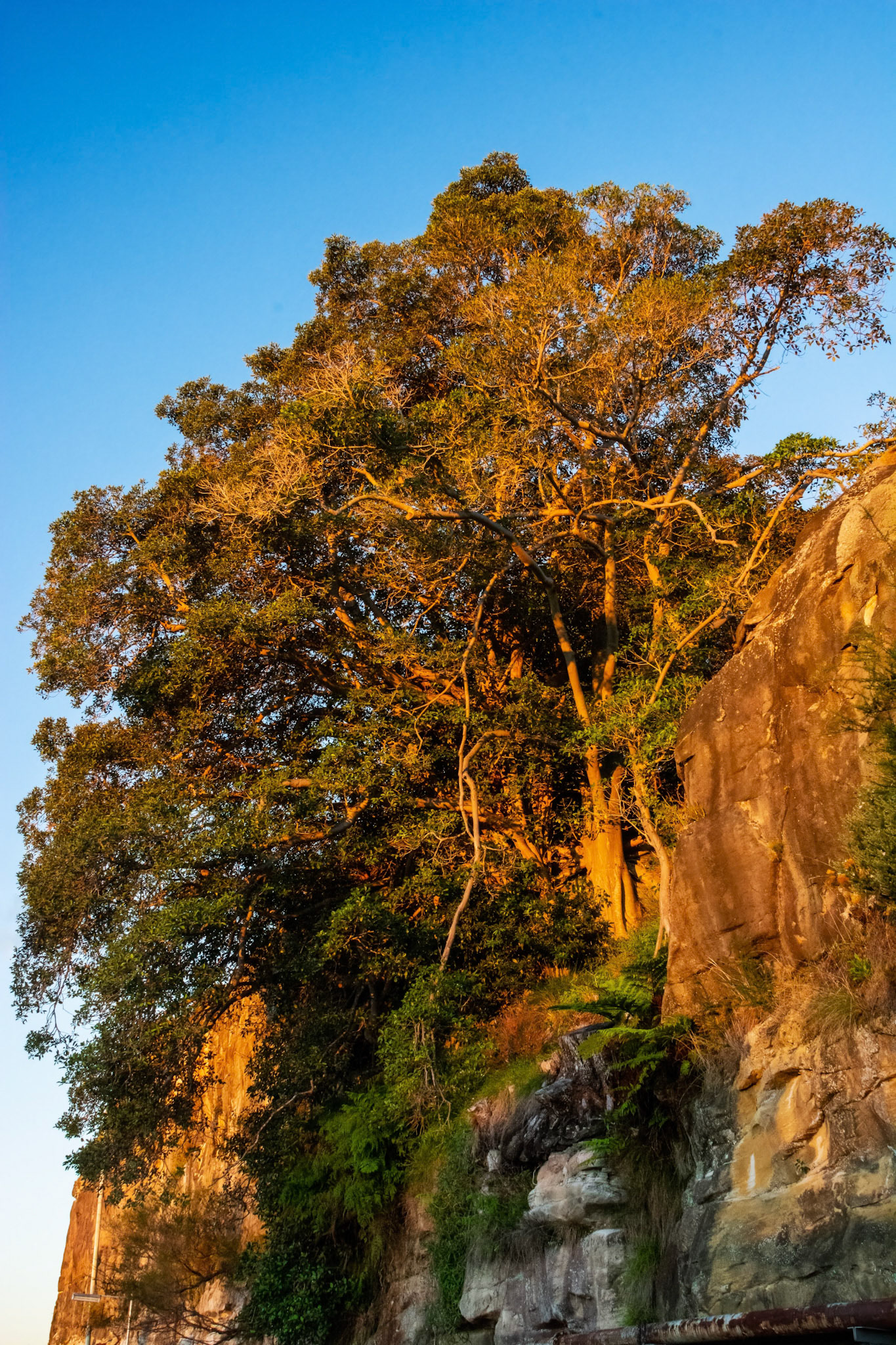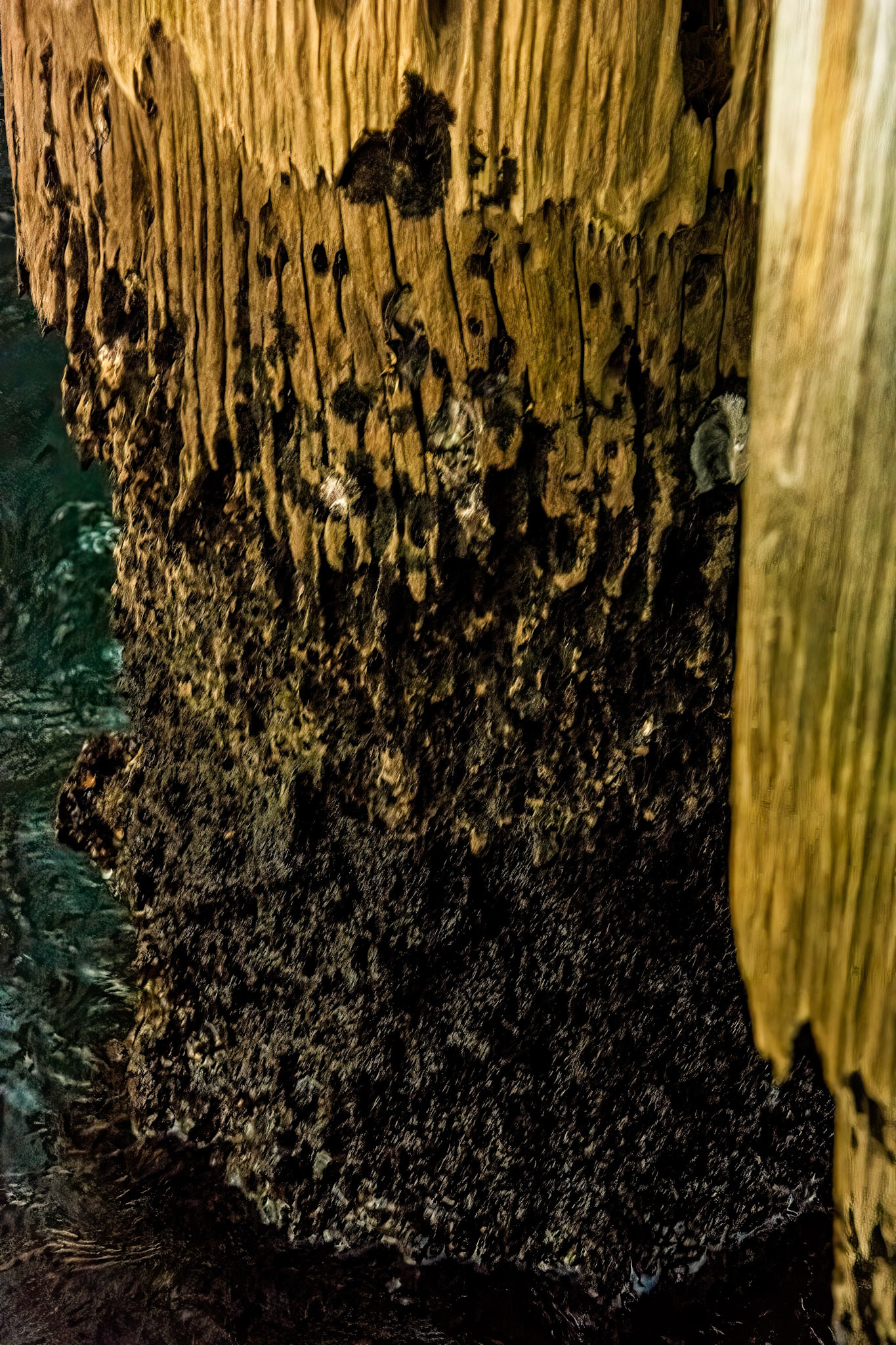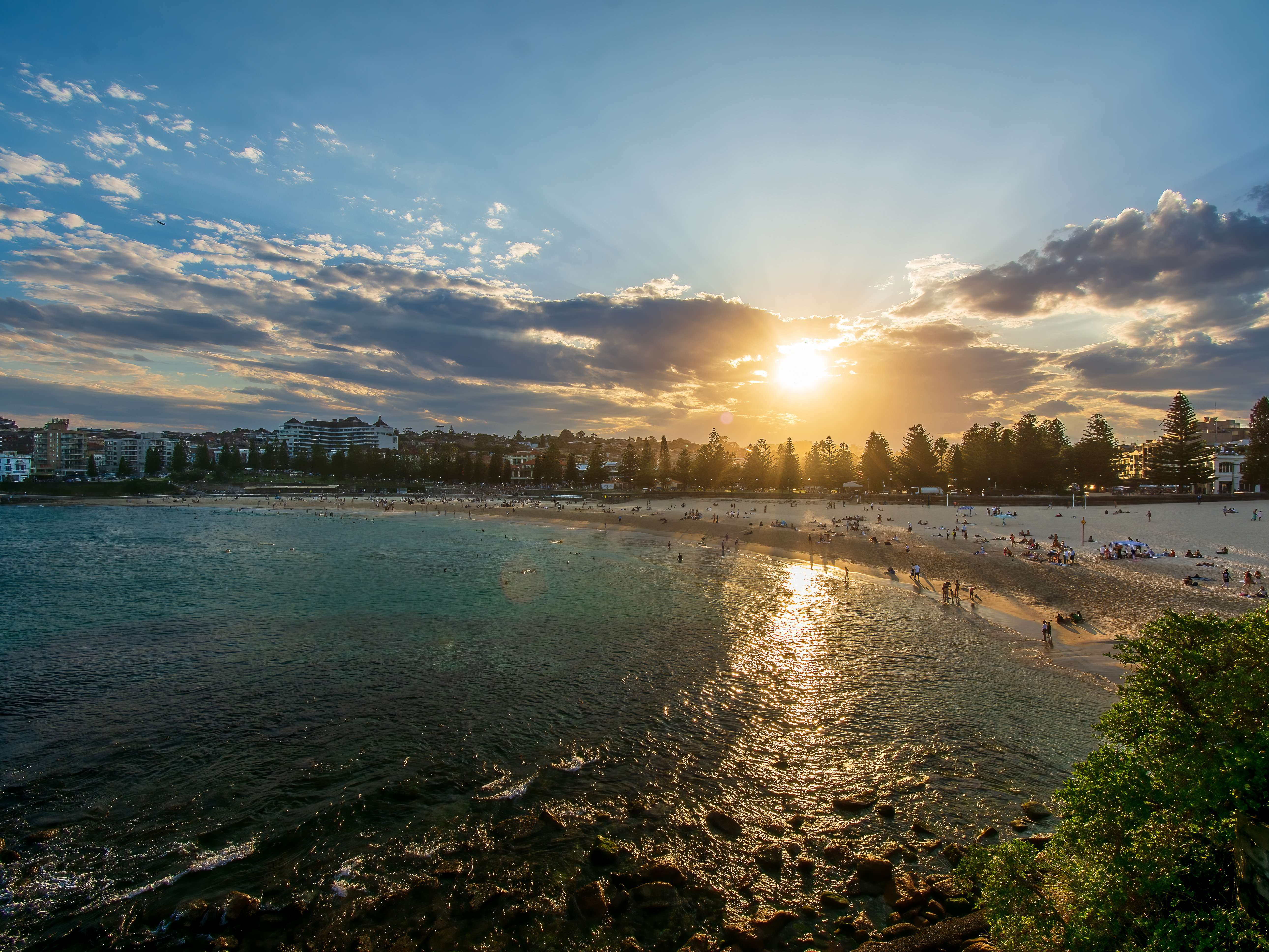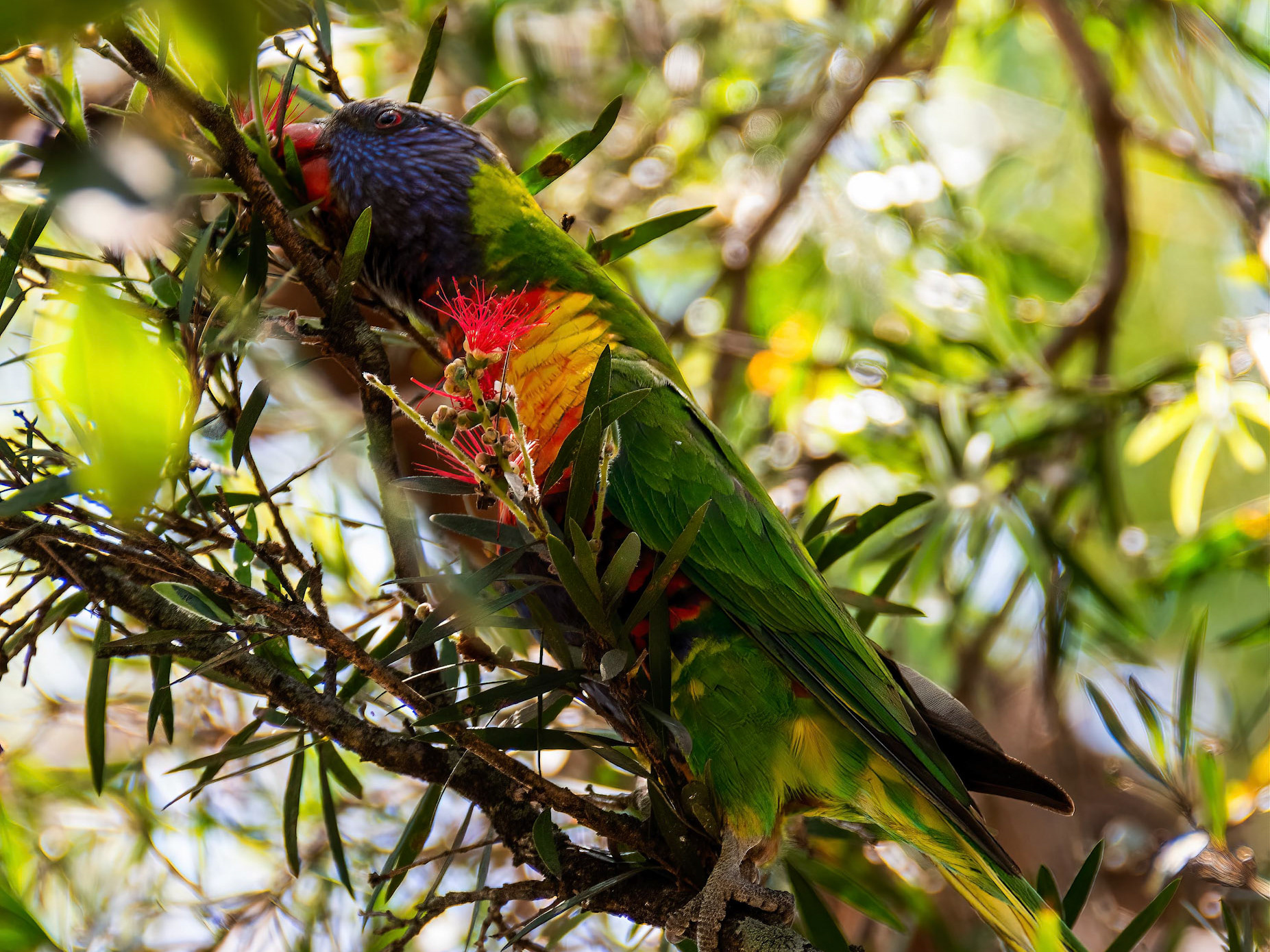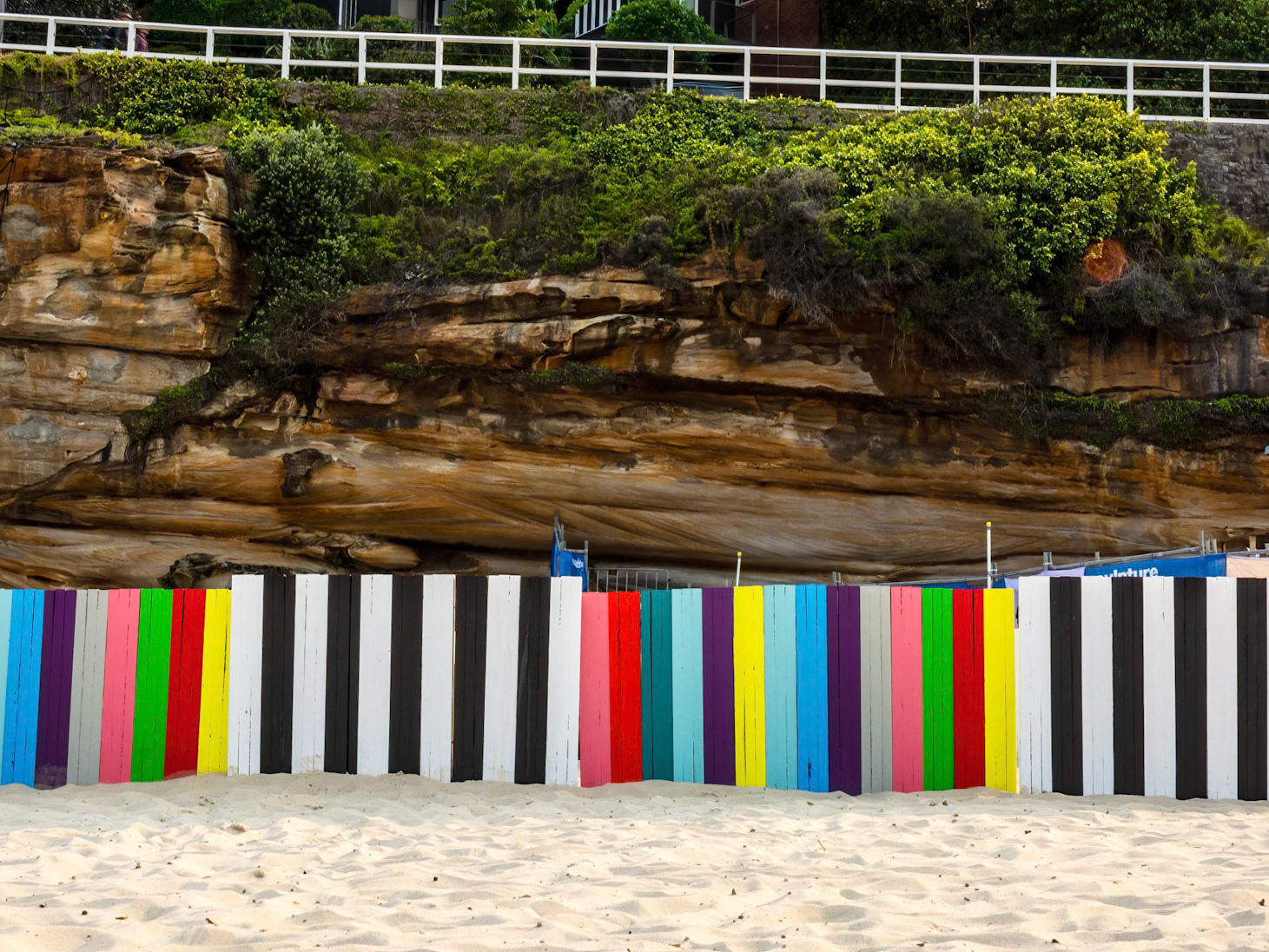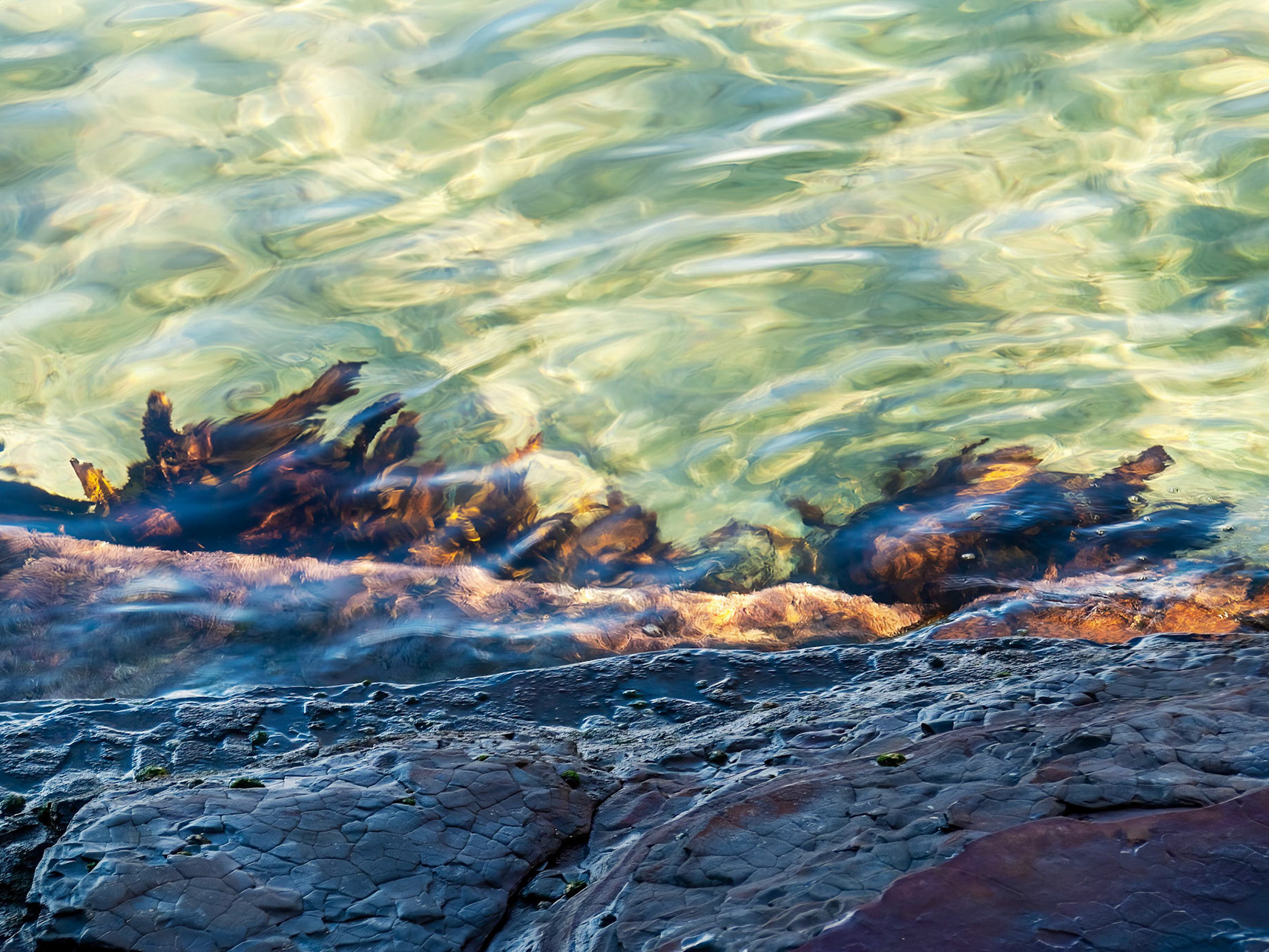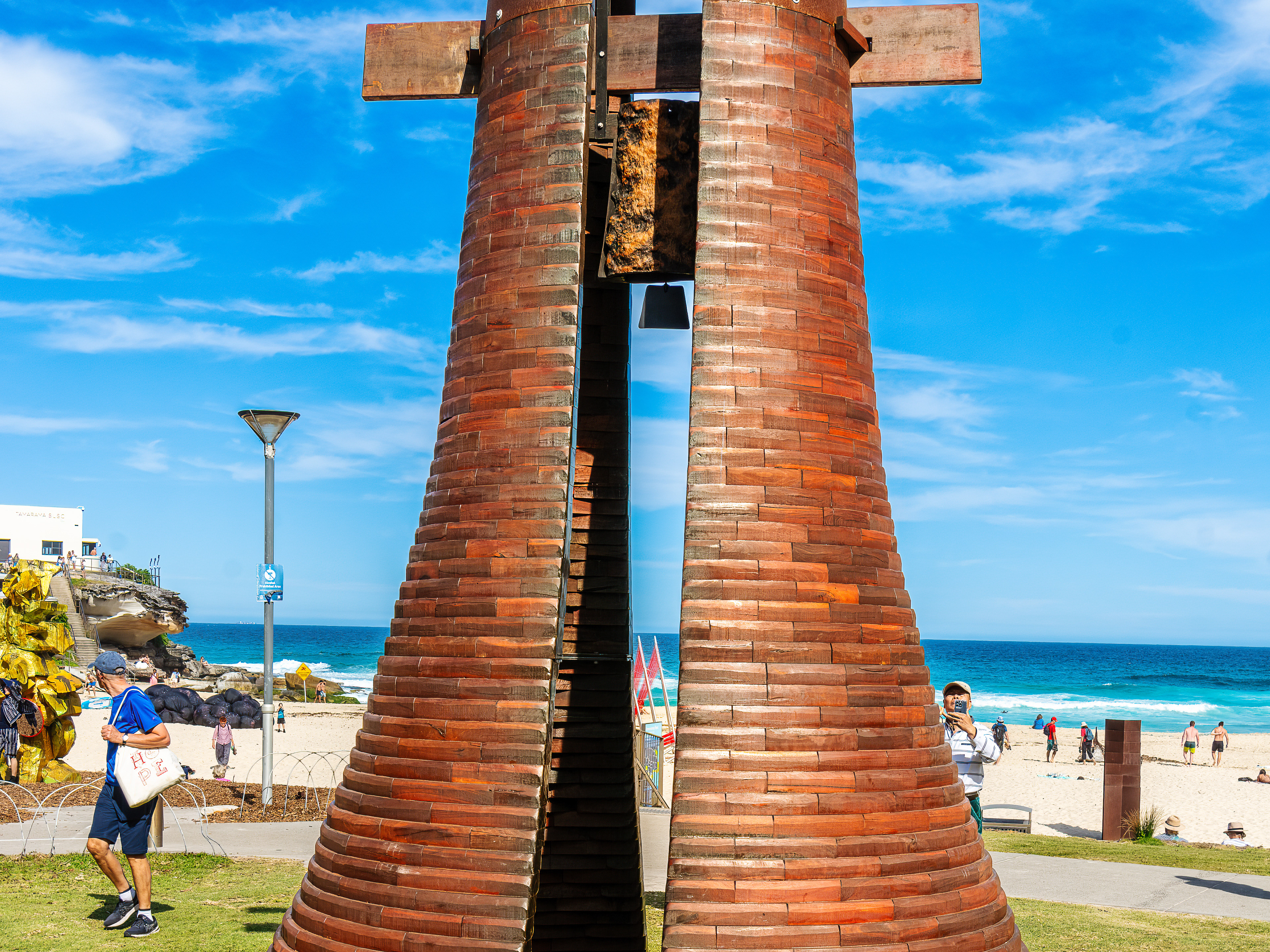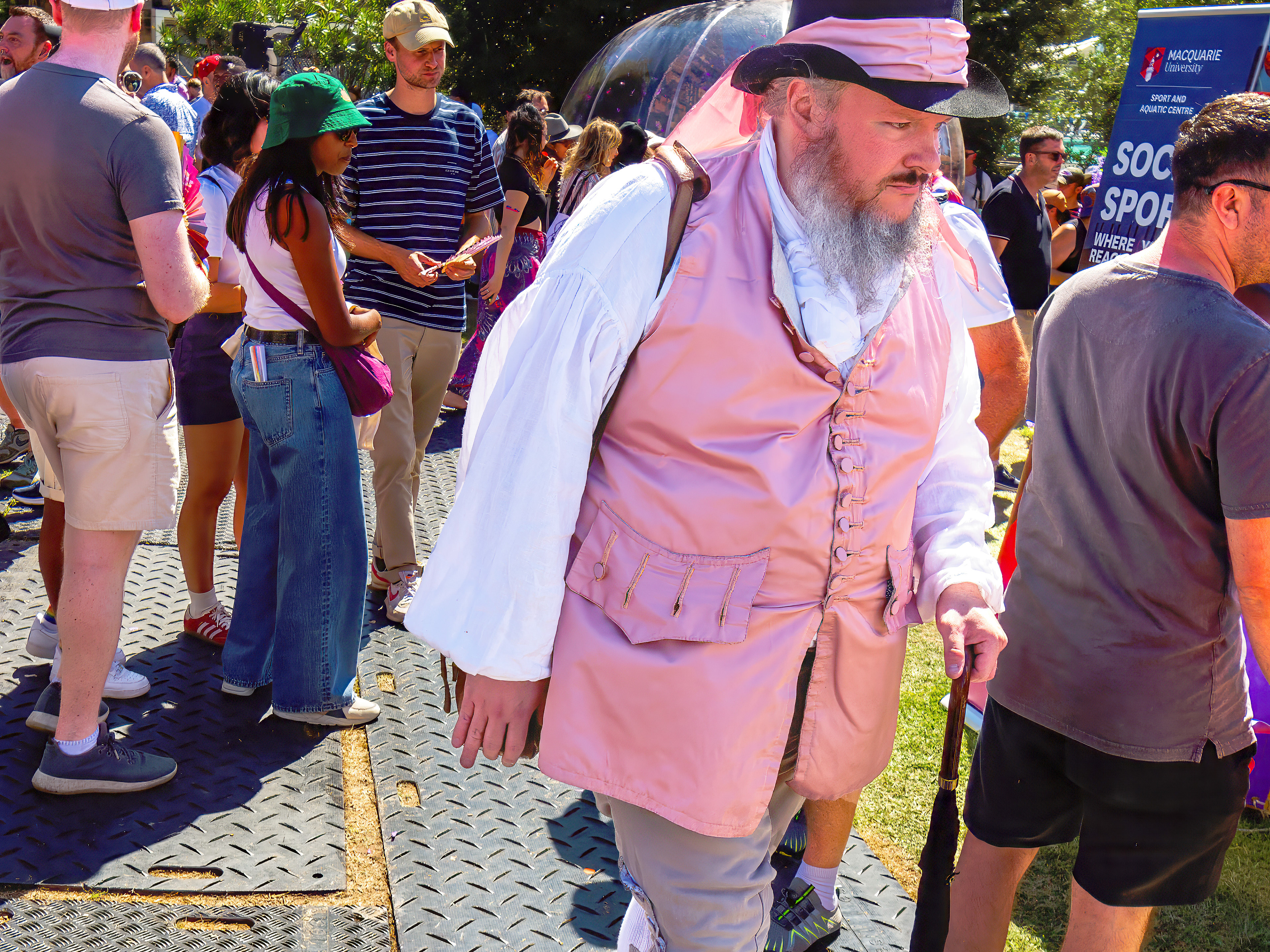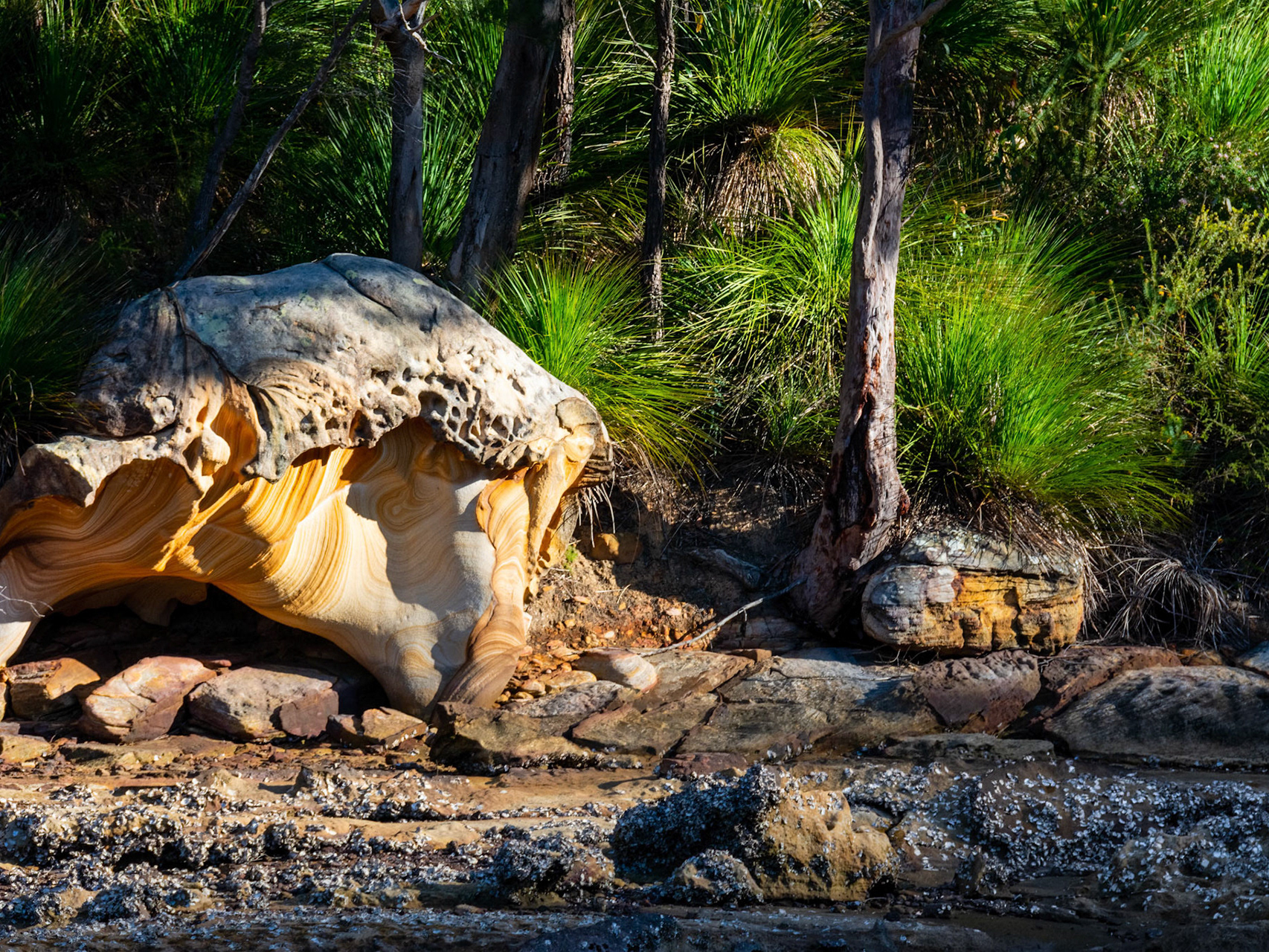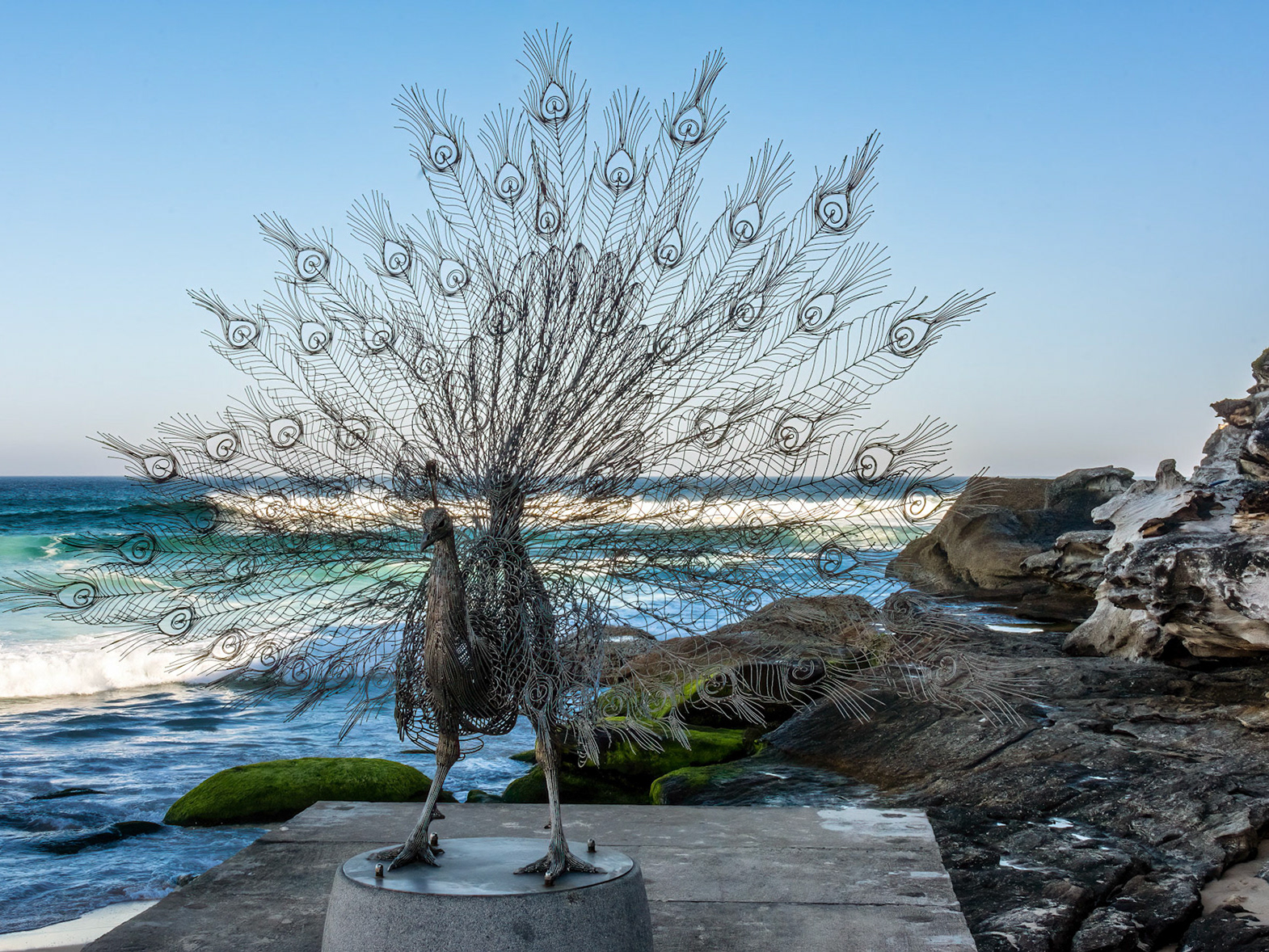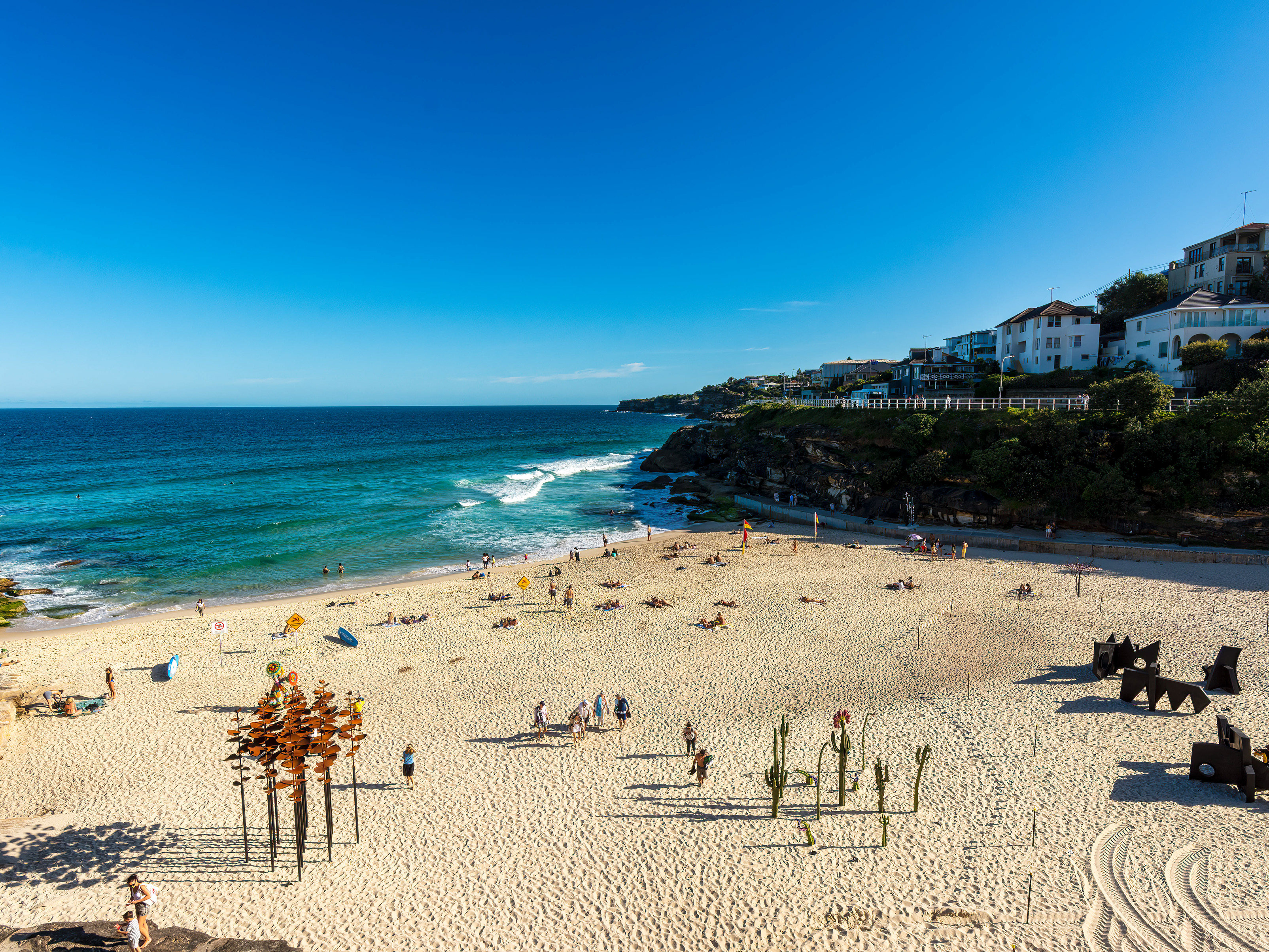I was going through my photos and came across this group from 2014, which for some reason I had left unprocessed, surprising really because the light was so good.
The plan on the day was to see some of the 2014 Sydney Biennale: You Imagine What You Desire. Along the way I’d tarried at Darling Harbour before boarding the Circular Quay ferry and then changing to one that would take me back down the Harbour to Cockatoo Island. As we navigated to the various stops the light, as the sun neared the horizon, continued to become more and more “golden”, so much so that I had to dial back the intensity of the warmth in the later photos- I should have removed the polarising filter from my camera as it approached sunset but I neglected to do so resulting in some of the last photos becoming unusable. After I arrived, I went into some of the exhibition halls but the outside light was more intriguing than the works on display, sorry artists.
Cockatoo Island, known as Wareamah (‘war’ meaning women and ‘eamah’ meaning land - suggesting that the island was a site for women’s ceremonies) to it’s traditional Eora owners was uninhabited until 1839 “when the Governor of New South Wales, Sir George Gipps, chose Cockatoo Island as the site of a new penal establishment.” The first convicts were transfrees from Norfolk Island who were set to work hand hewing stone to construct their permanent prison, the first dock and grain silos. In 1869 the prison was closed and “repurposed as an industrial school and reformatory for girls from 1871 until 1888.” “In 1888, the prison buildings at Cockatoo Island were revived once again to alleviate overcrowding at Darlinghurst Gaol. When the prison buildings were again closed in 1908 [and] the island’s function as a gaol ended for good.”
From 1857 with the completion of Fitzroy dock the Island also became a commercial dockyard: building, servicing and repairing large commercial and naval vessels. In 1913 the Commonwealth of Australia acquired ownership from the NSW State government and it bacame the official dockyard of the RAN. During WWI and WWII Cockatoo Island assumed a major role in local naval ship building and repair. After WWII ship building continued and between 1962 and 1964 the world’s largest roll on roll off passenger ferry: the Empress of Australia was built. “The last ship to be constructed on the island was HMAS Success, which launched in 1984.” Since then the future became uncertain and the dockyard ceased operation in 1991.
The site was handed over to the The Sydney Harbour Federation Trust and after extensive remediation work opened to the public in 2007 and in 2010 it was placed on the UNESCO World Heritage List of Australian Convict Sites.

